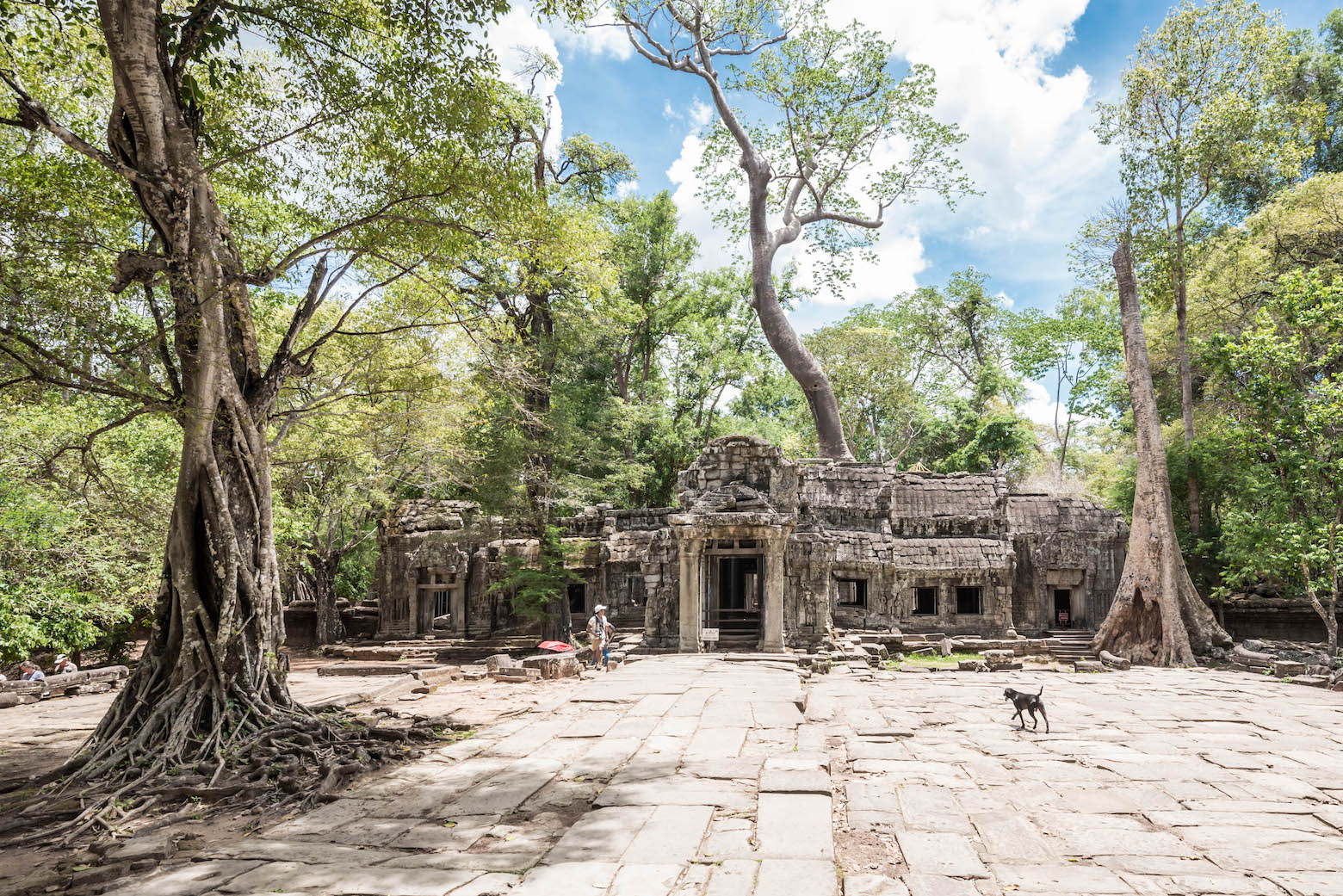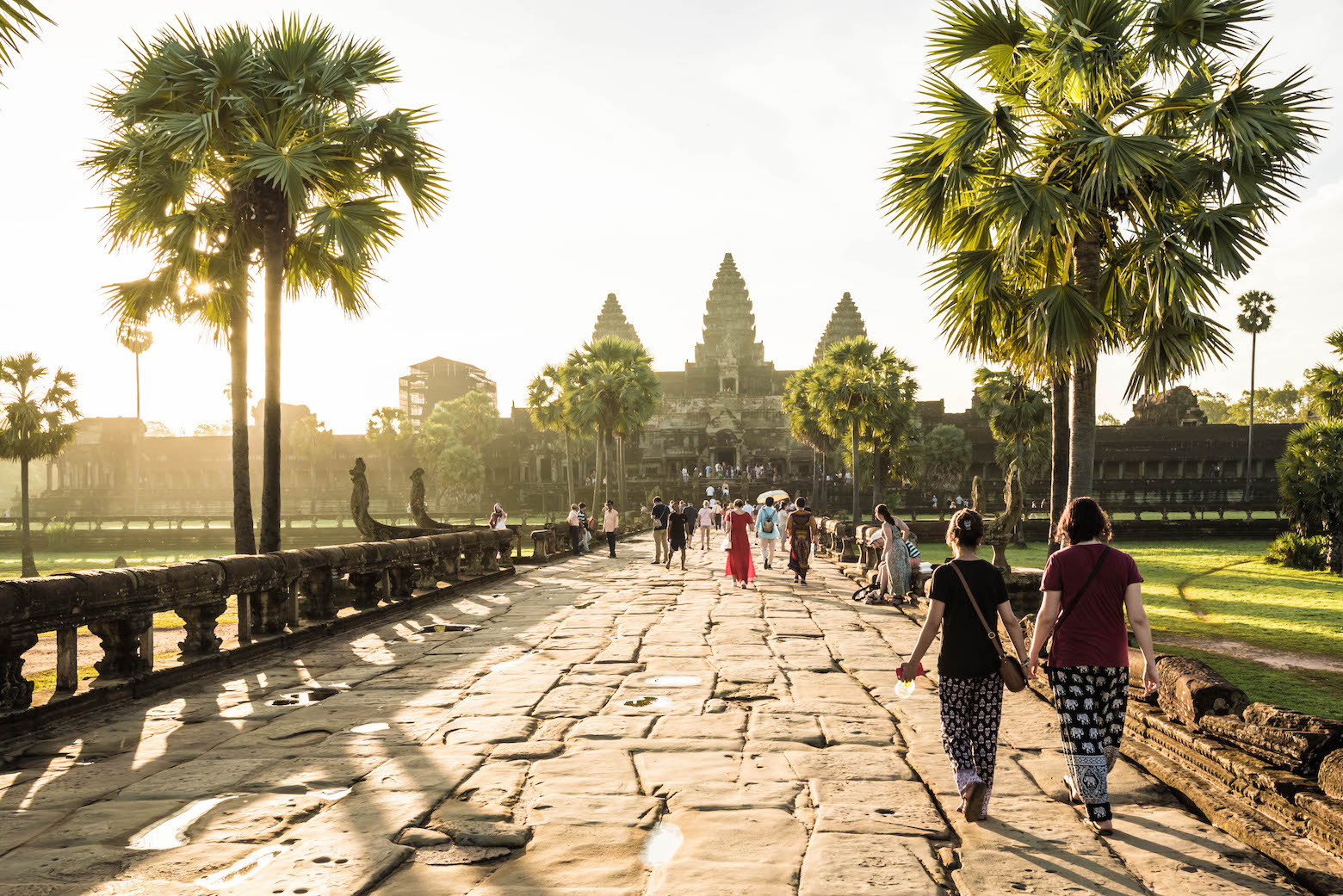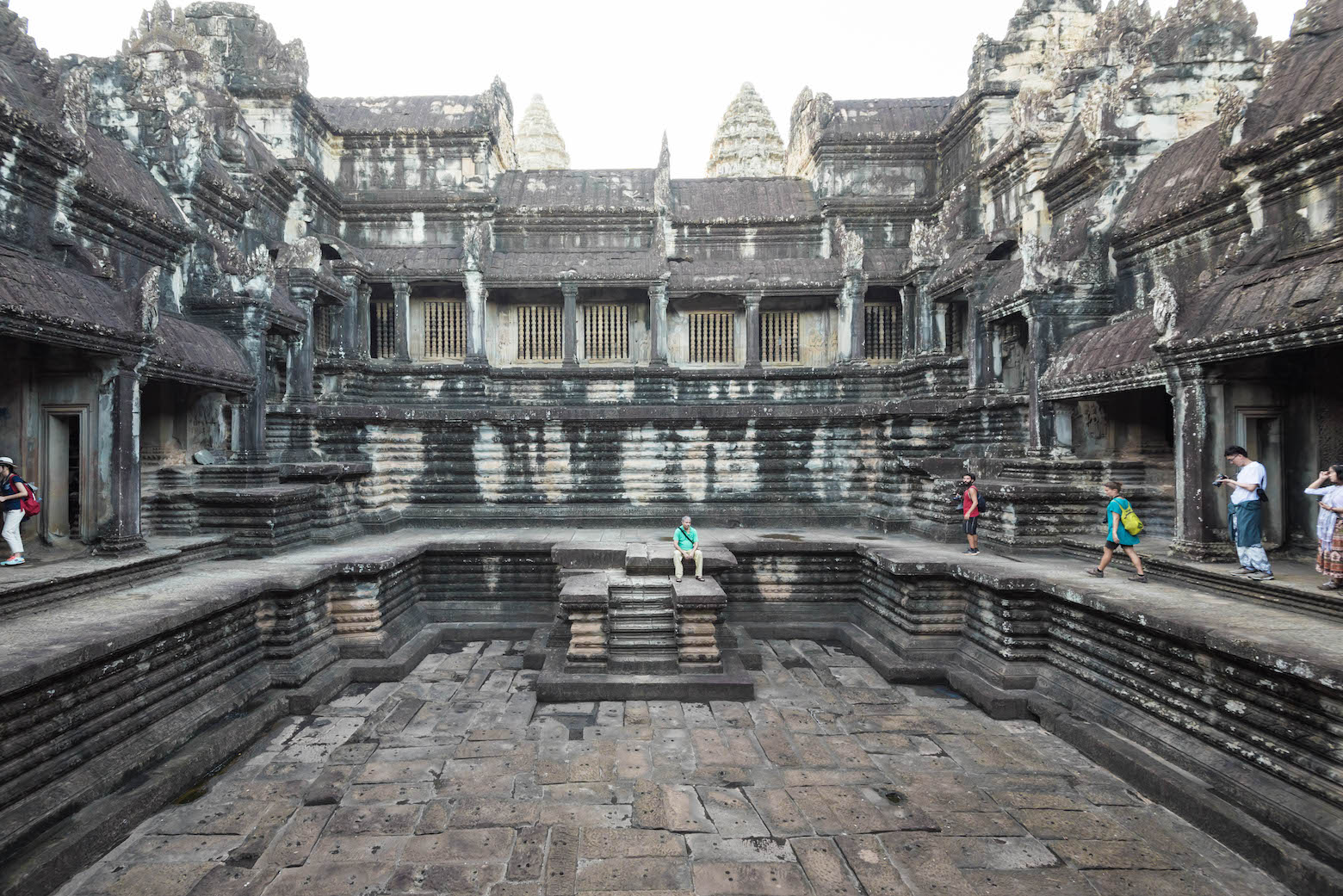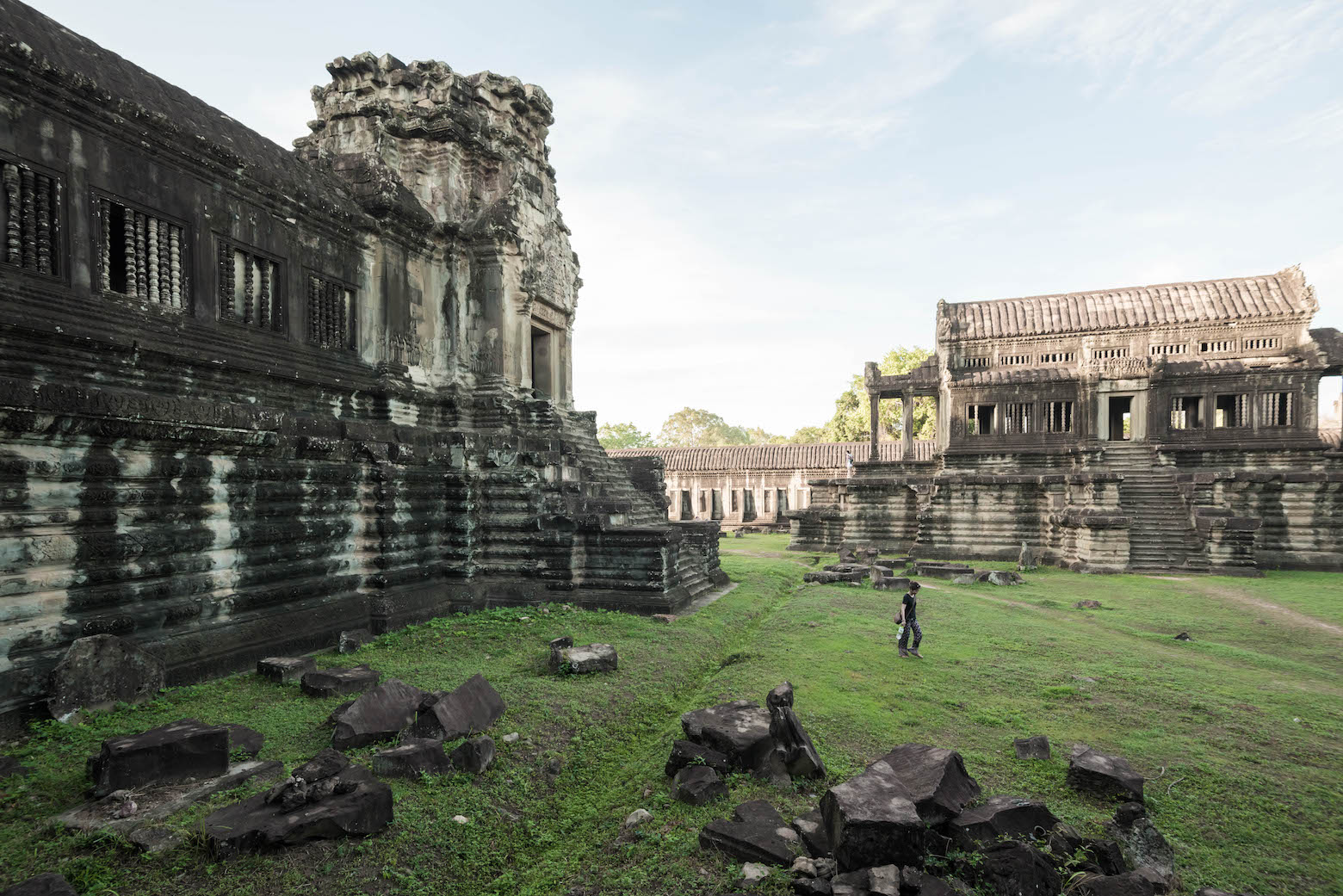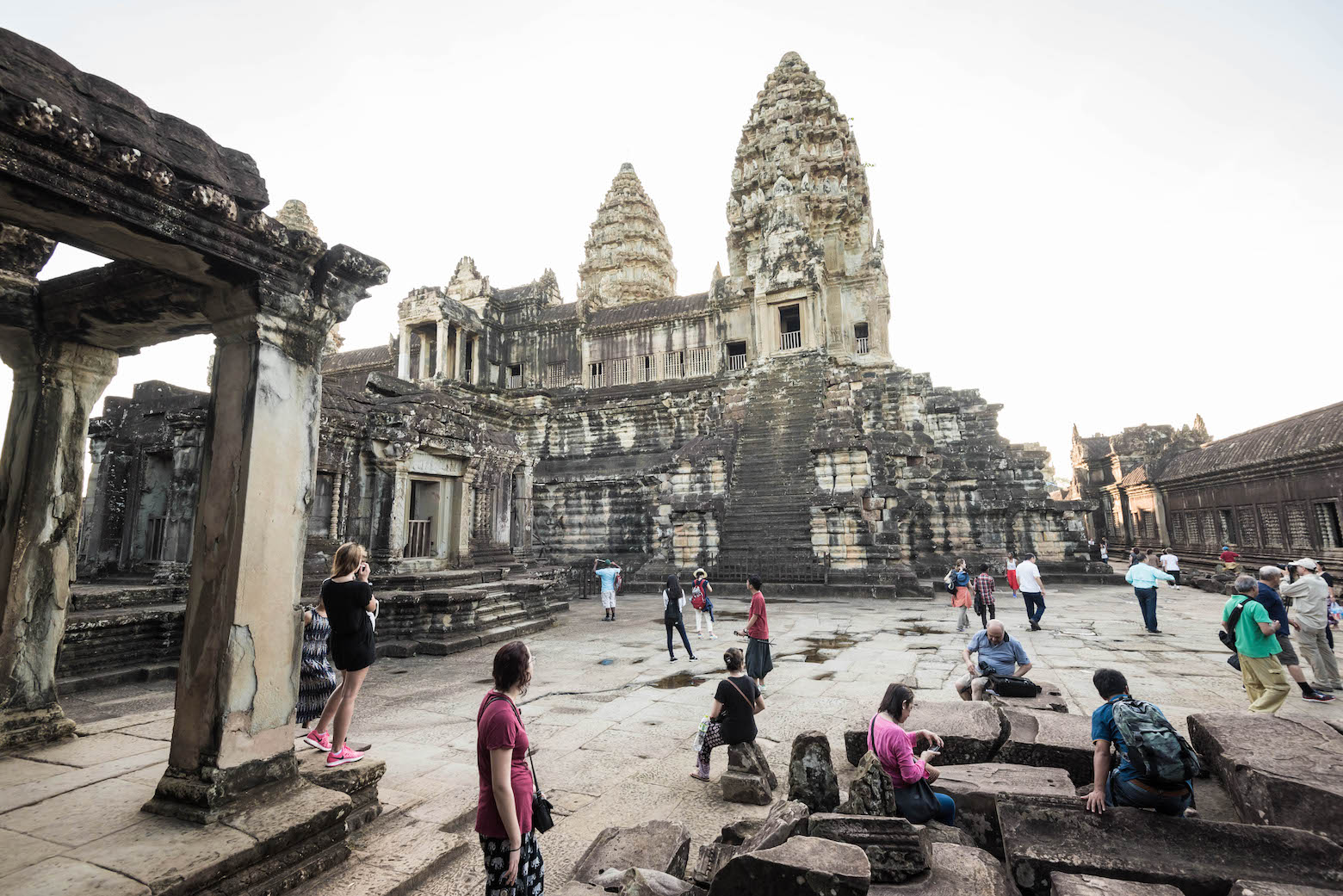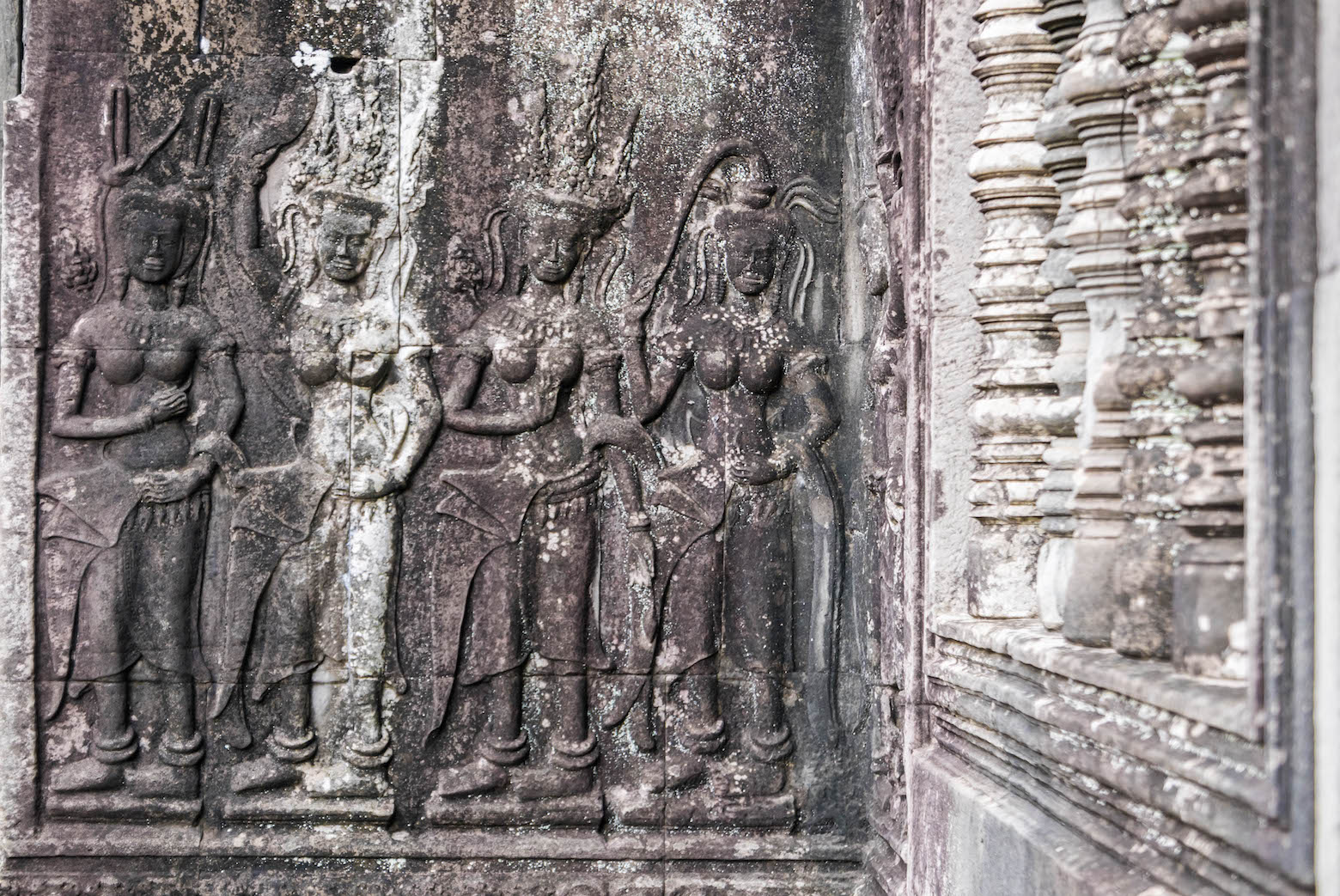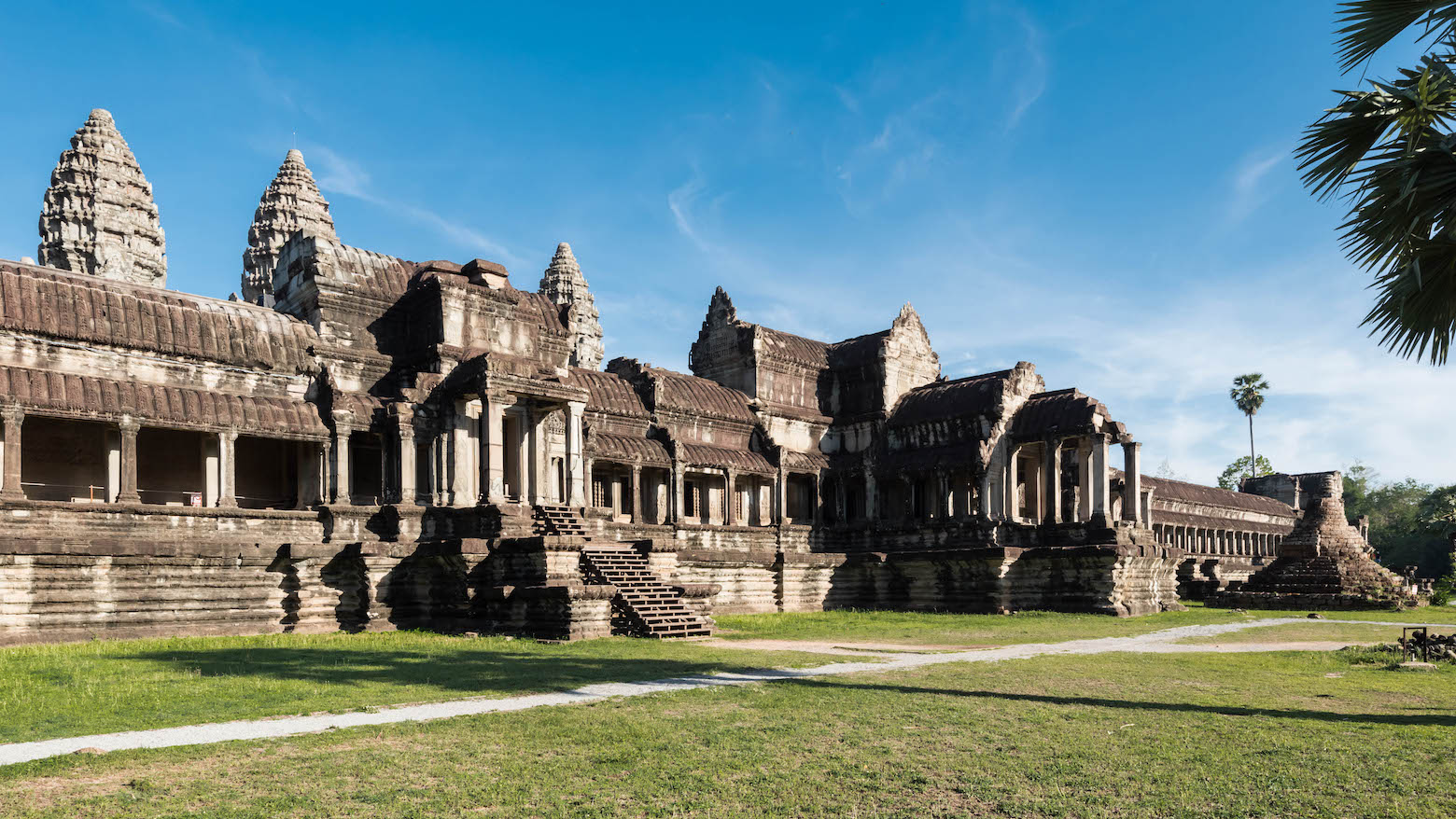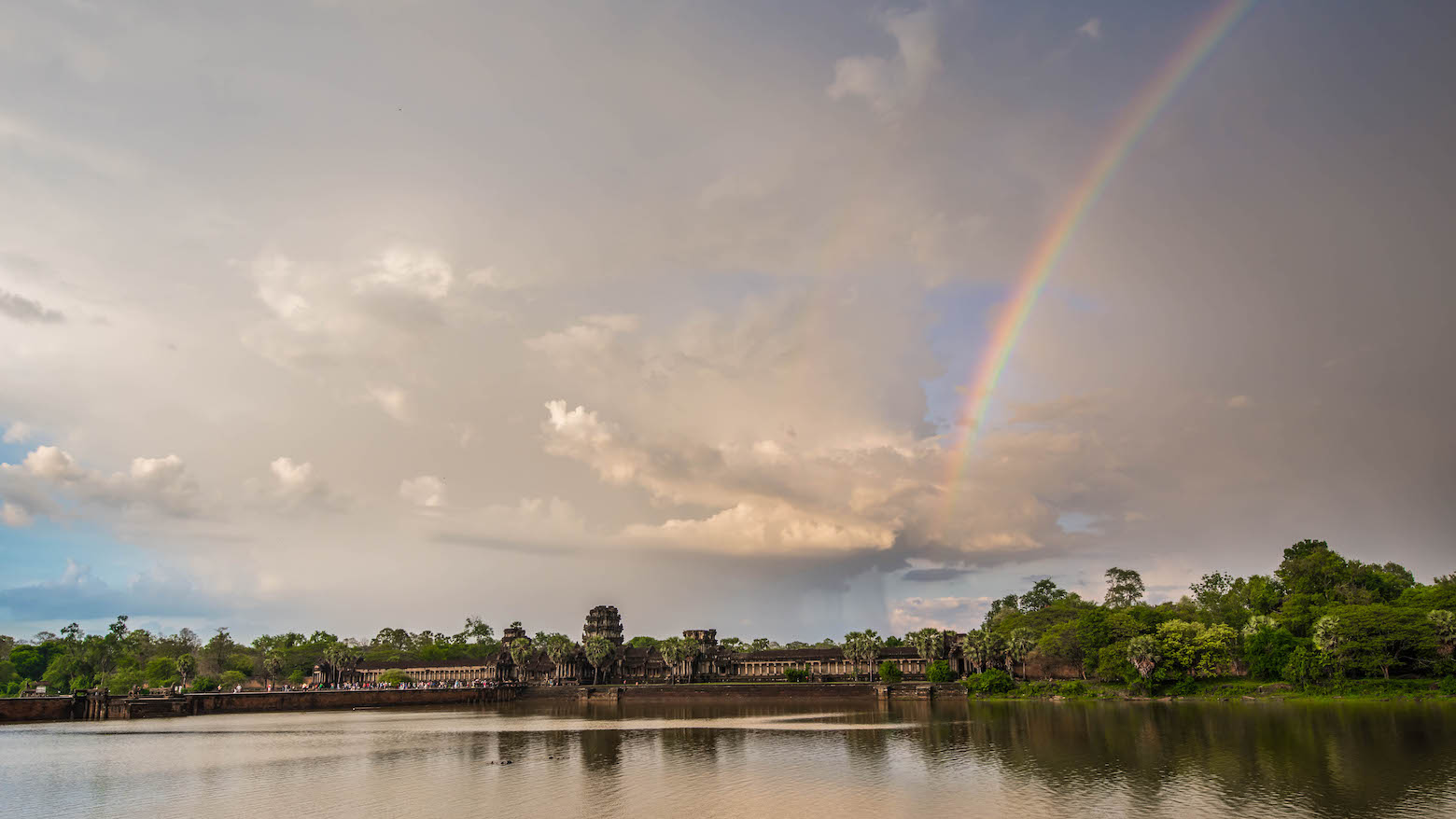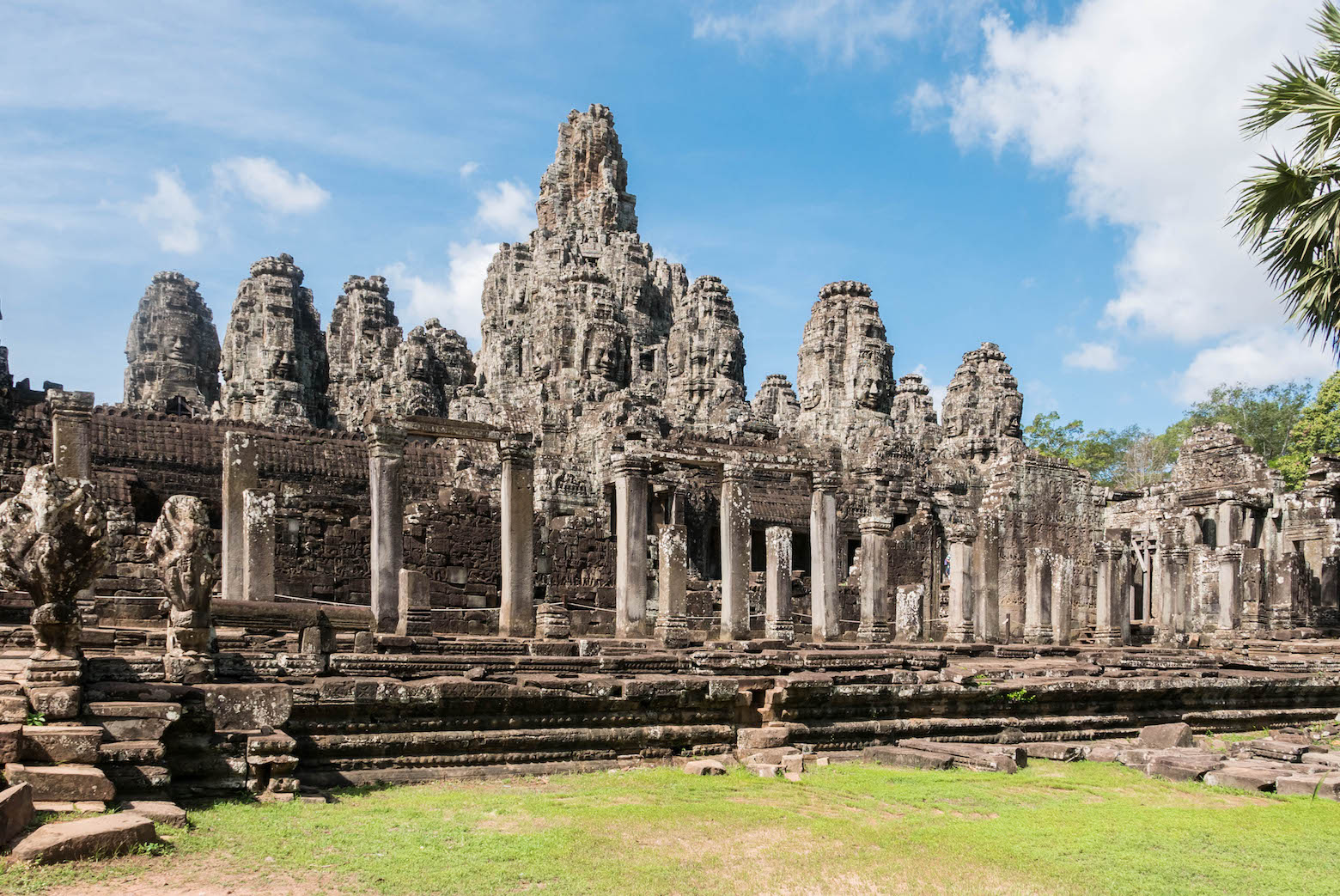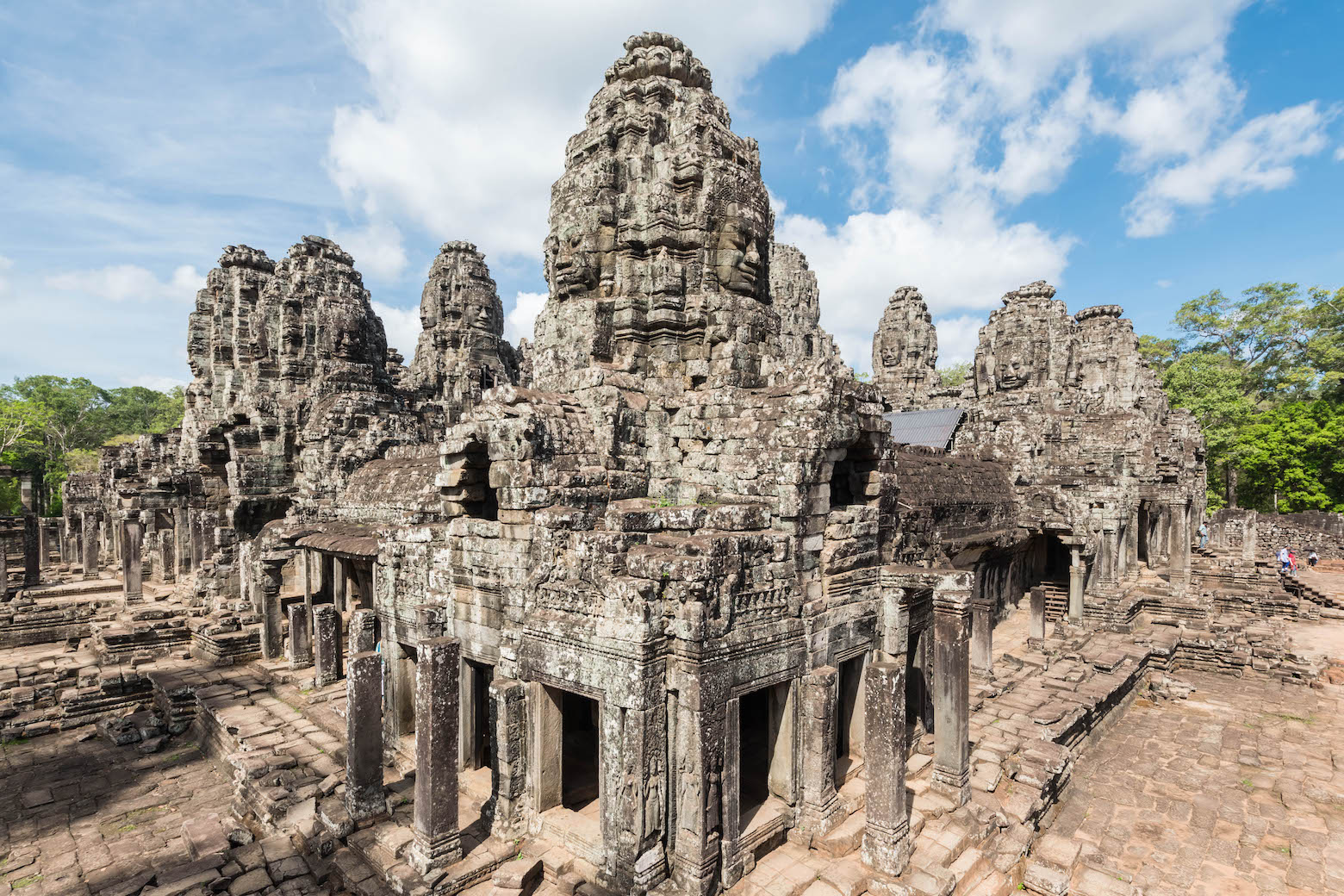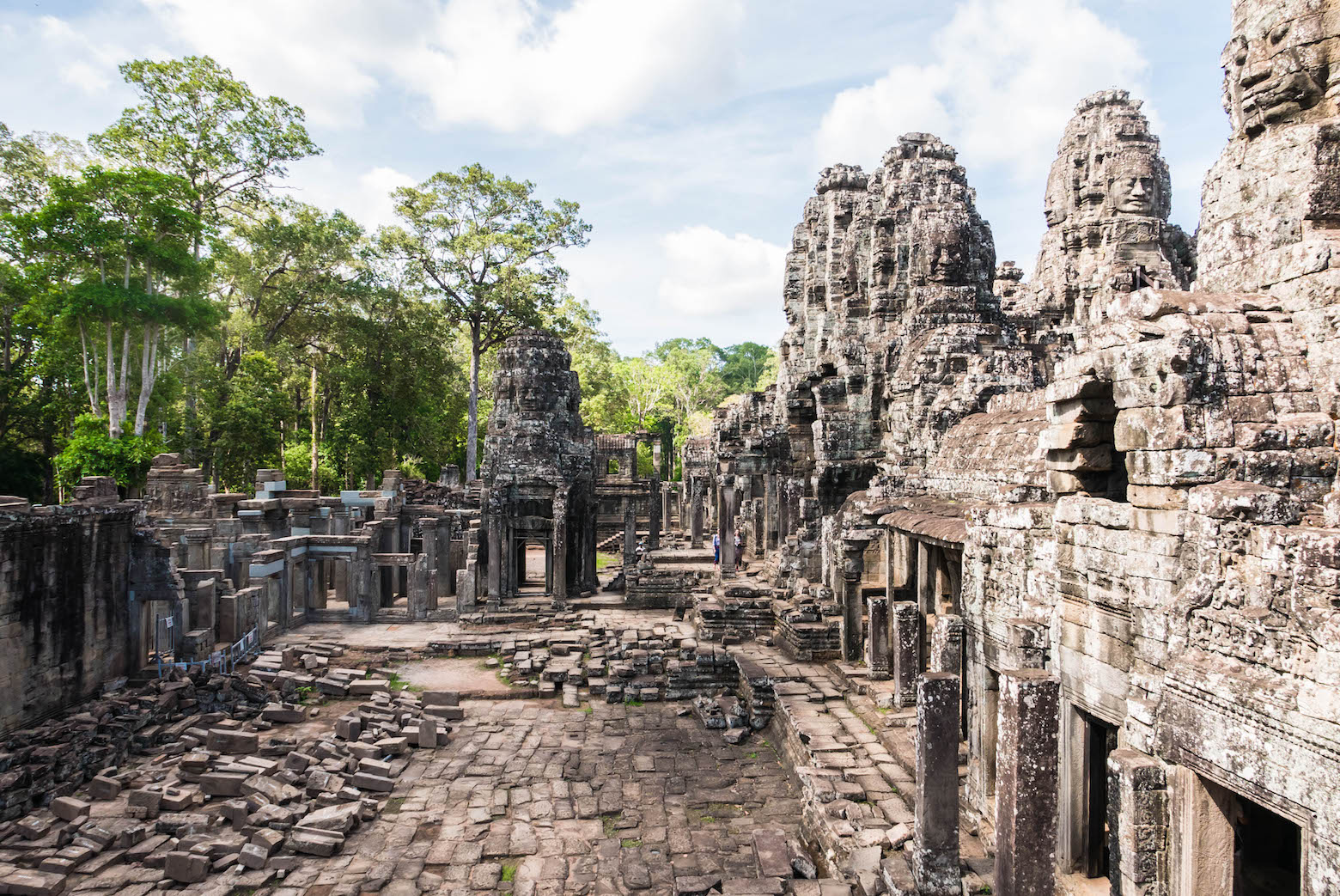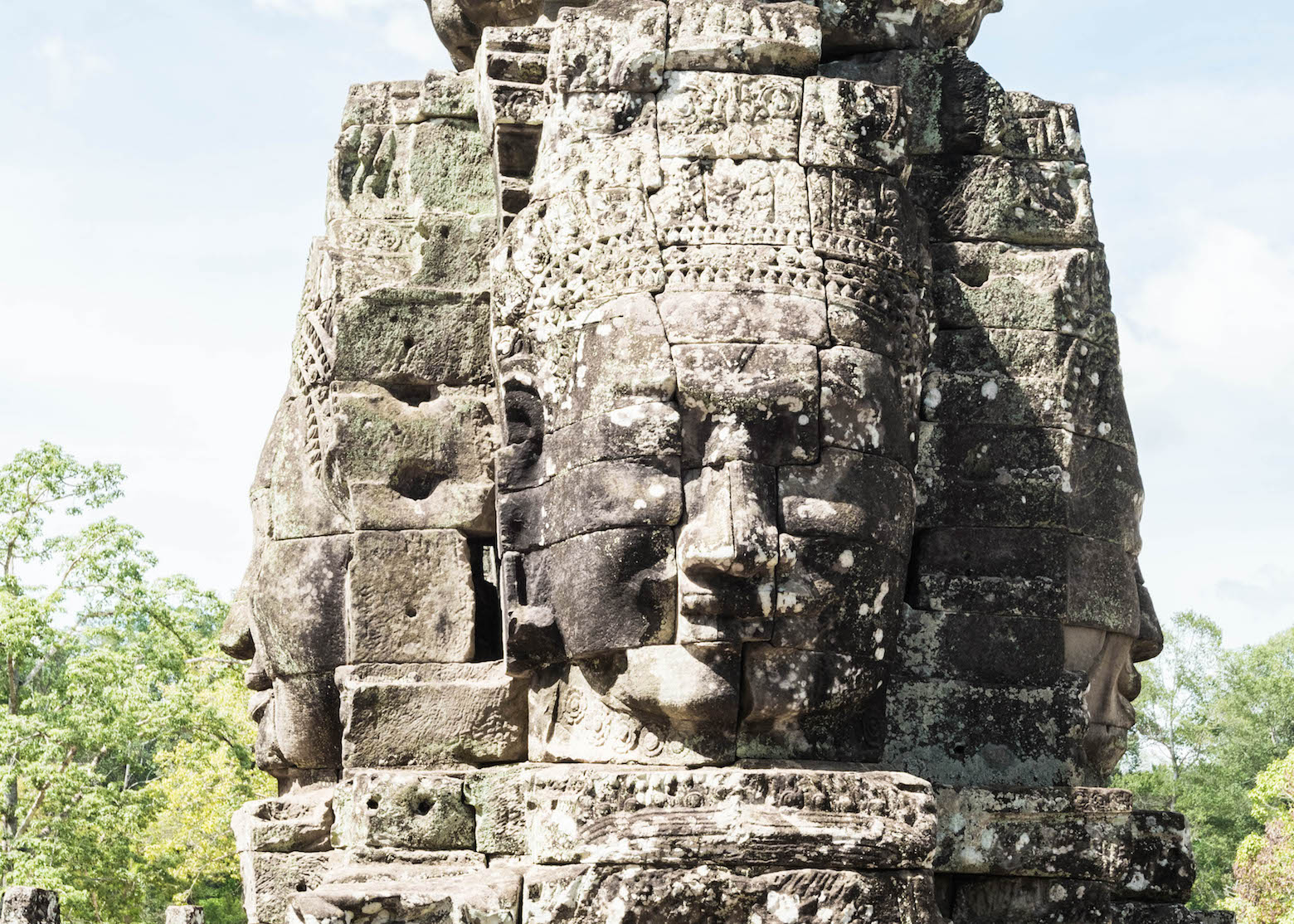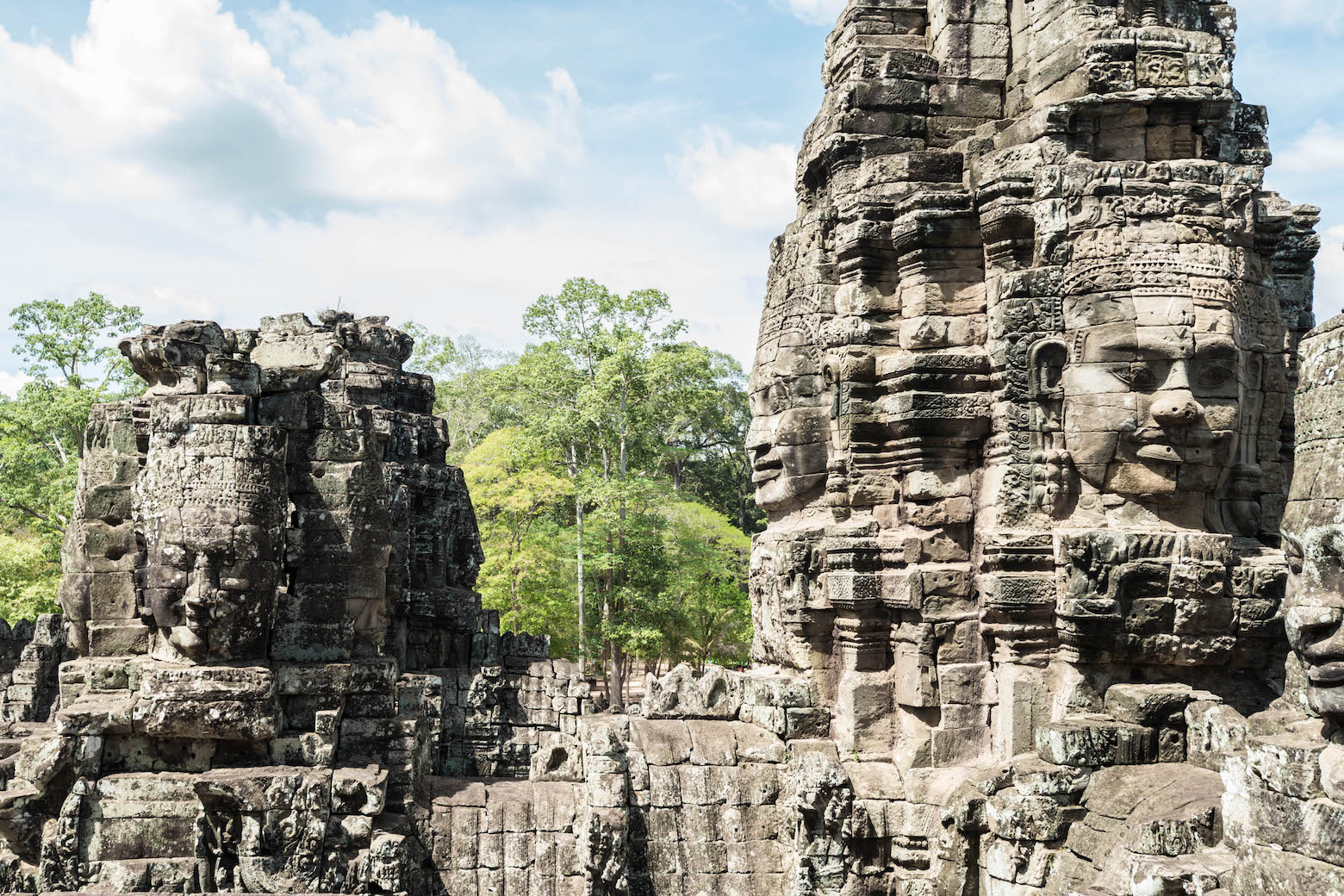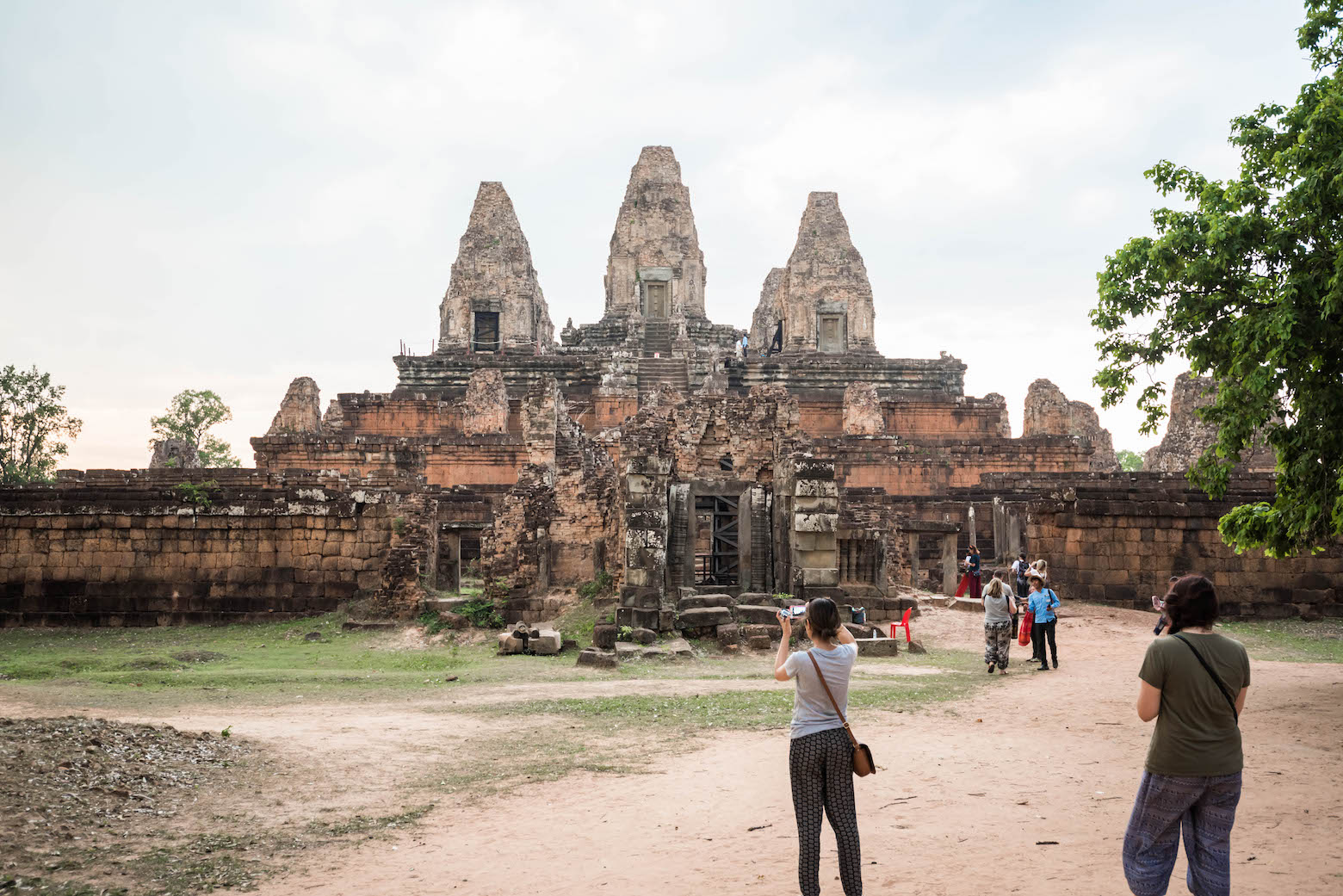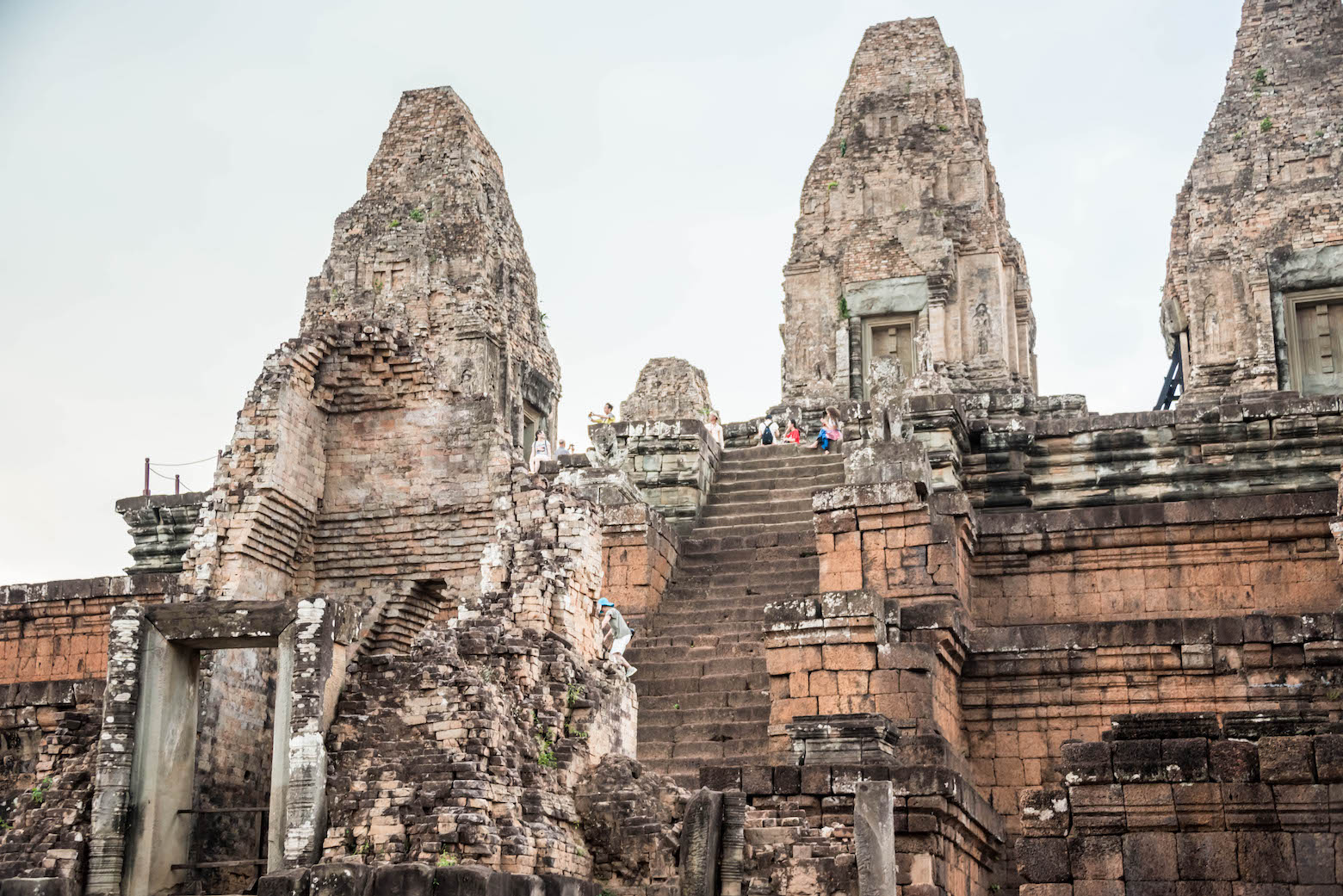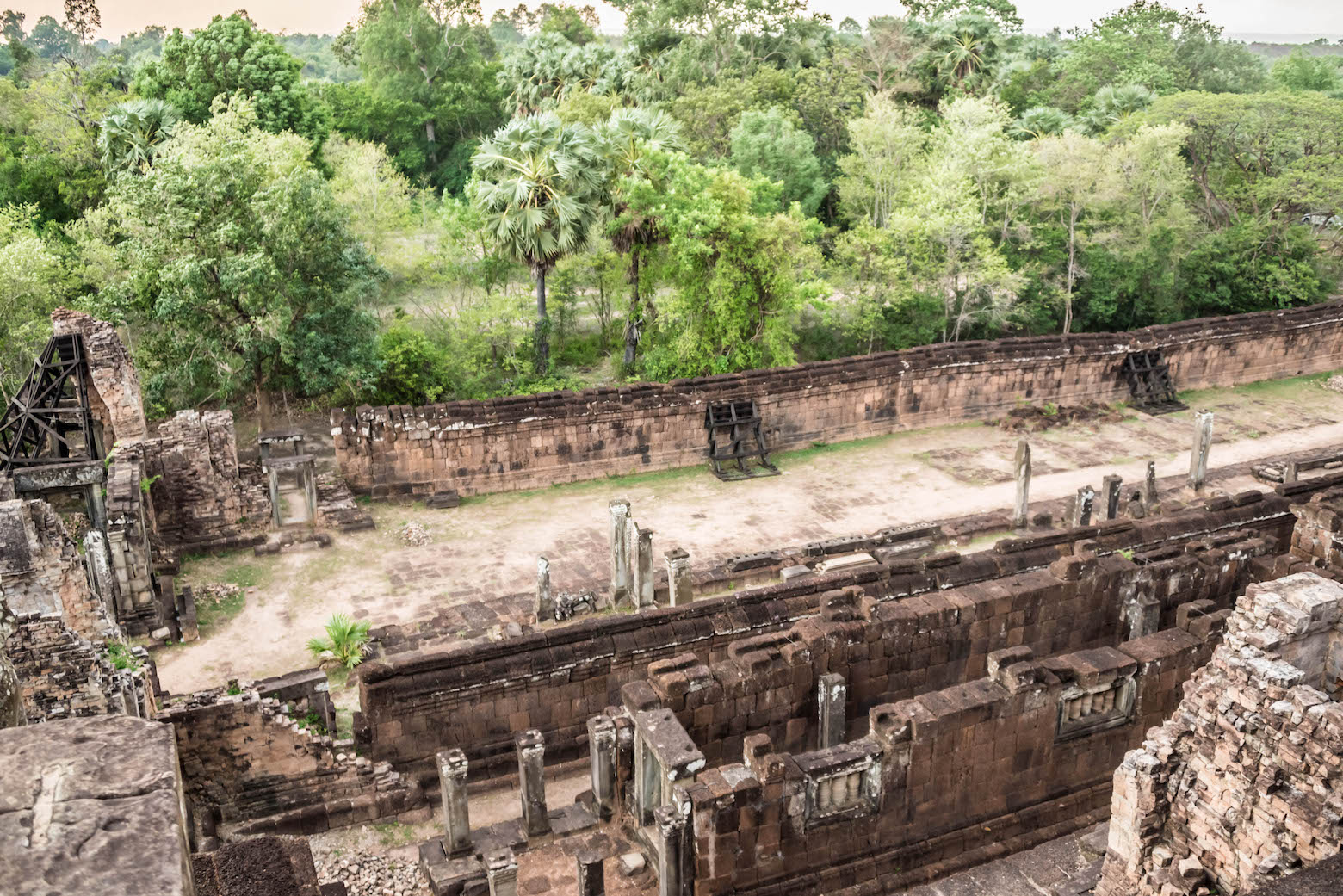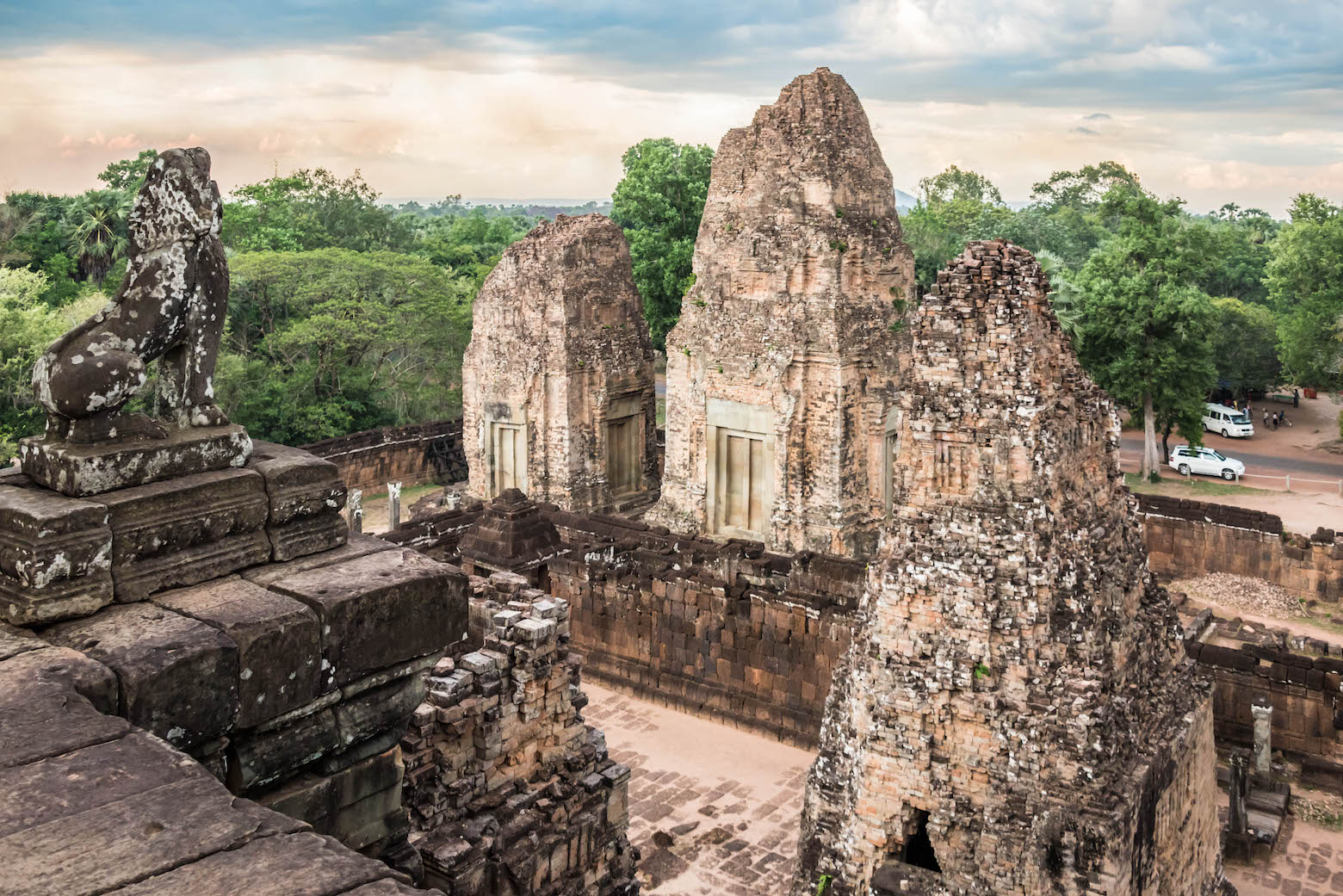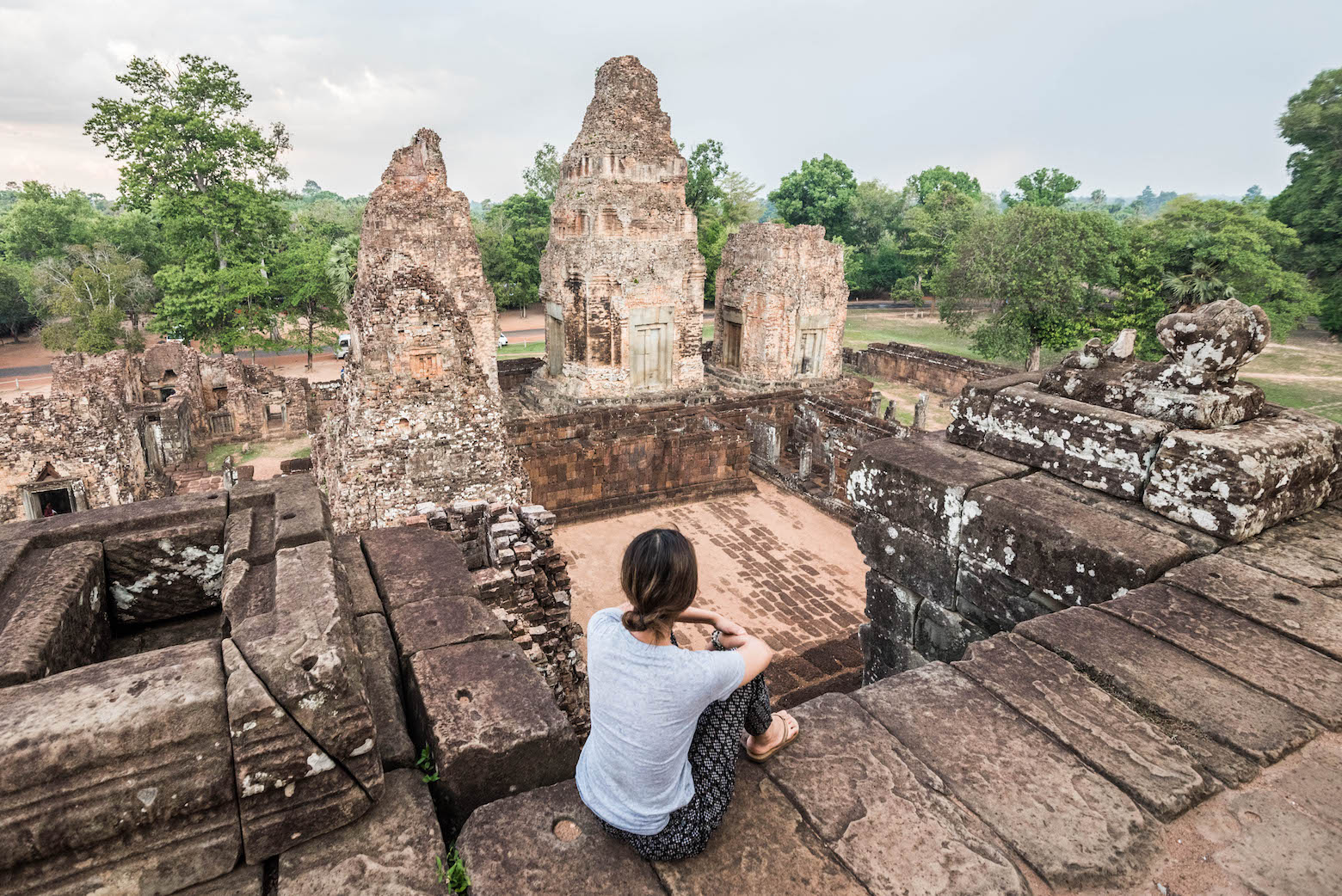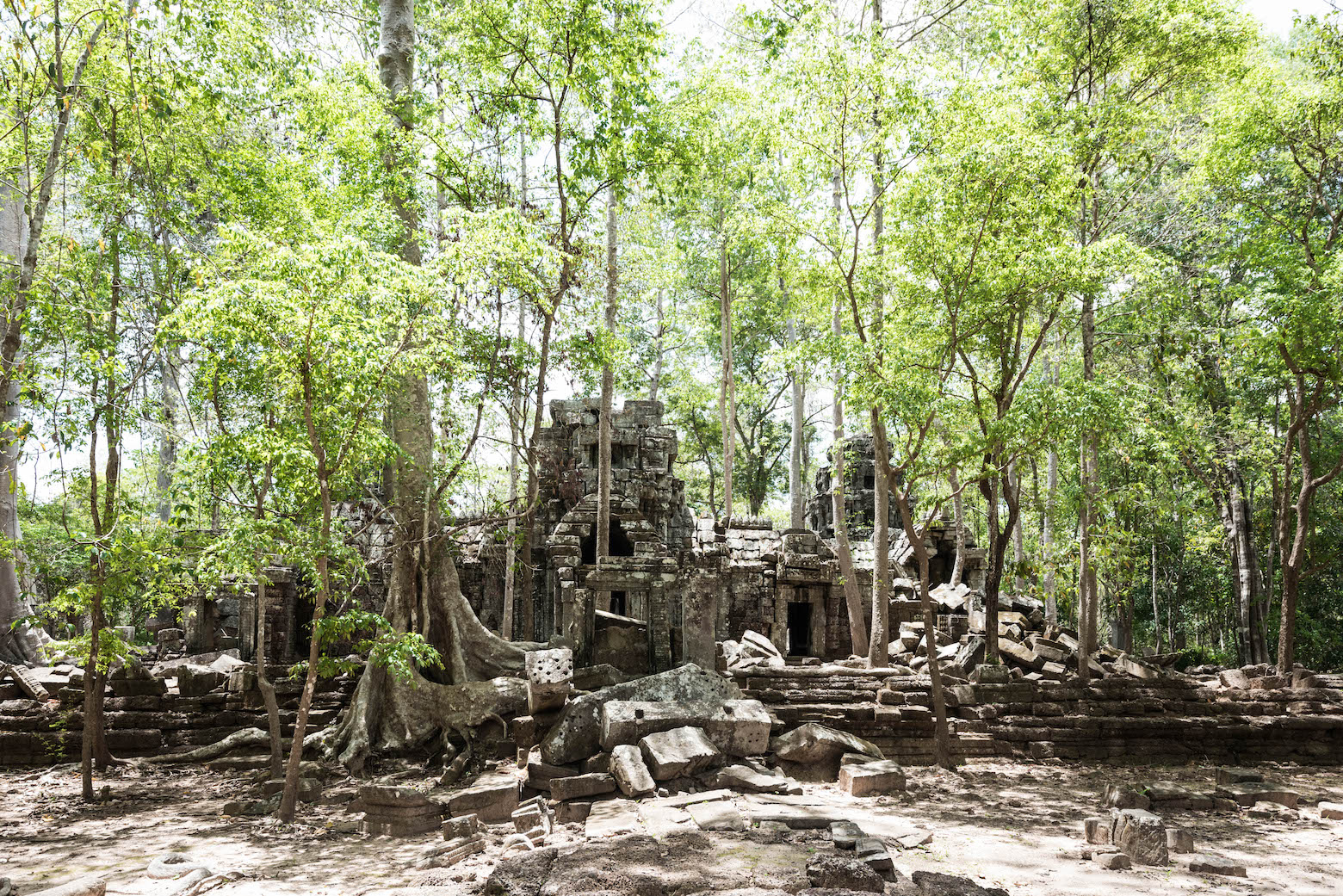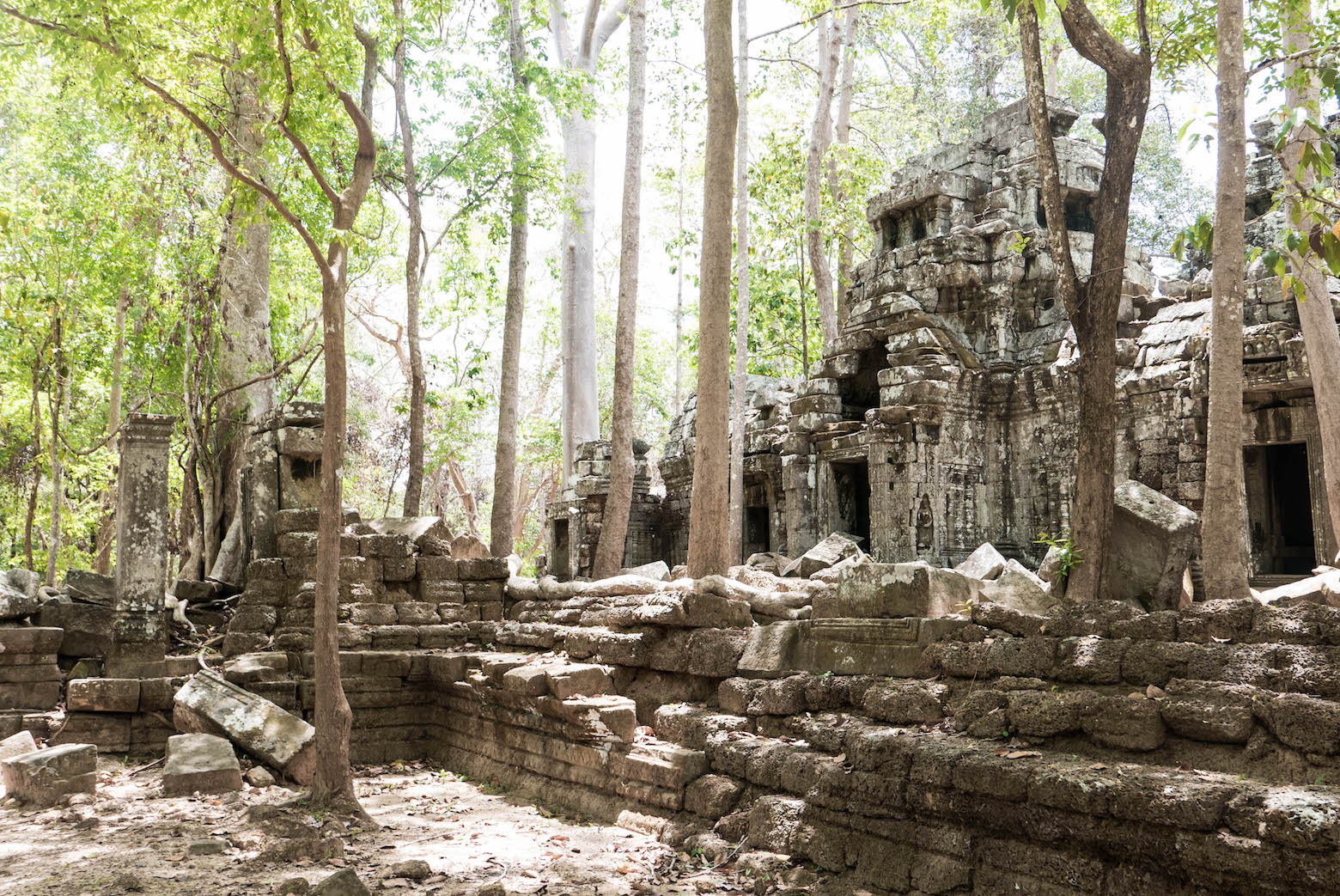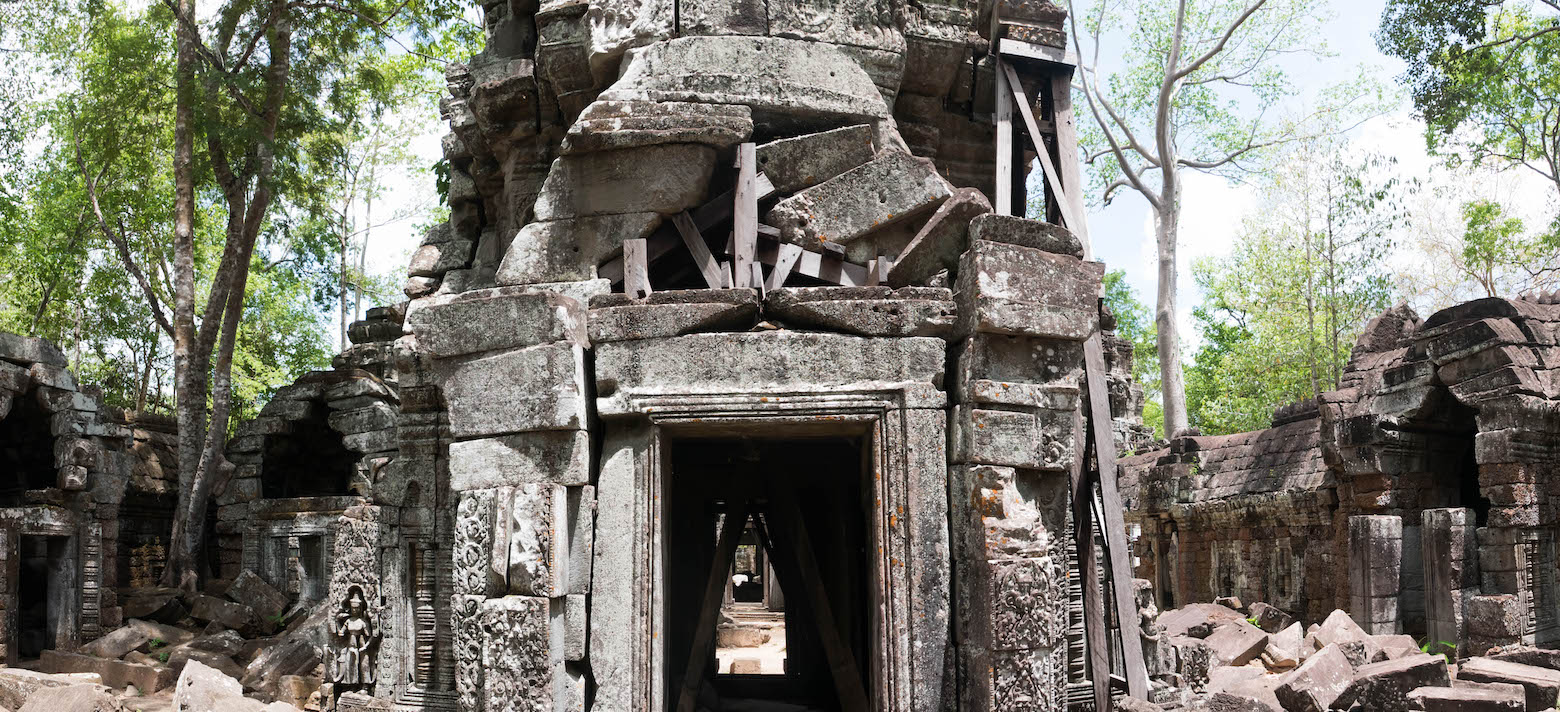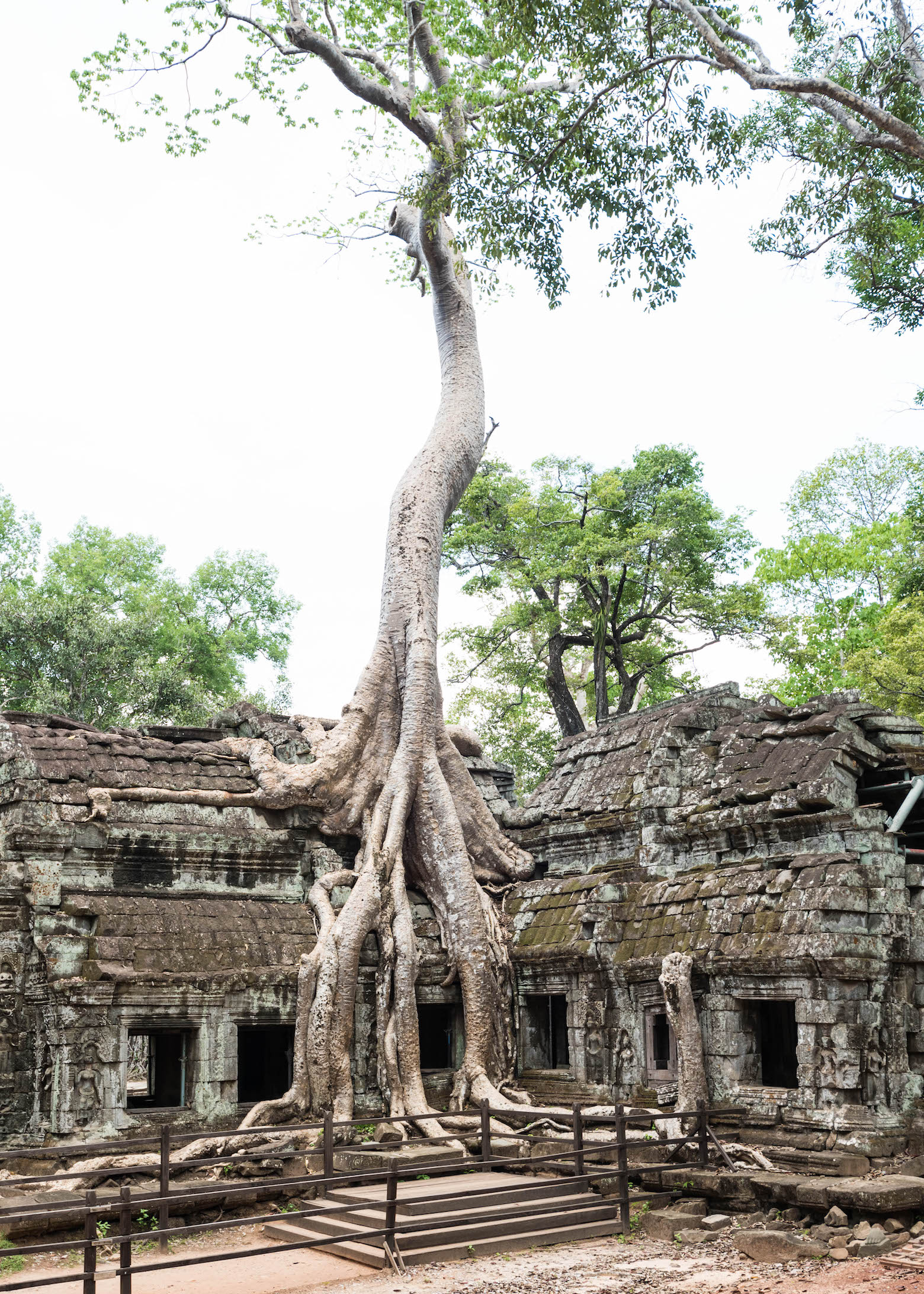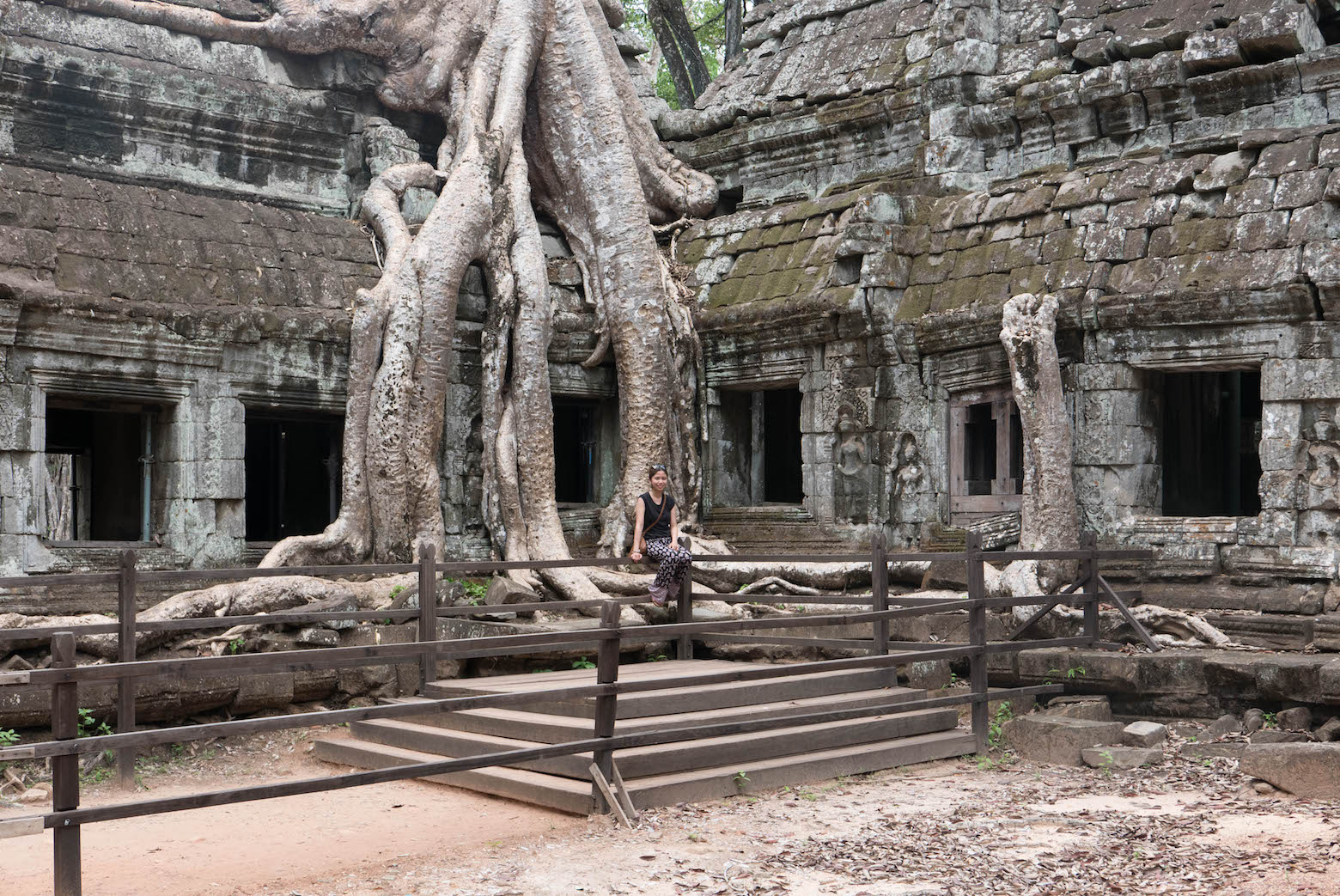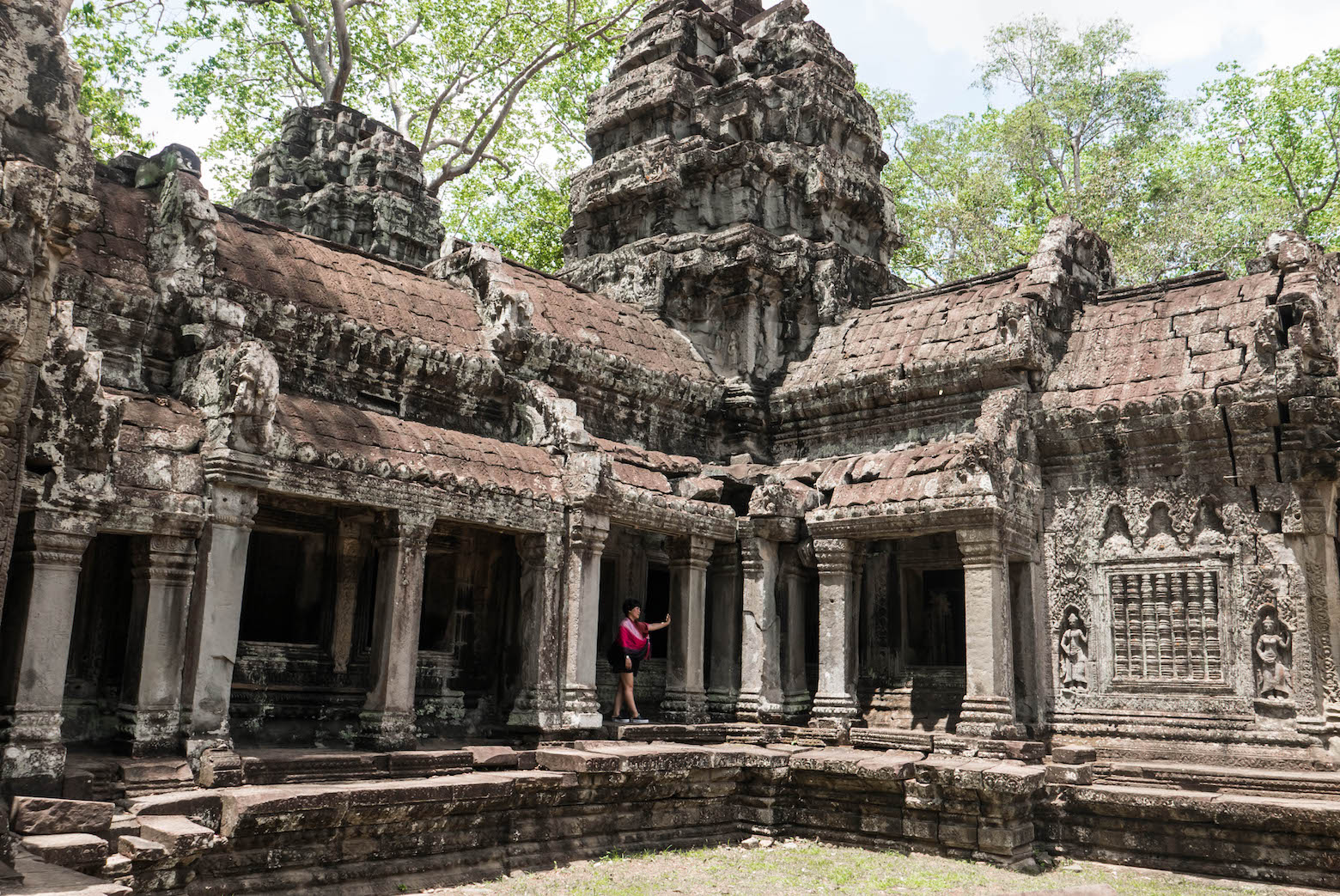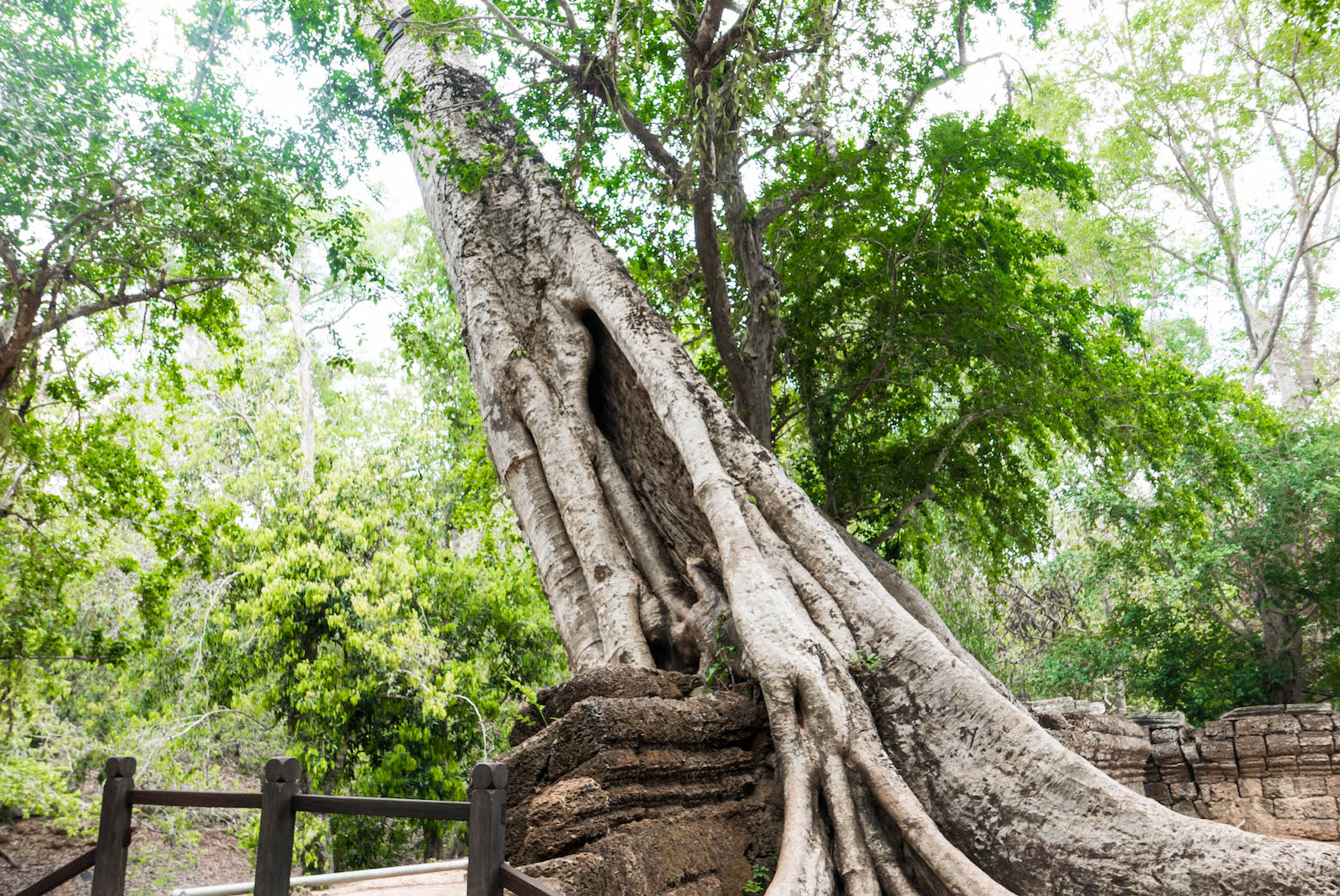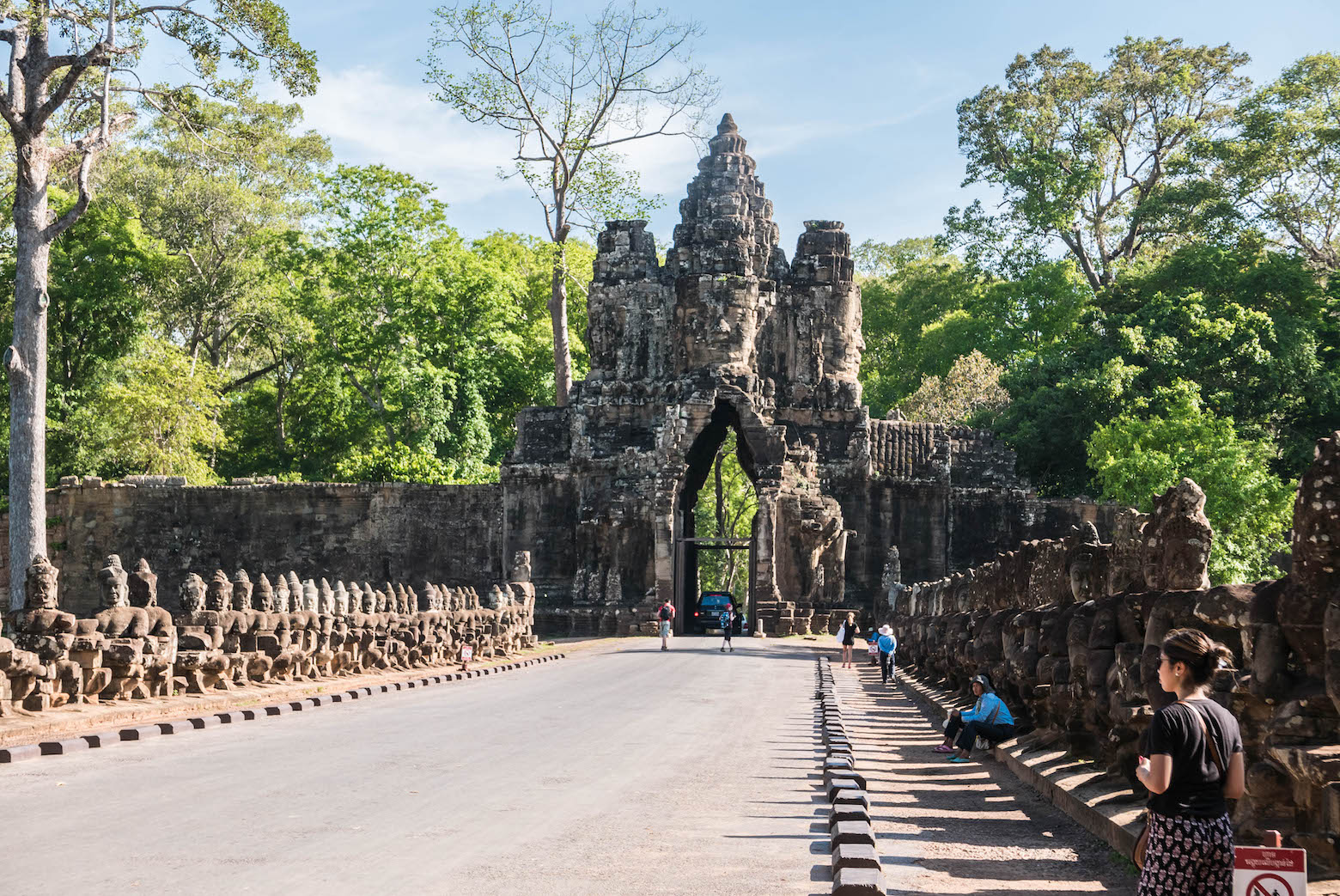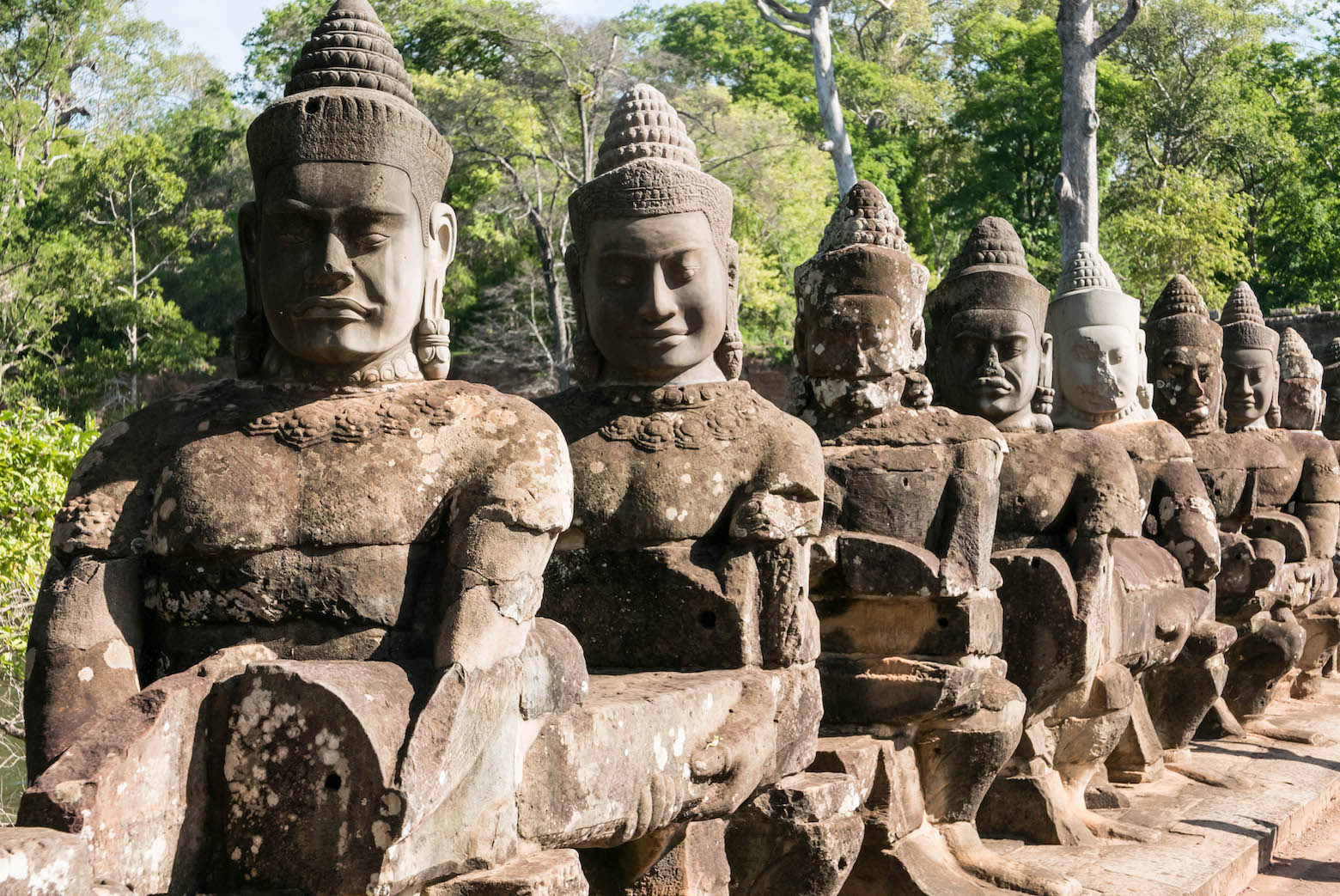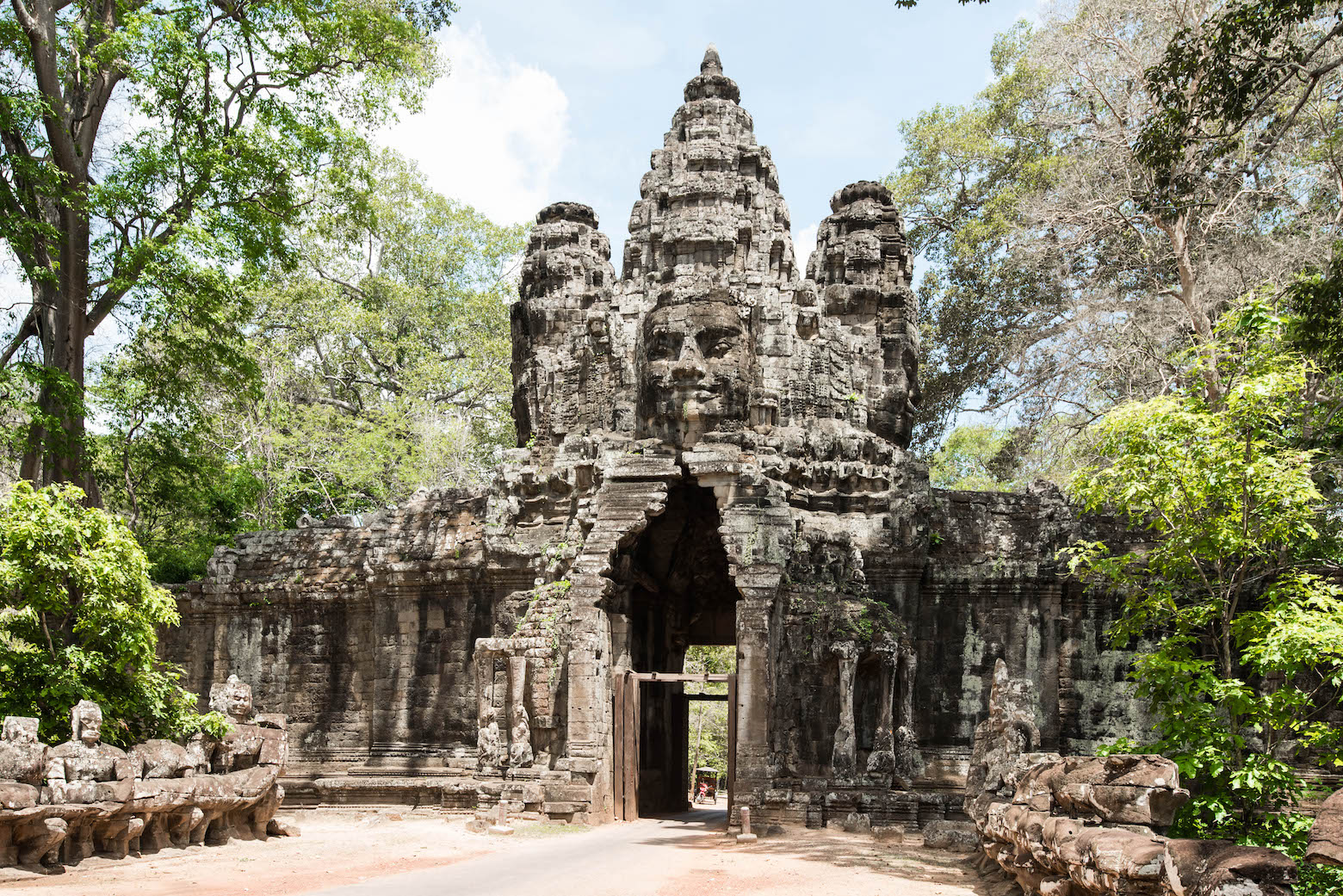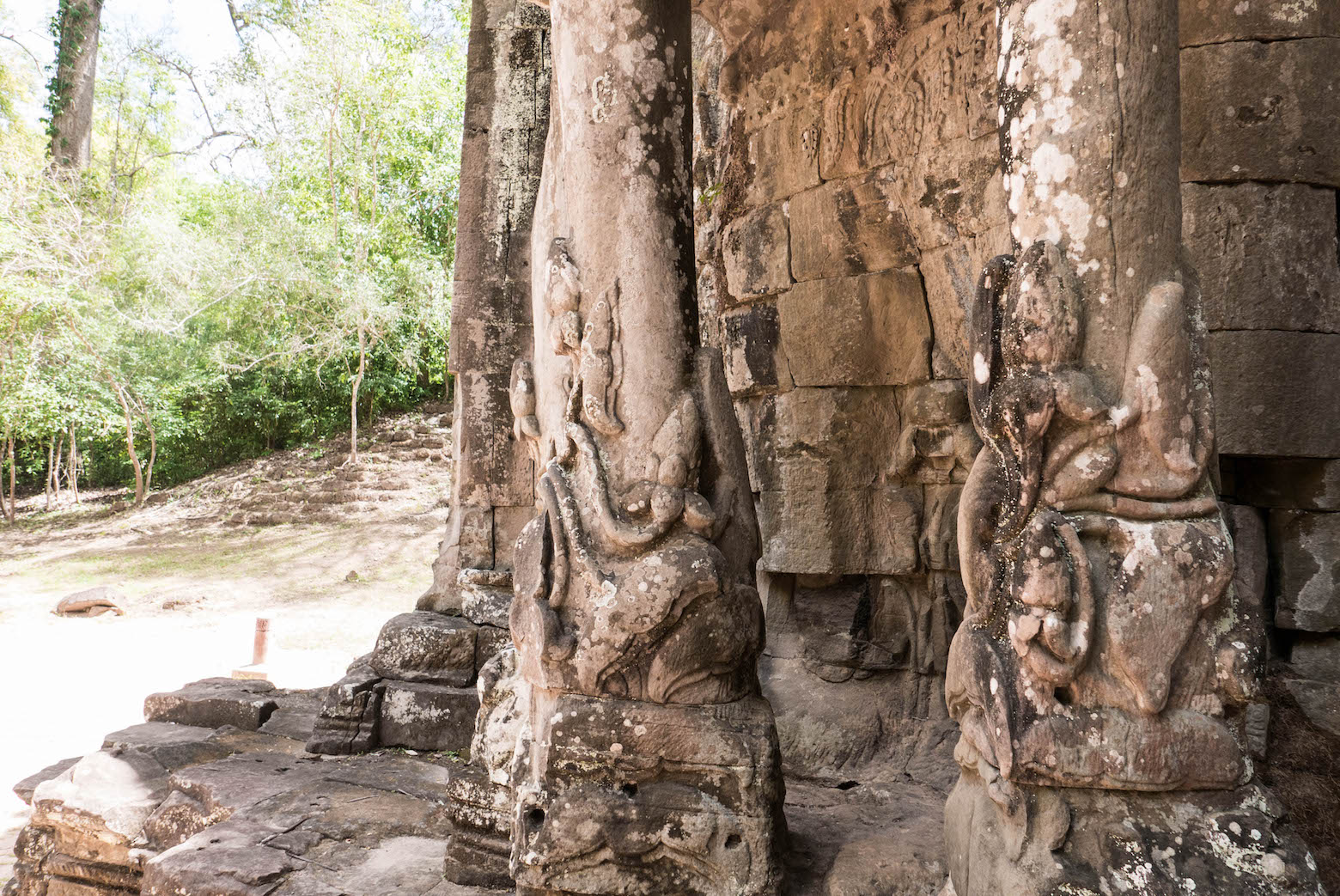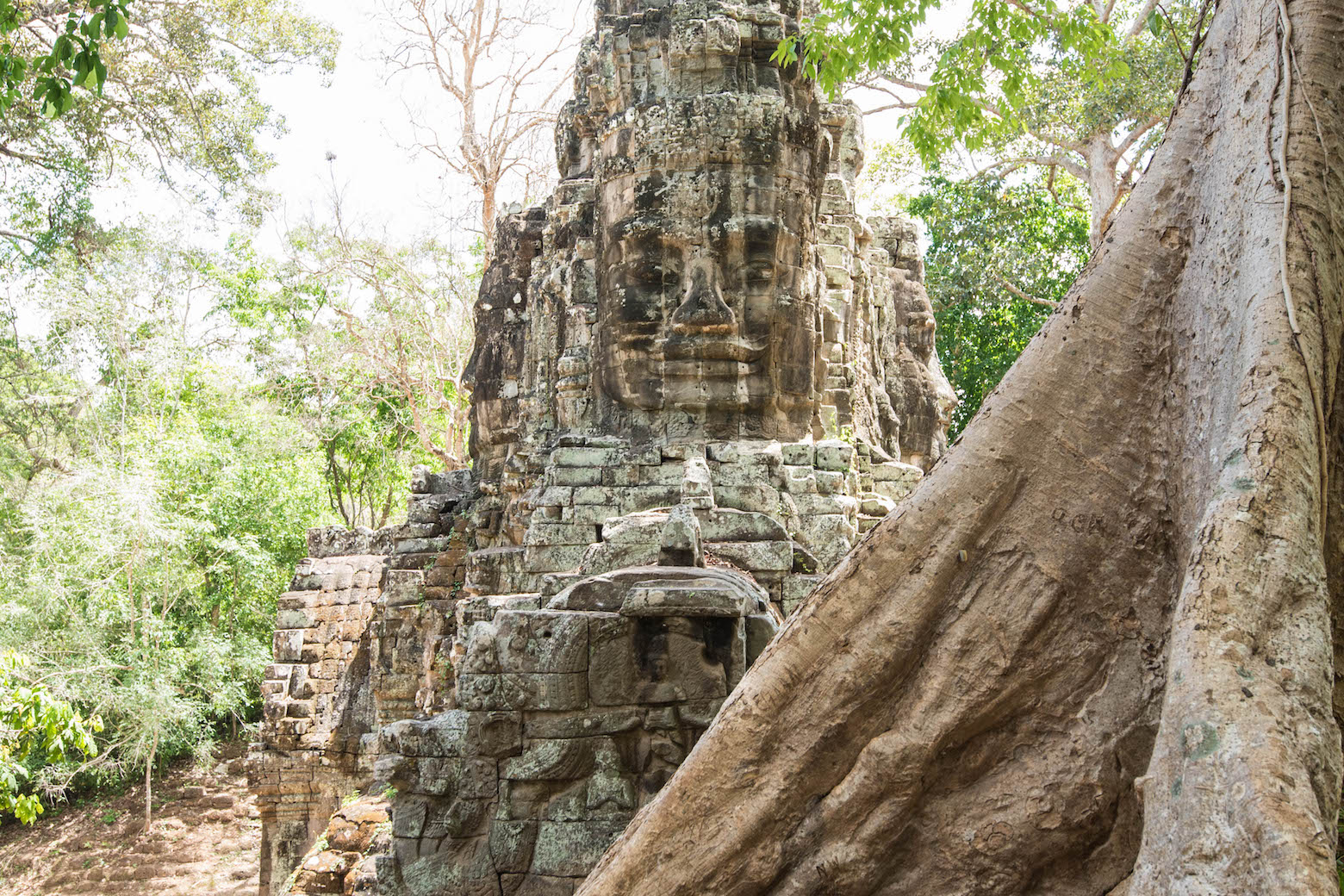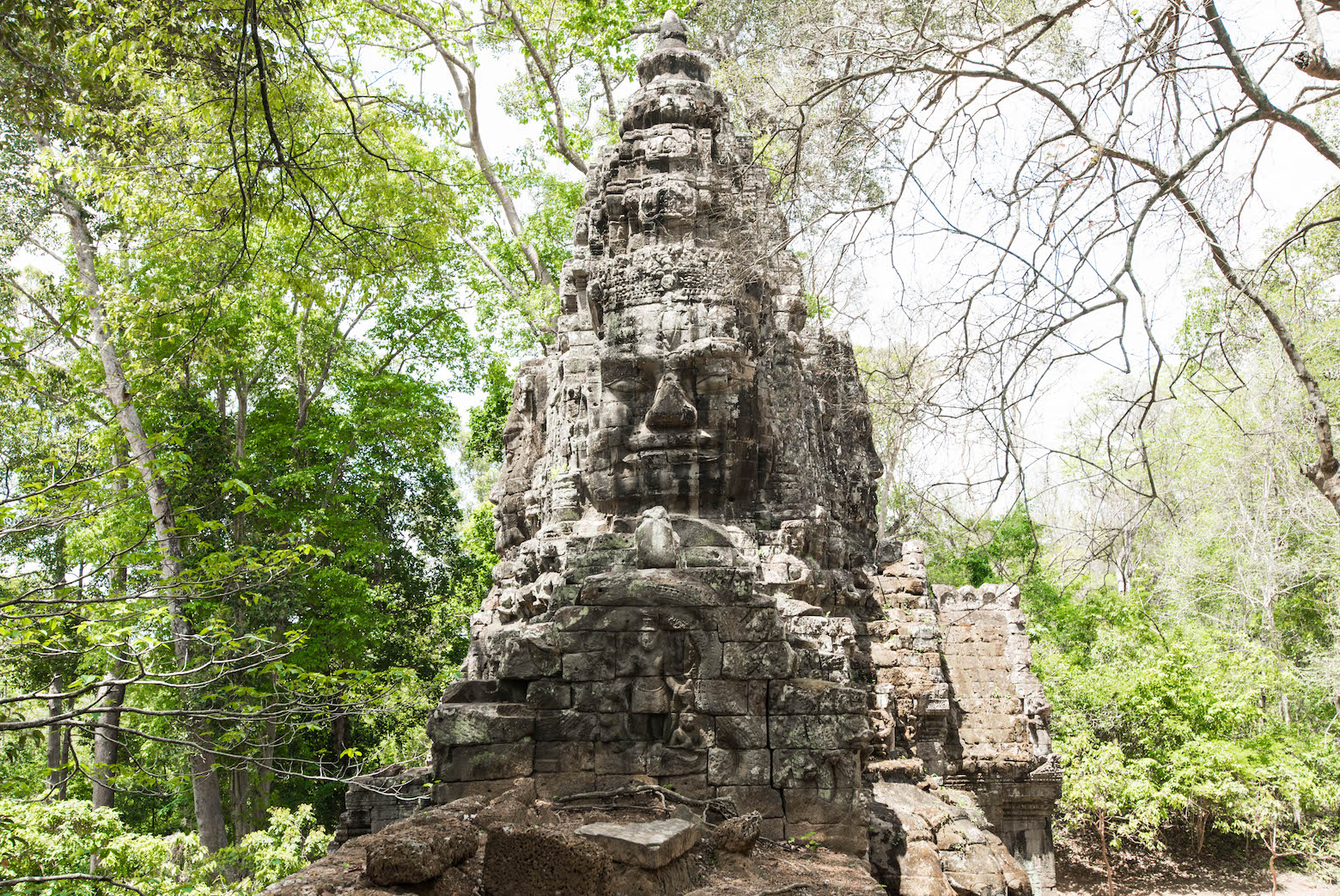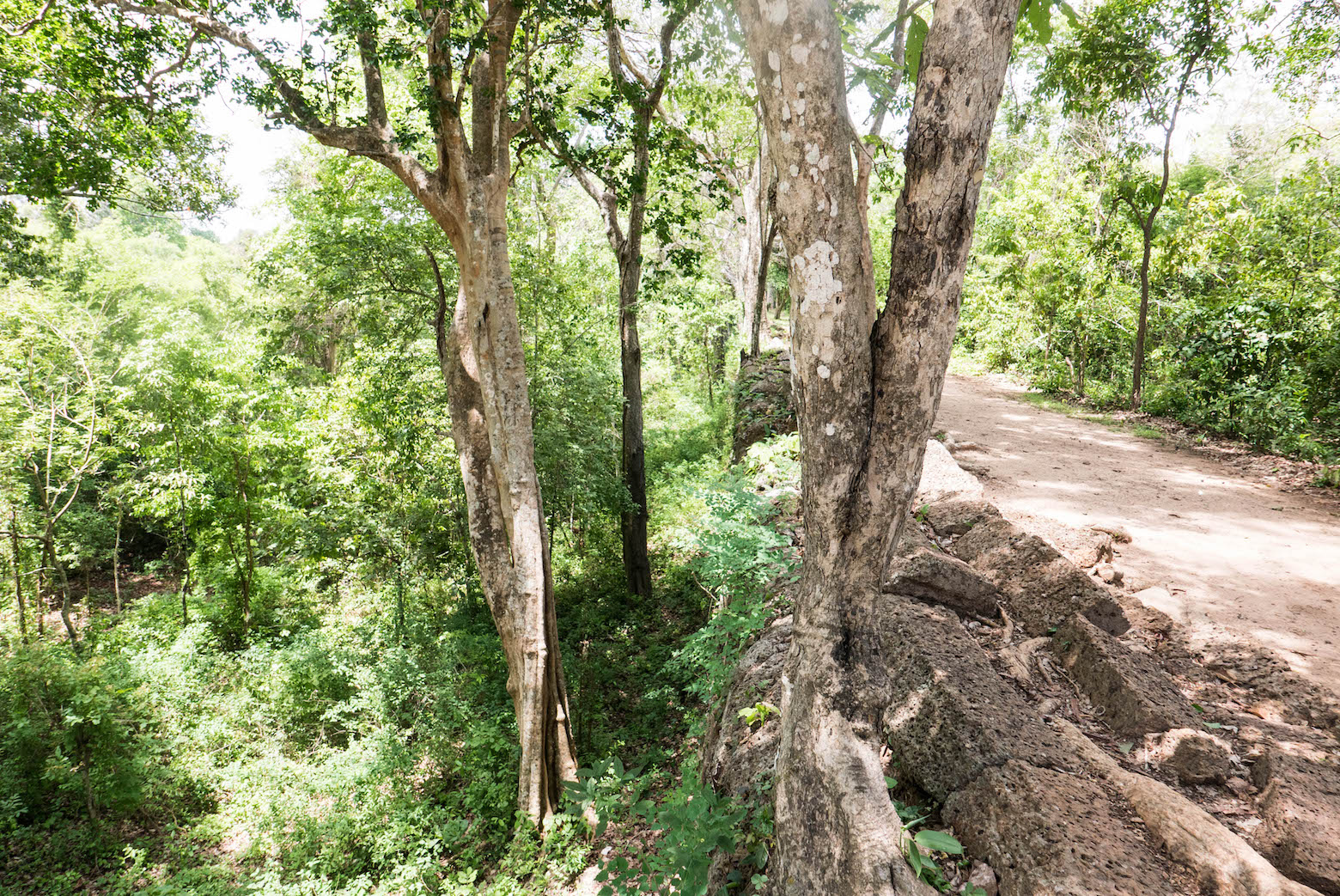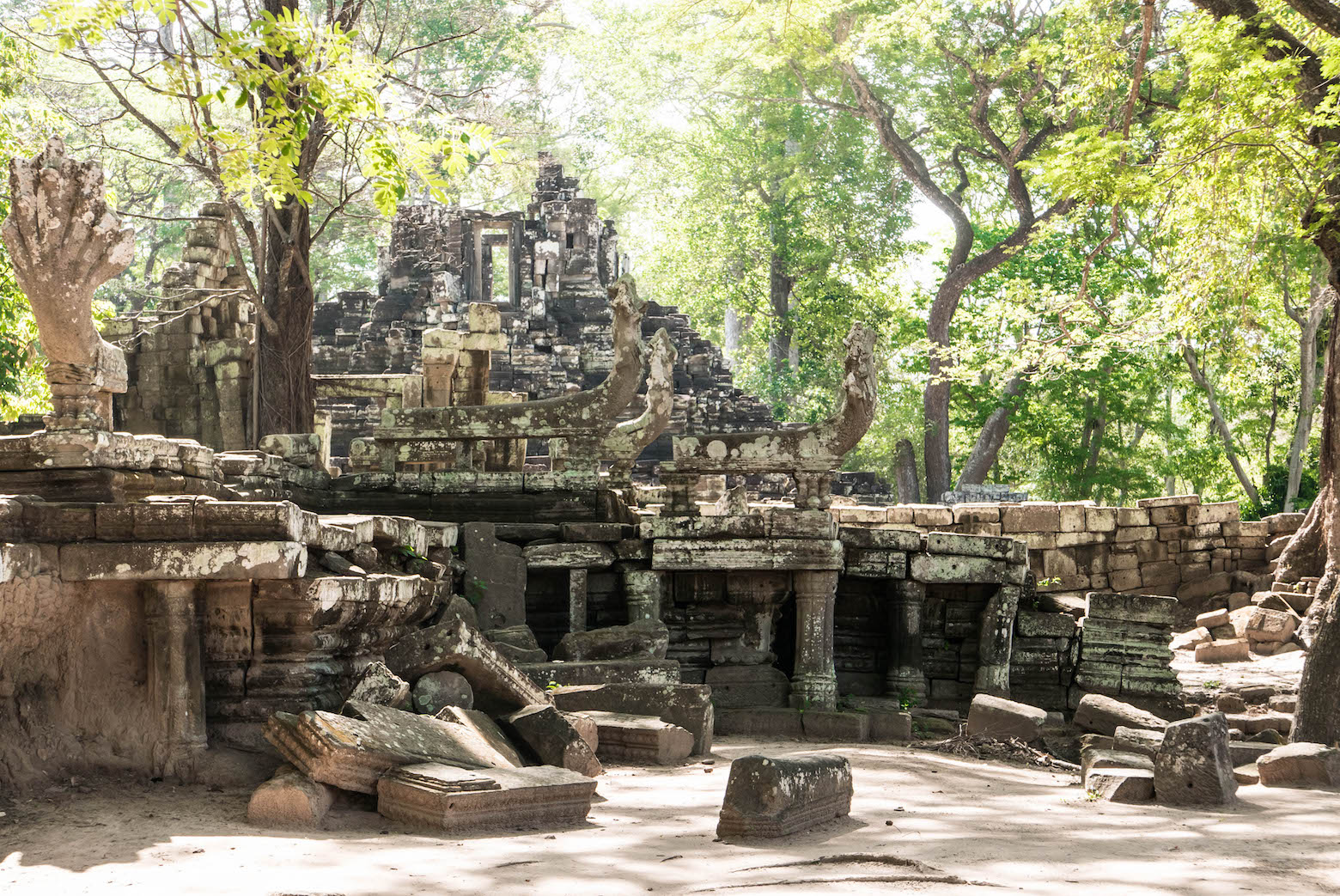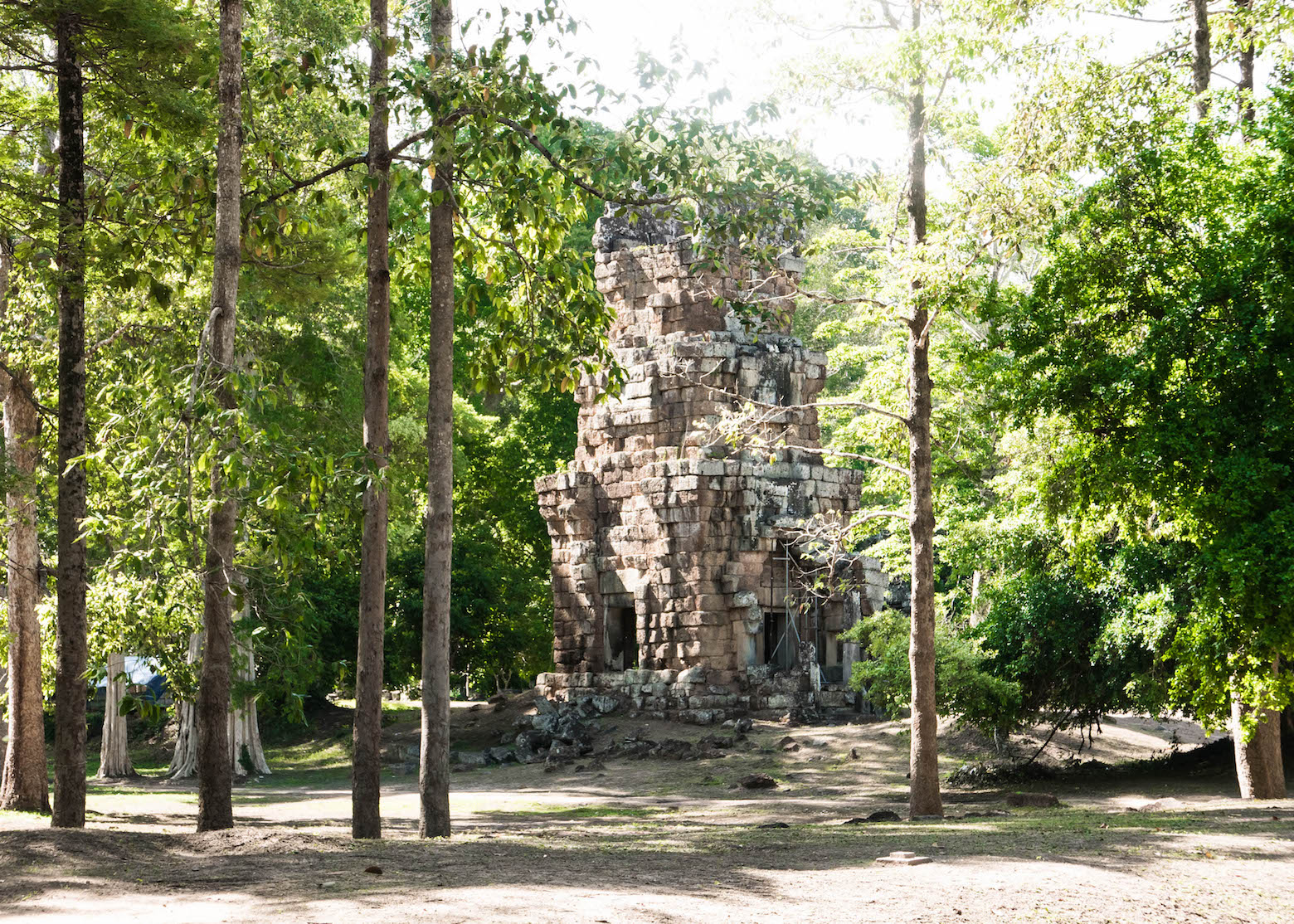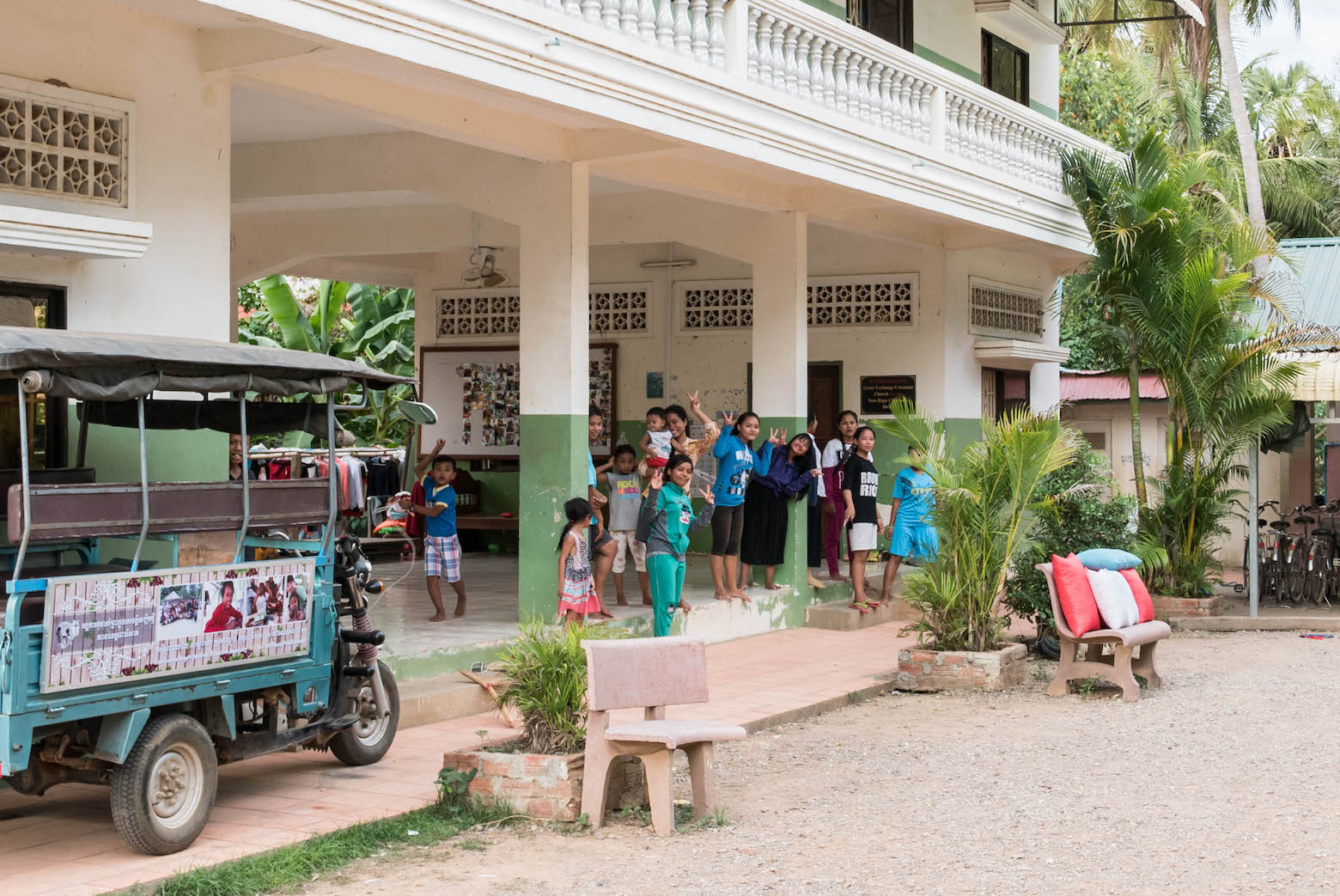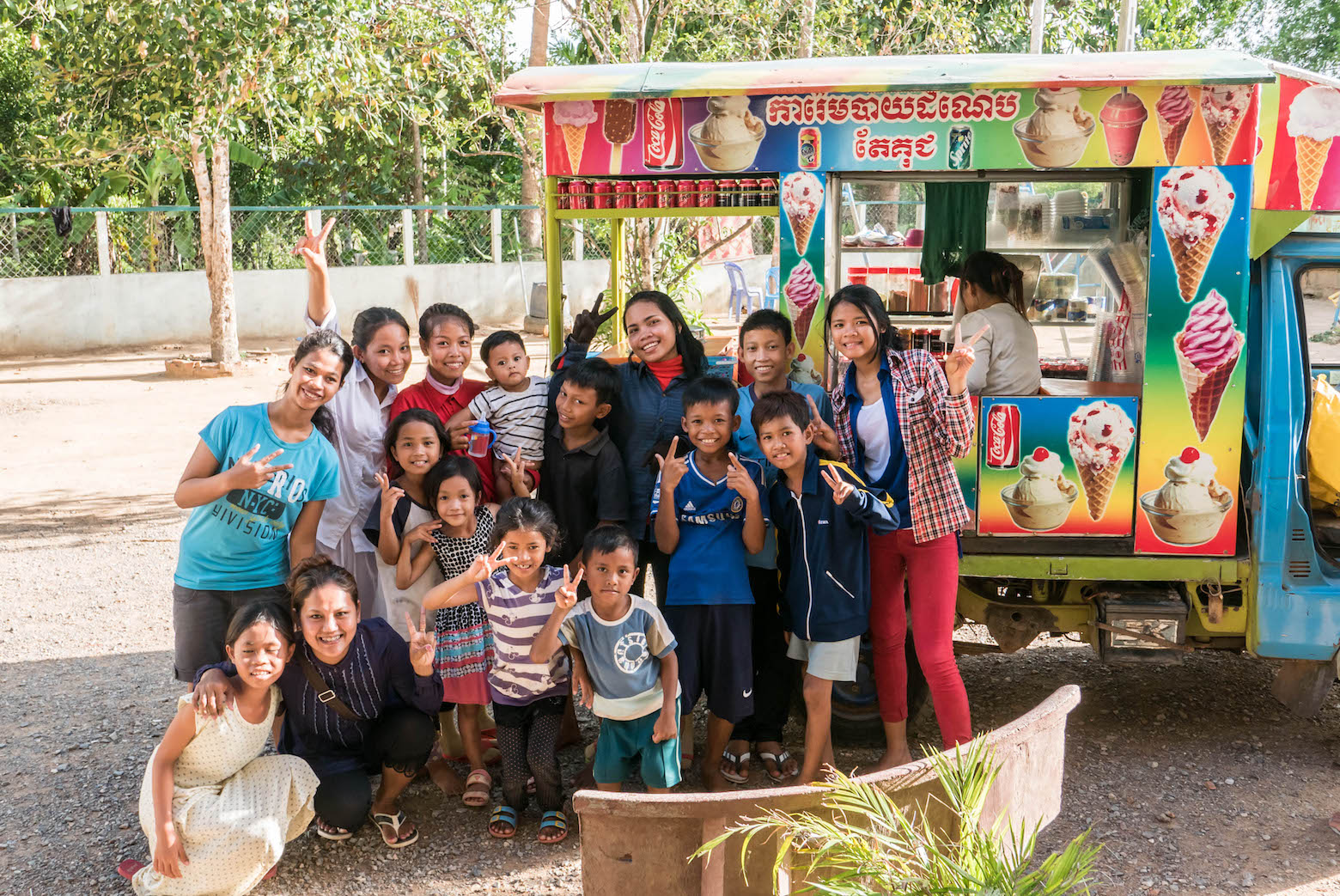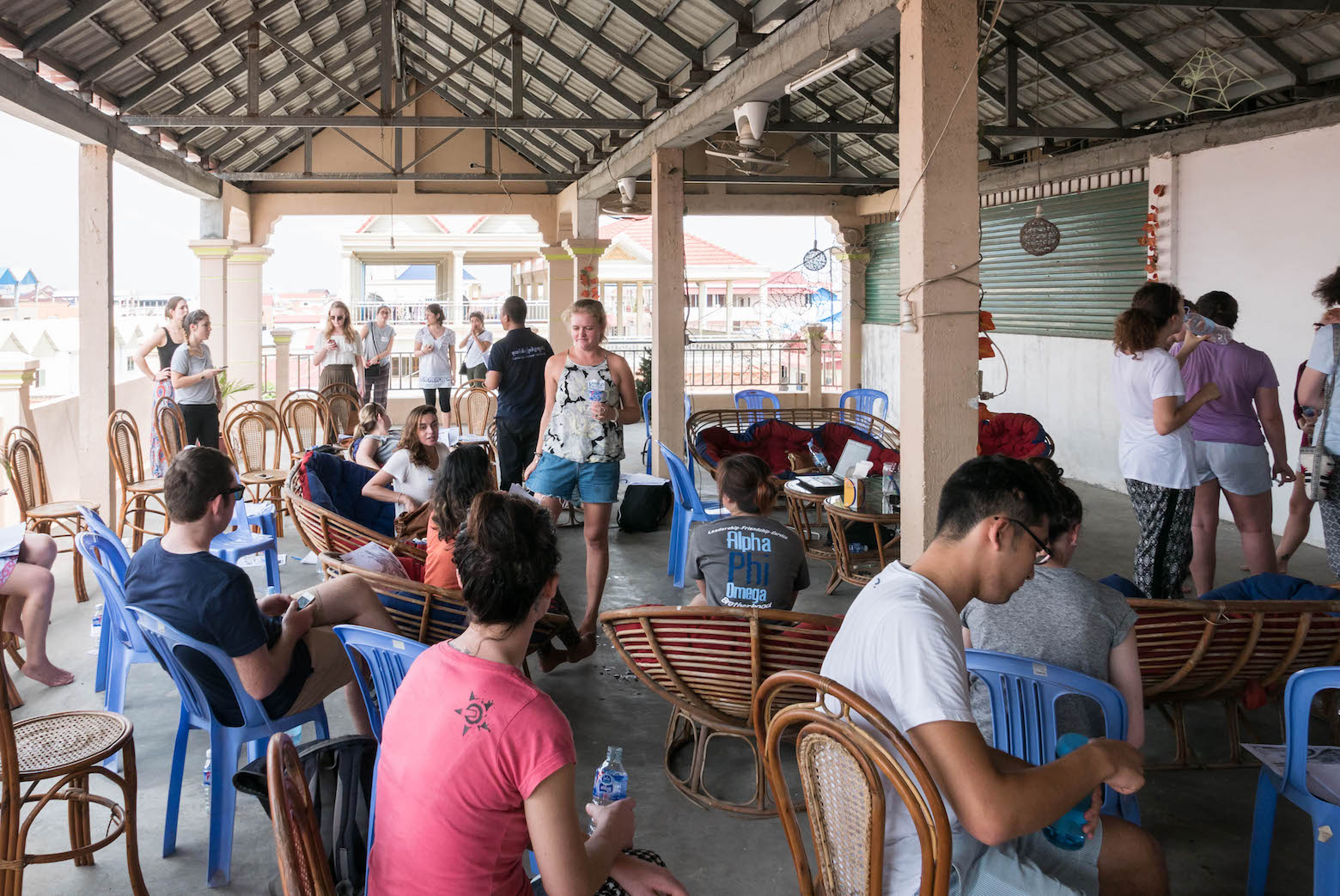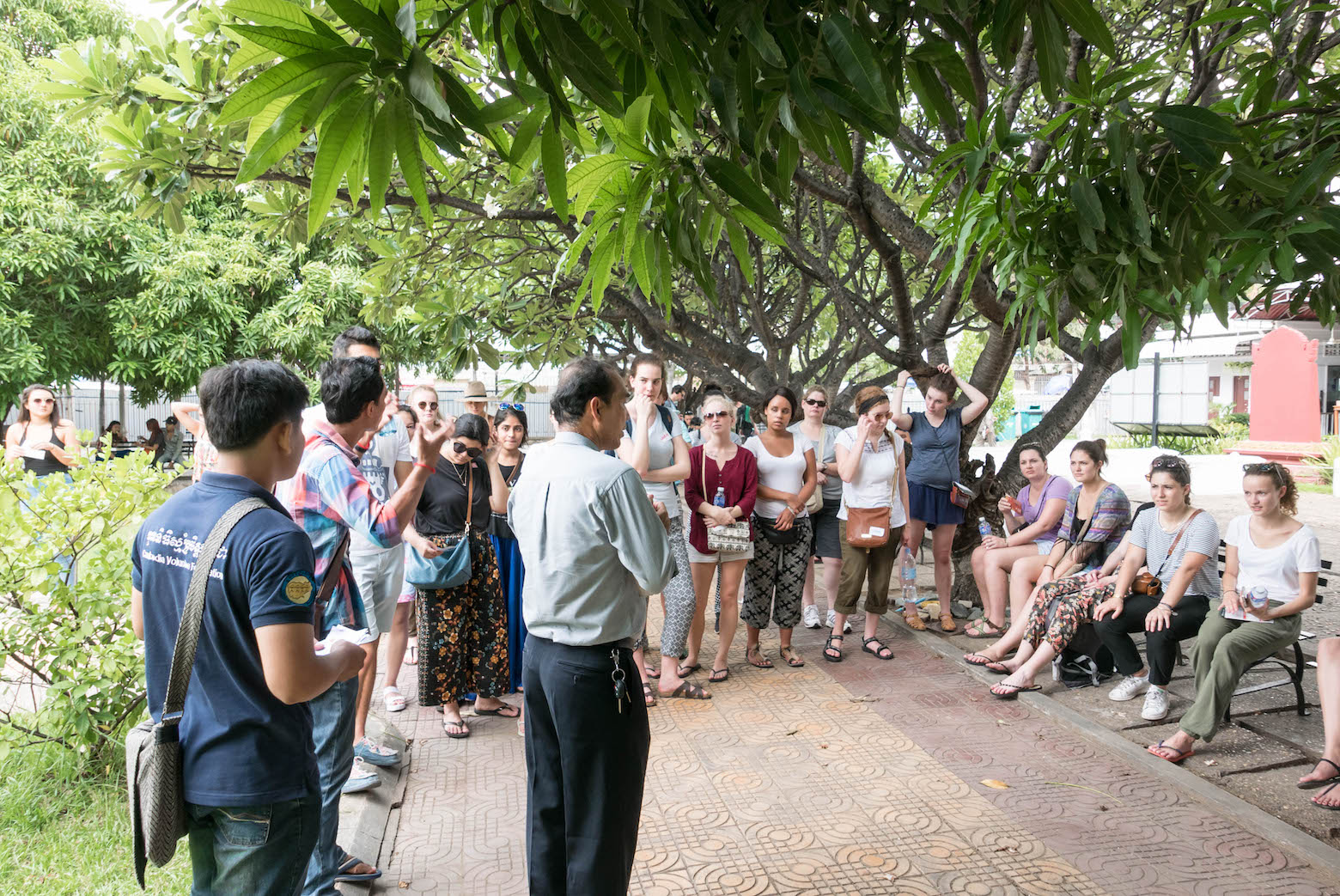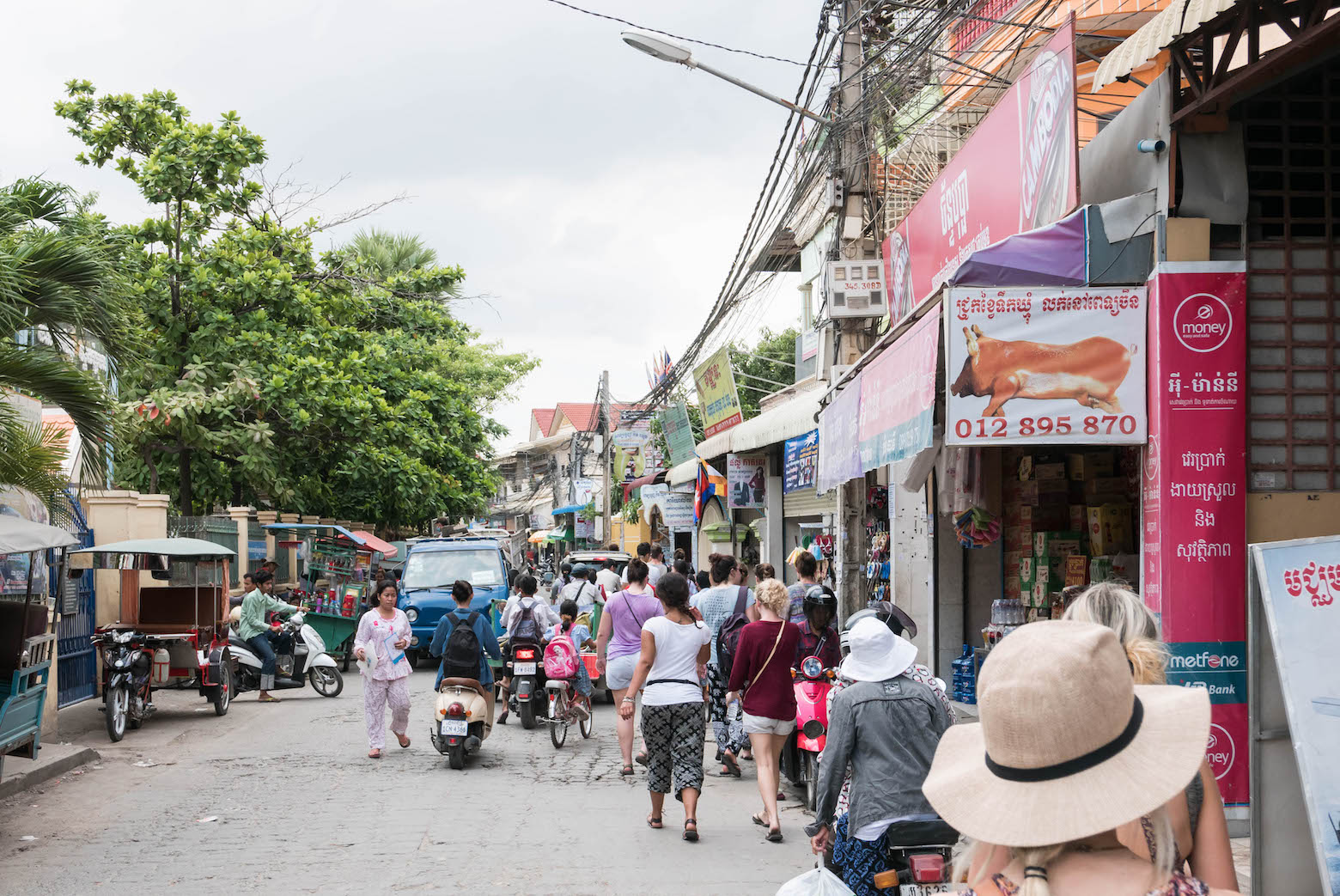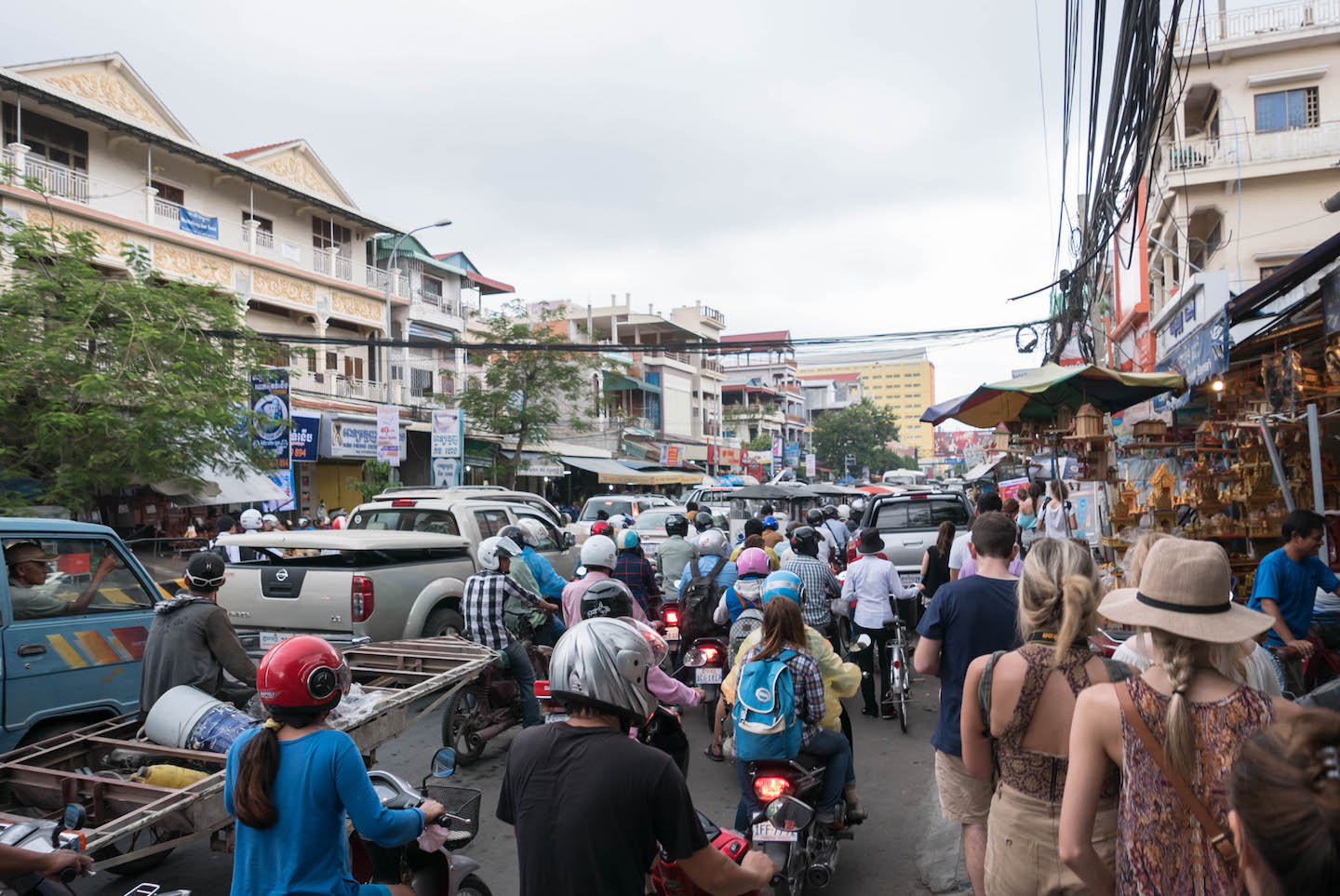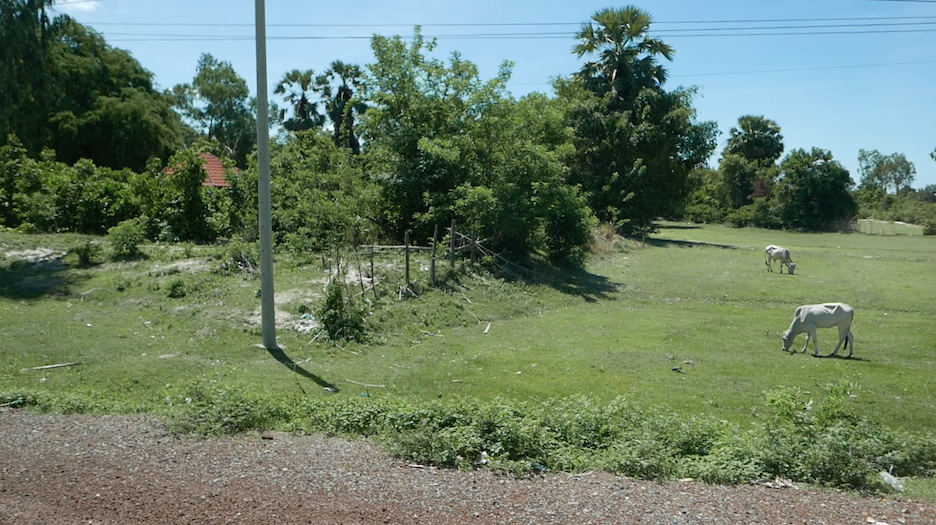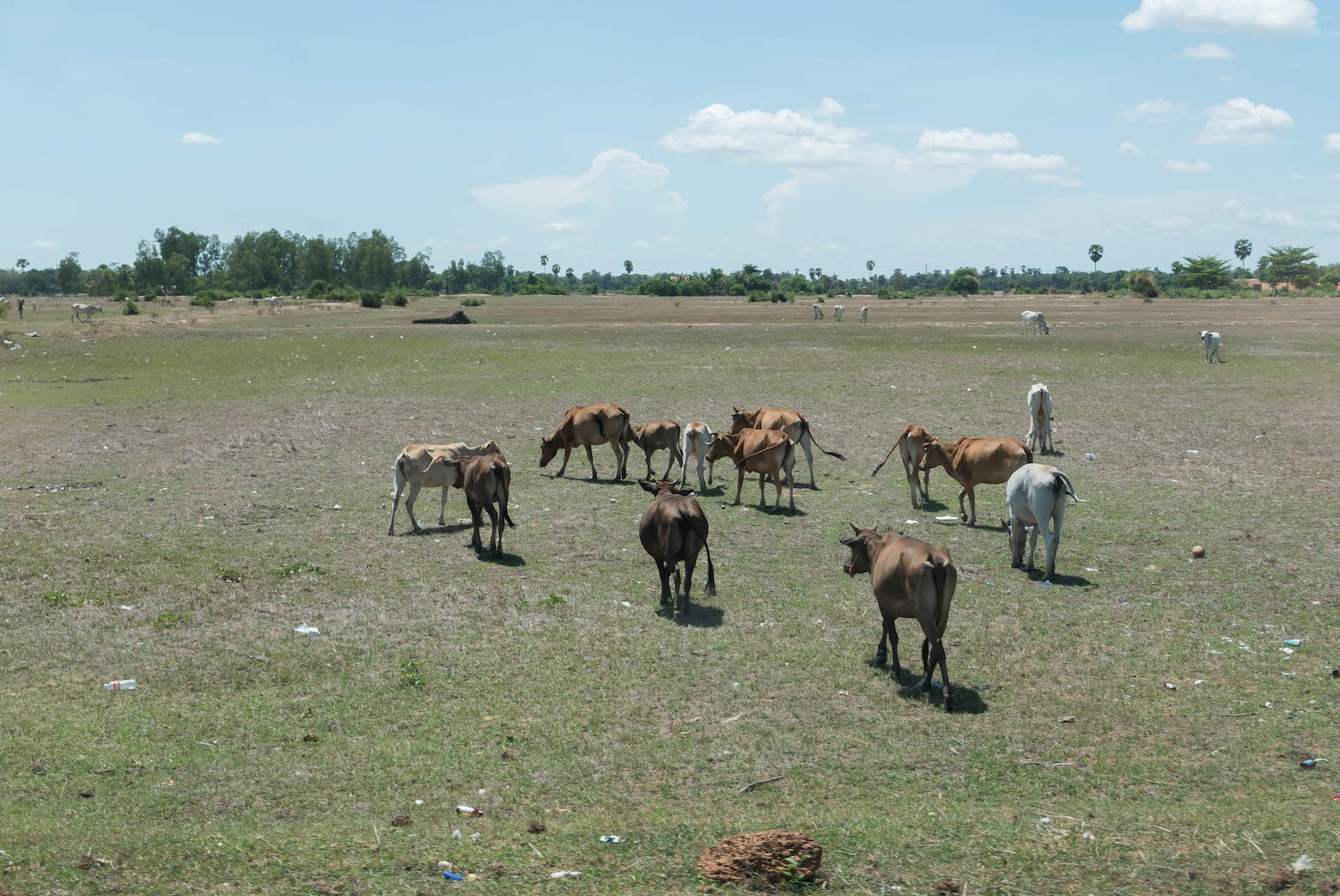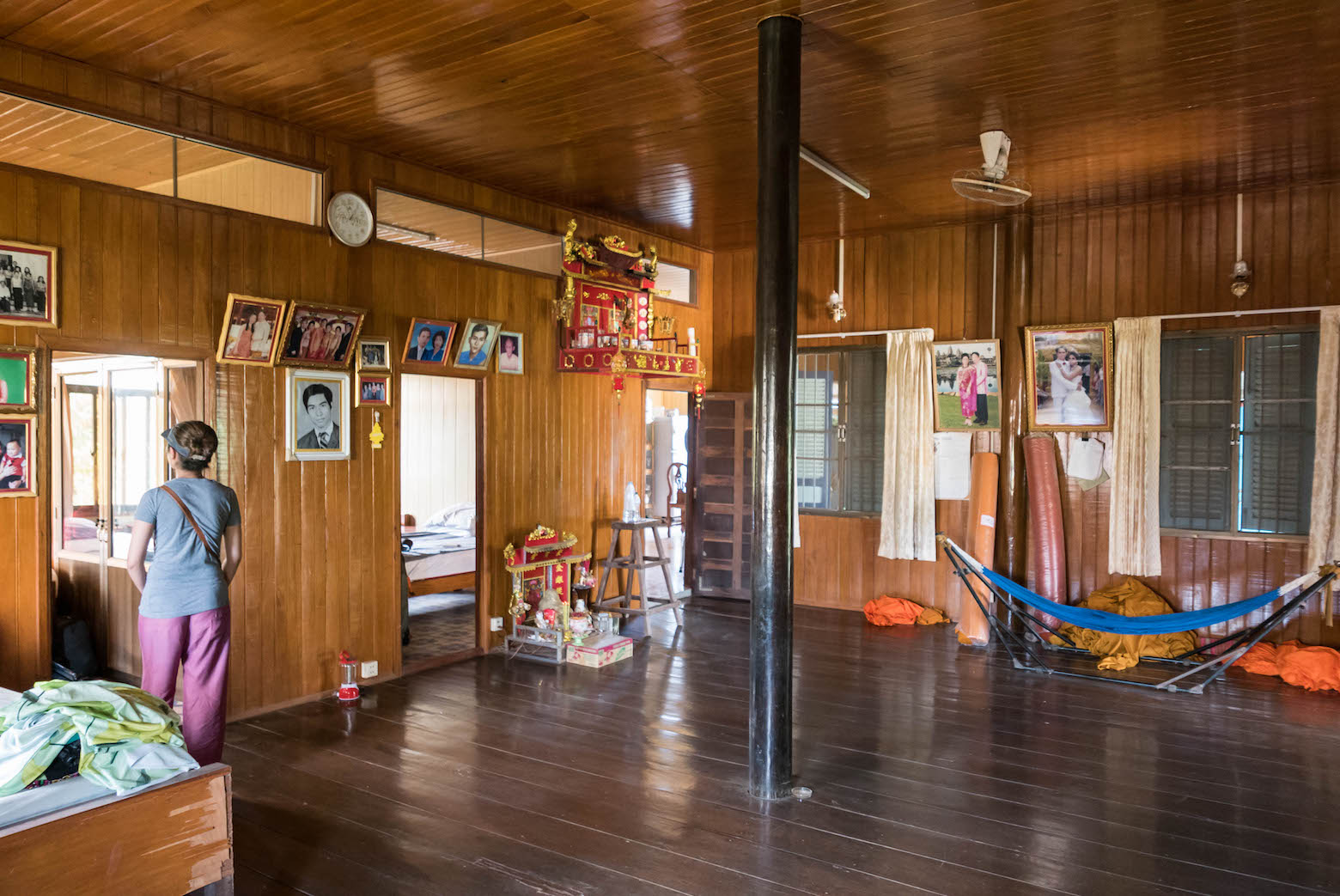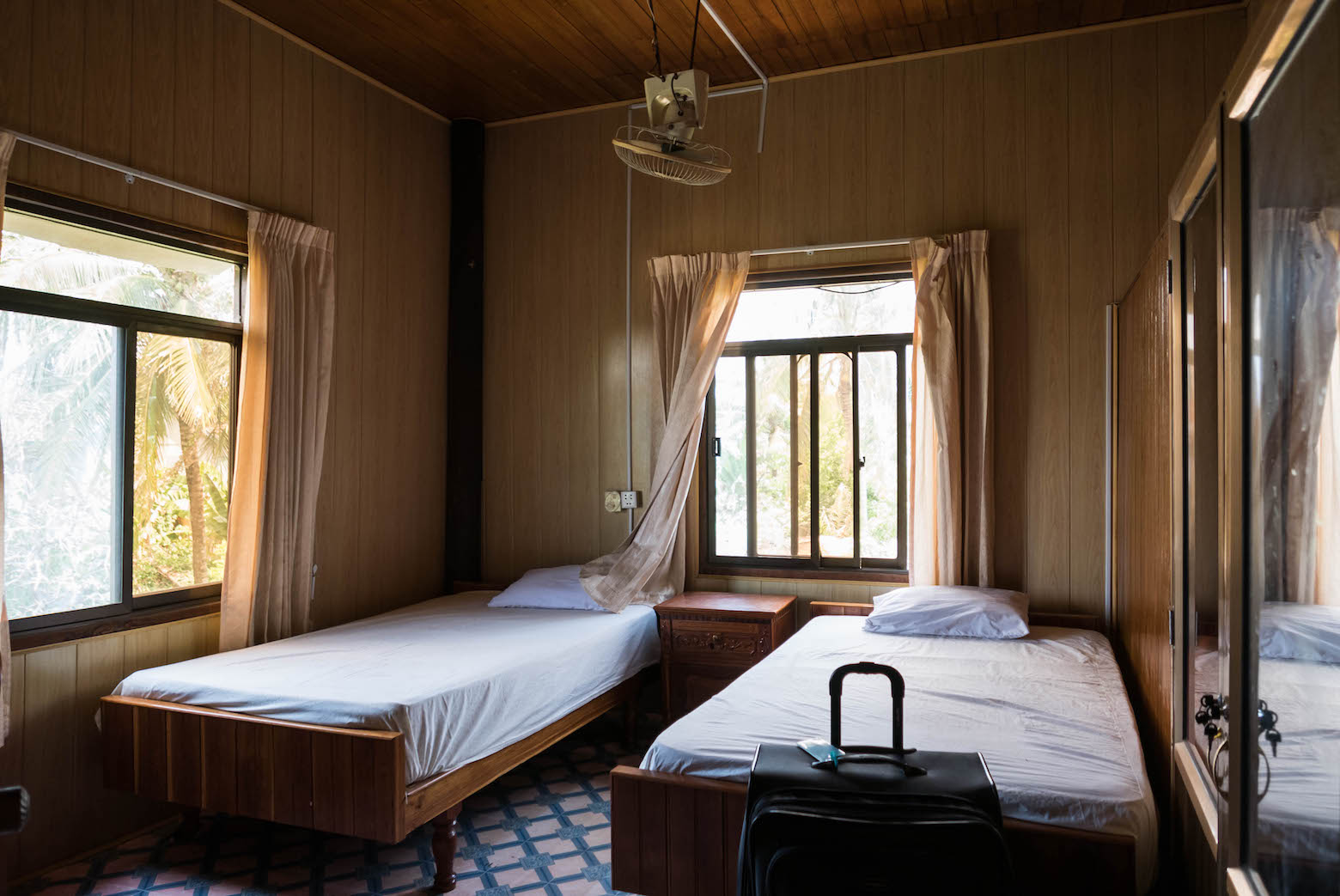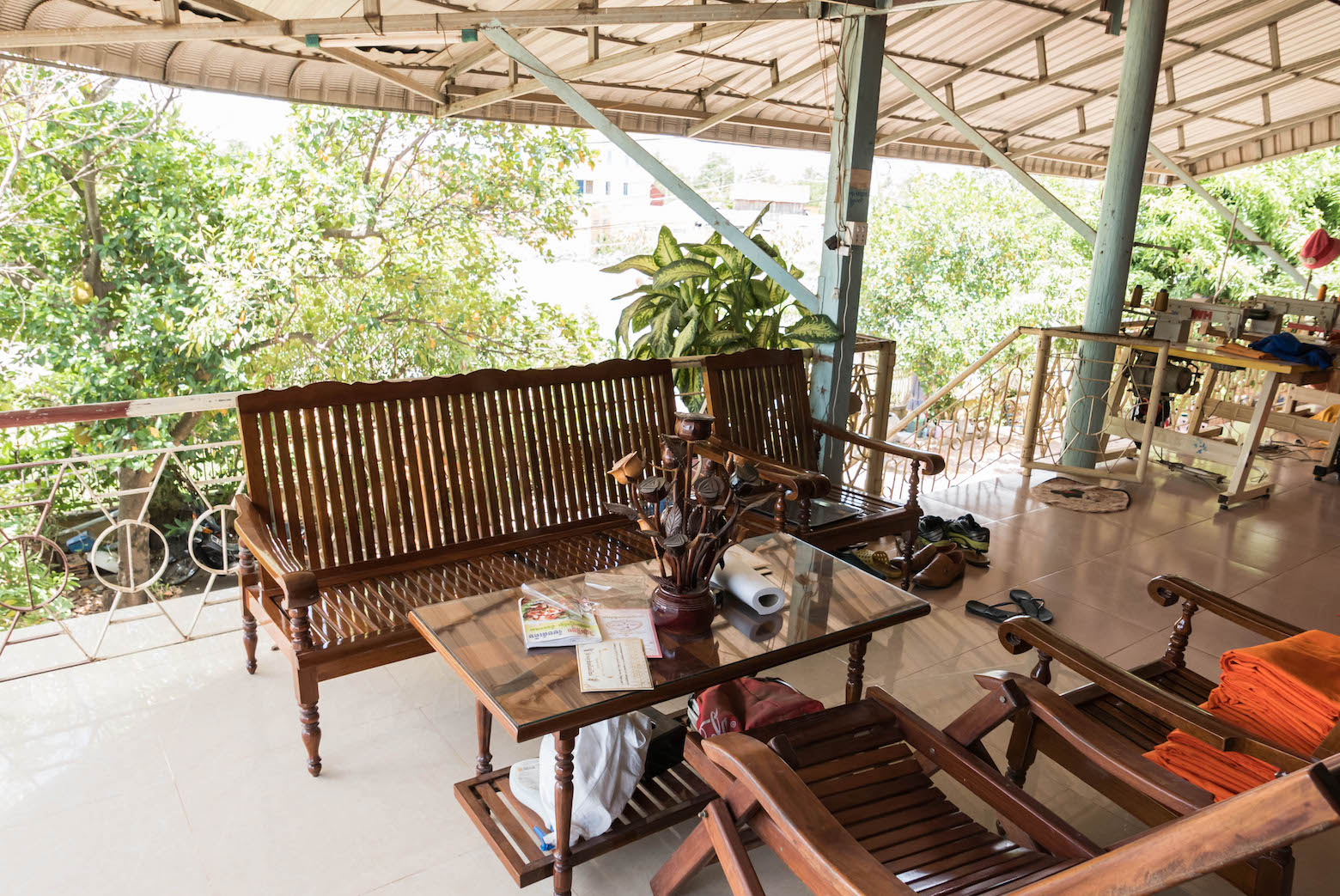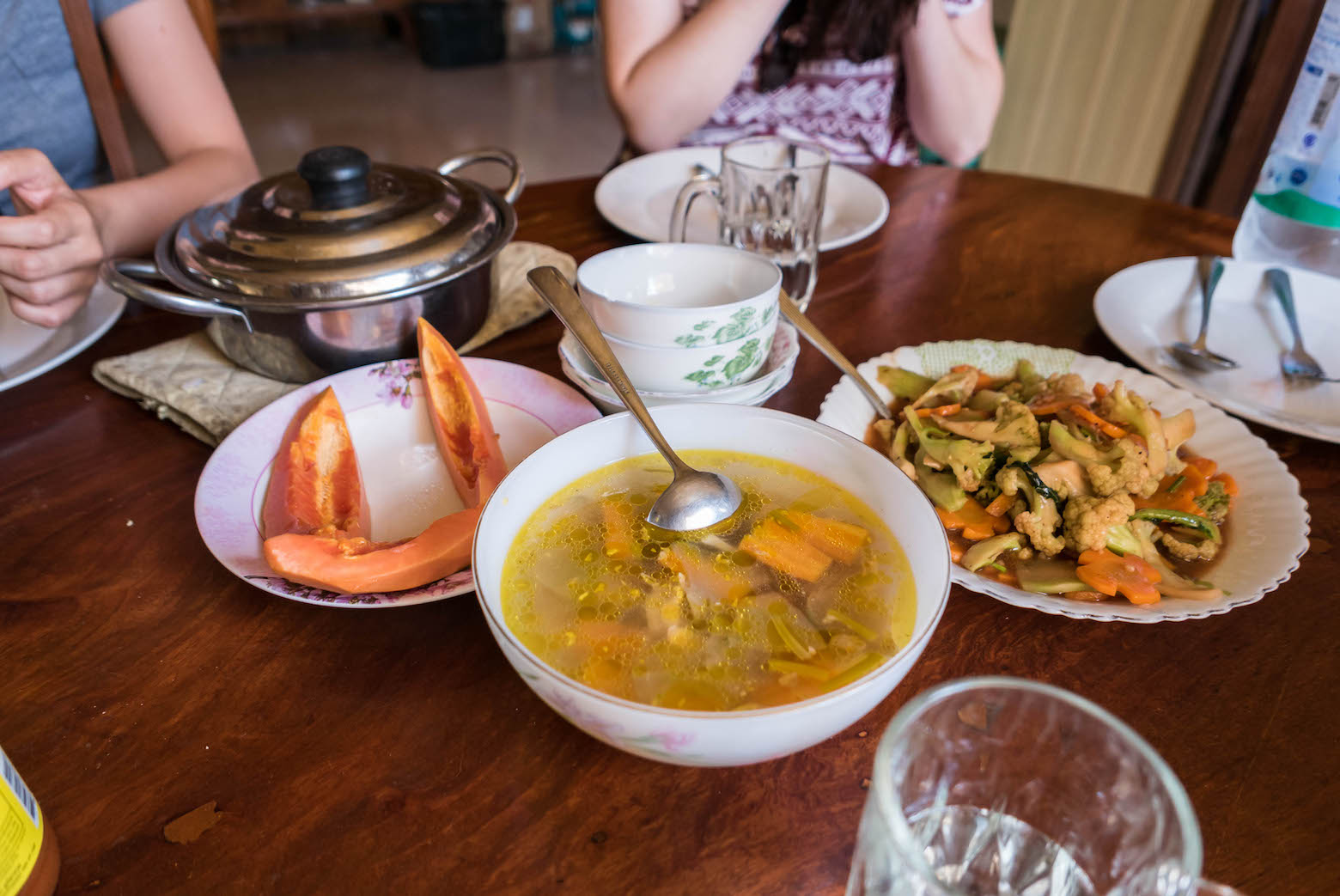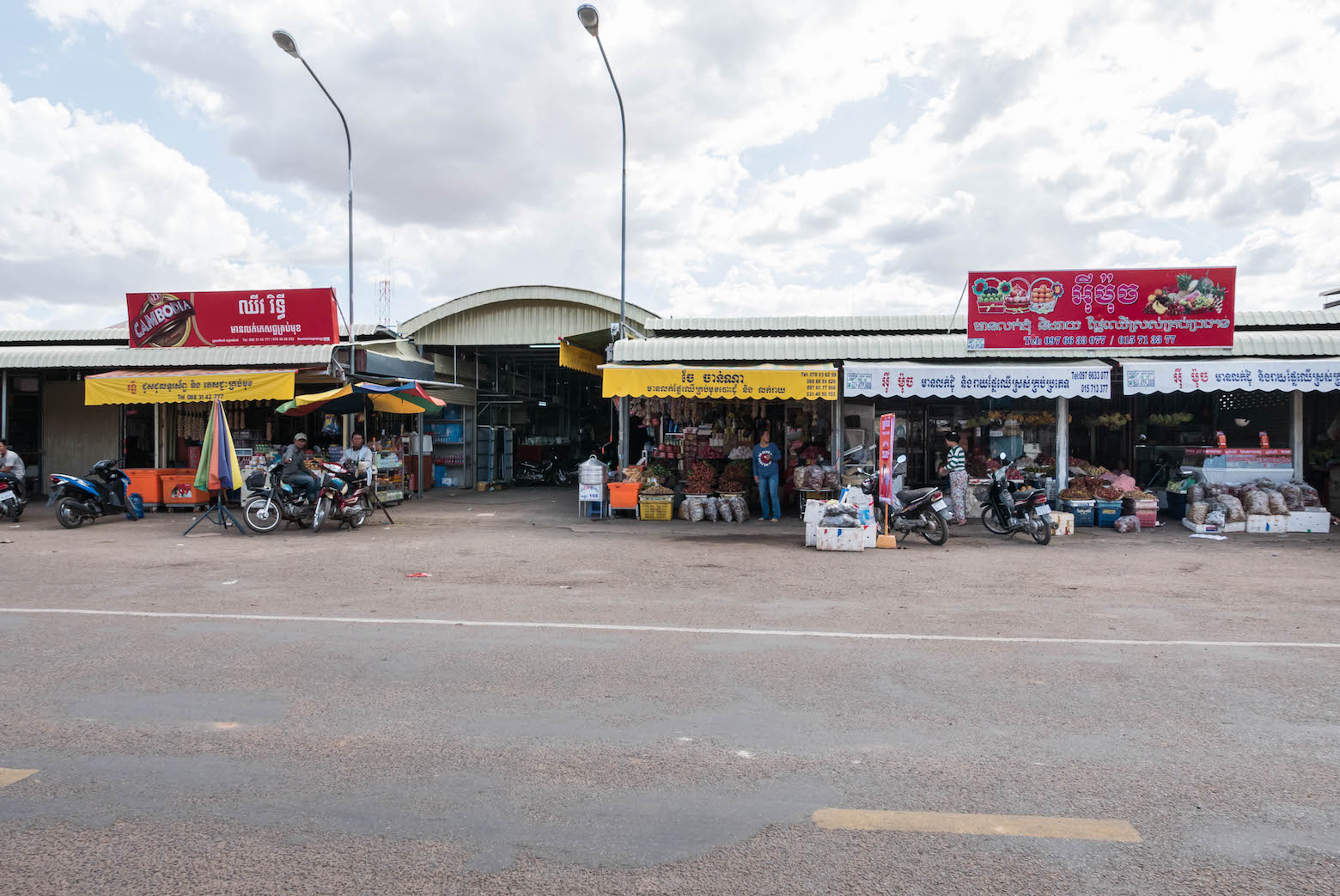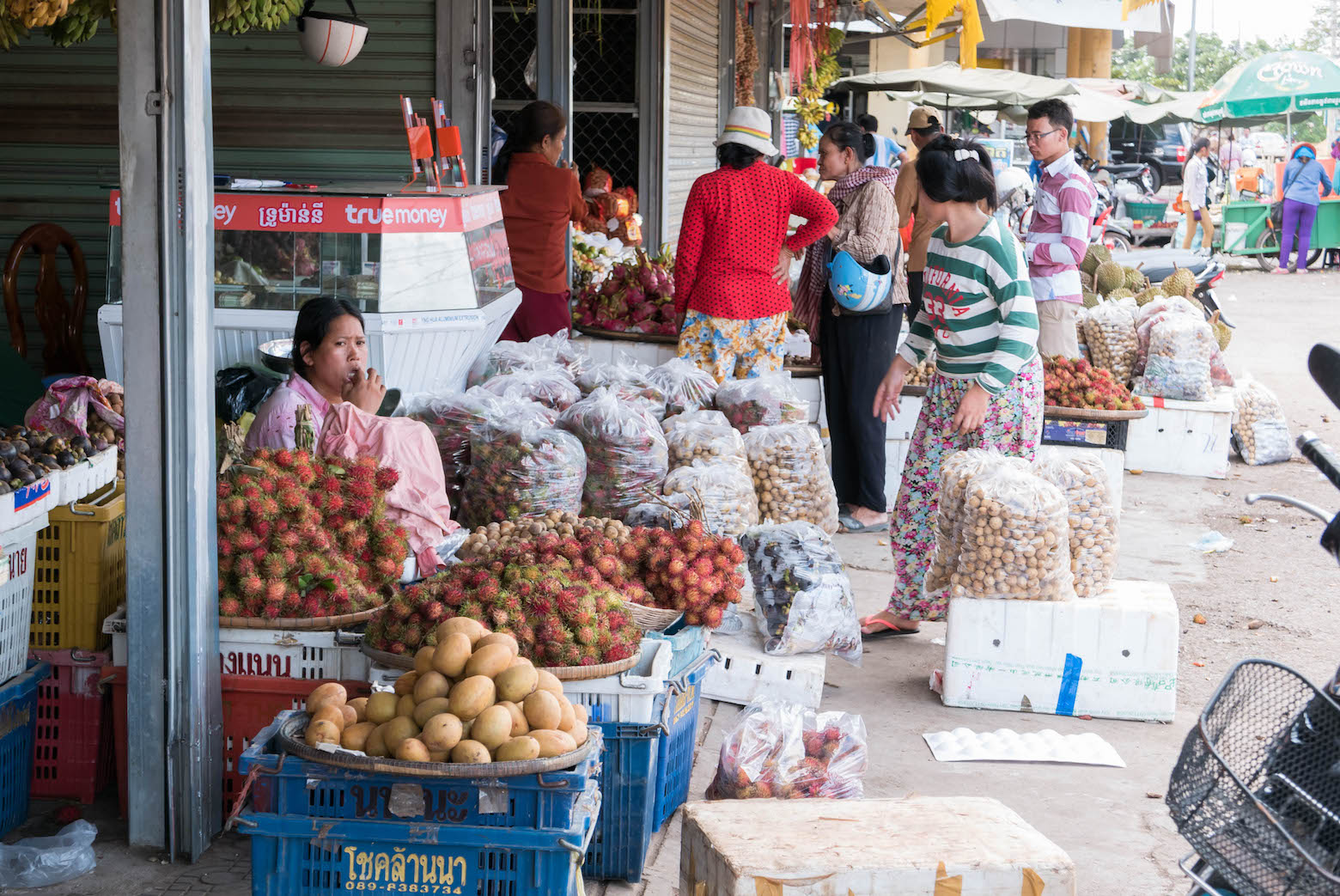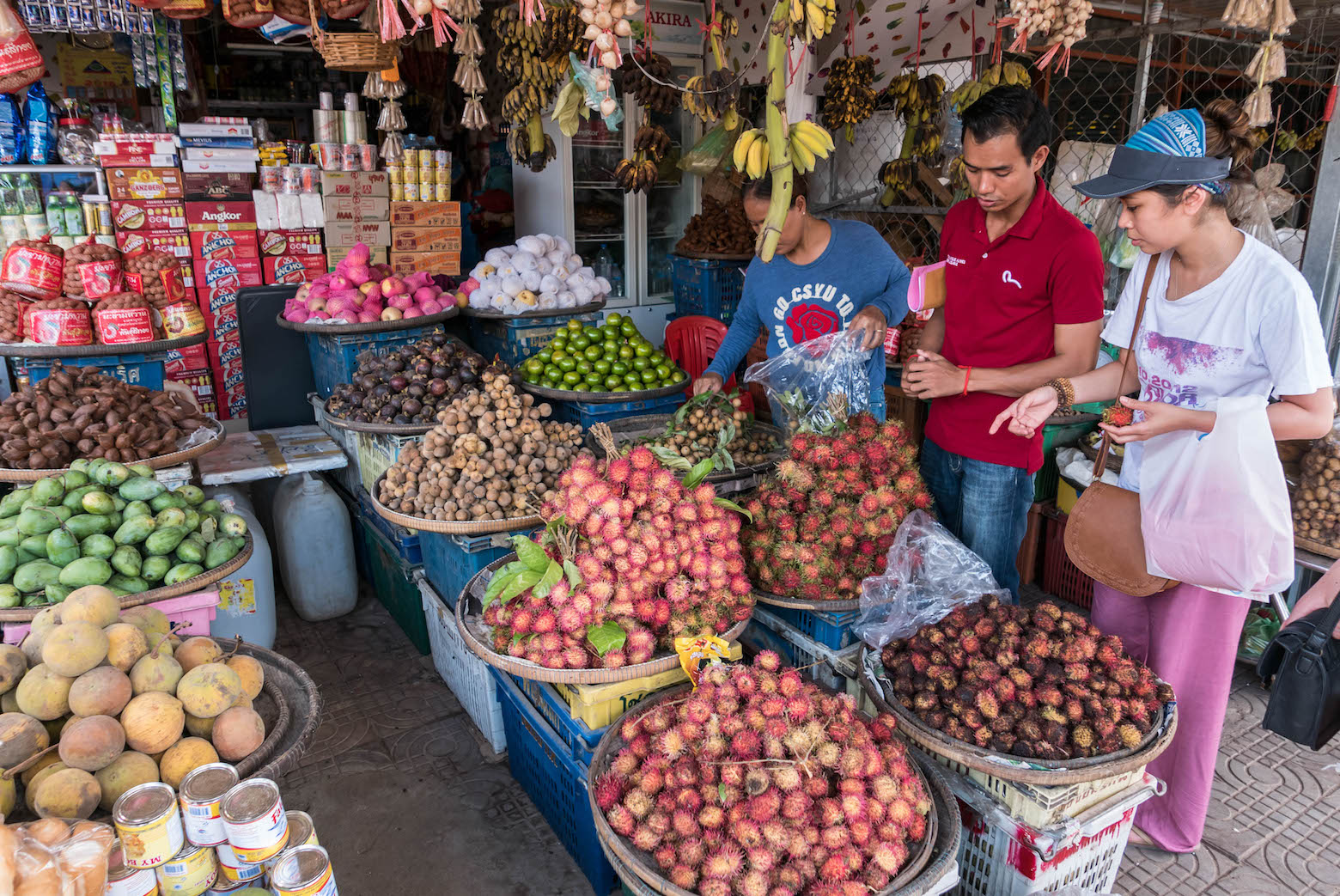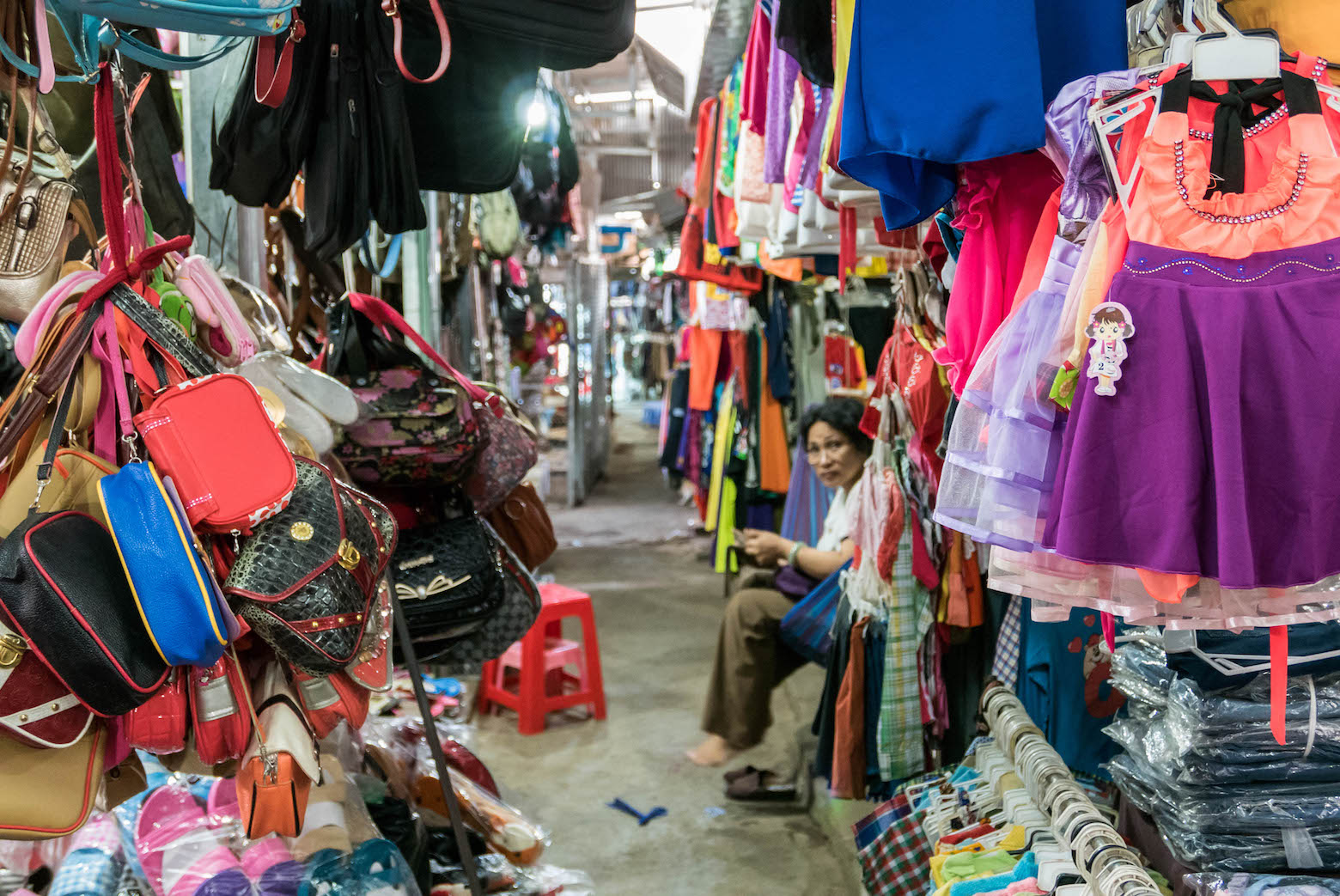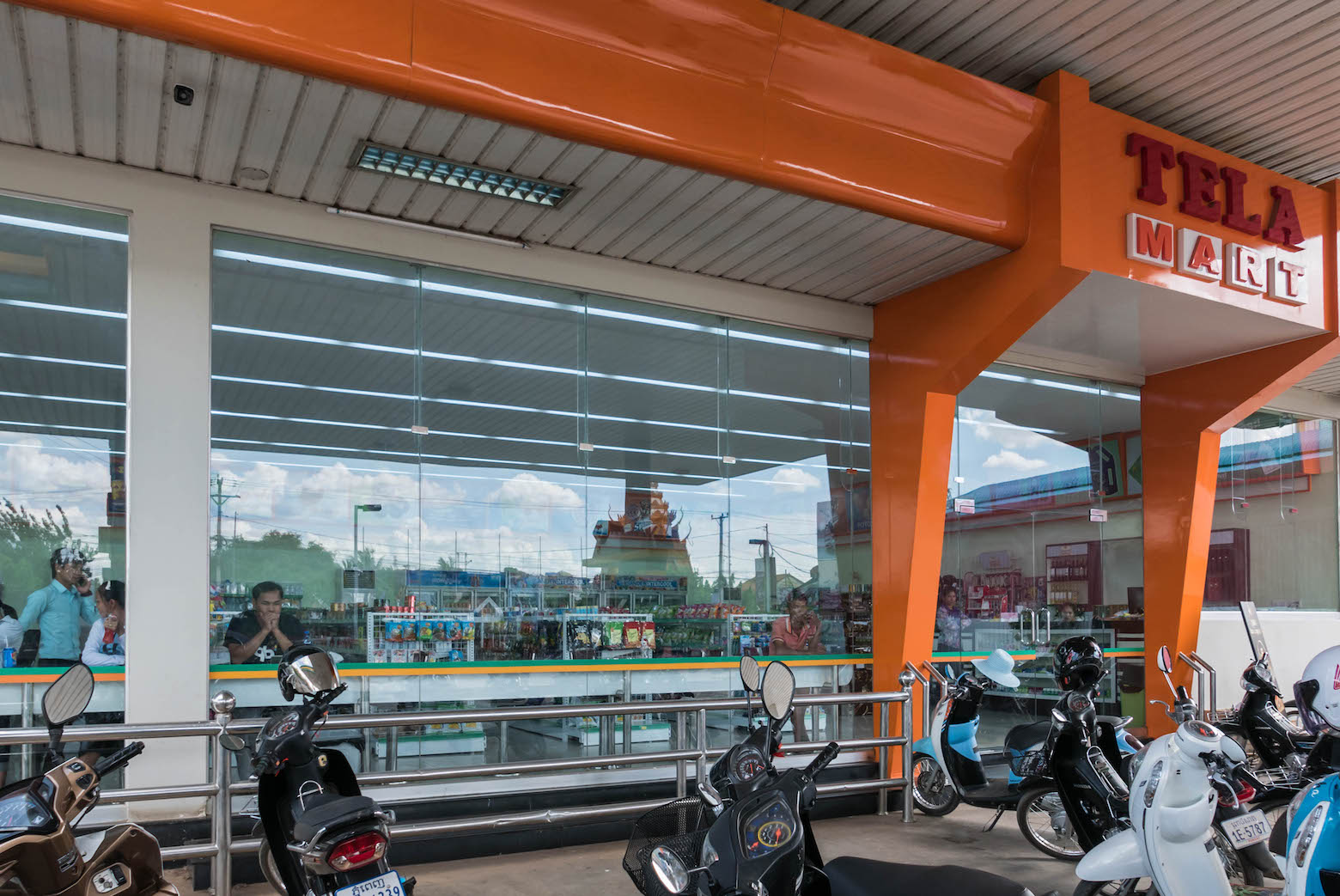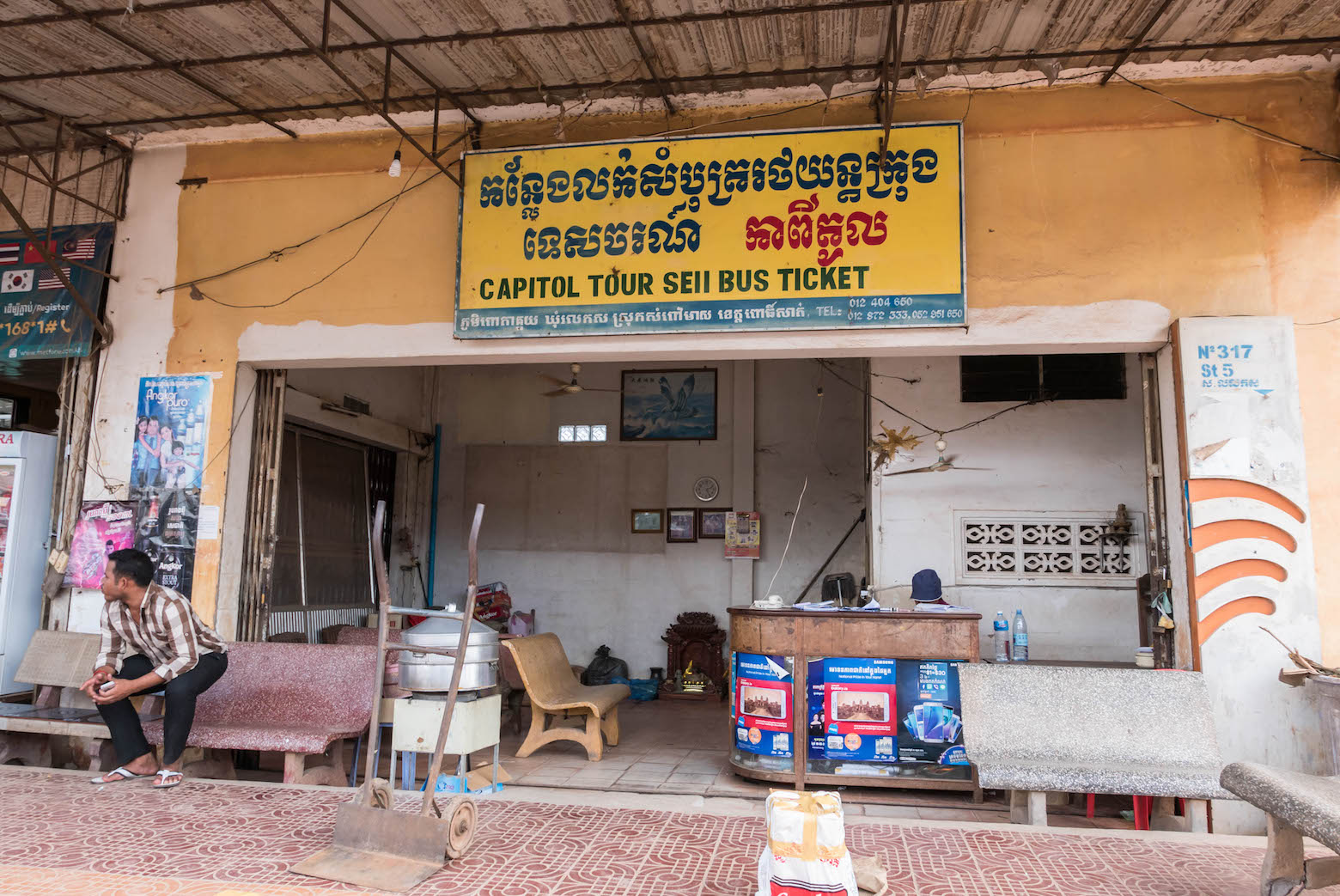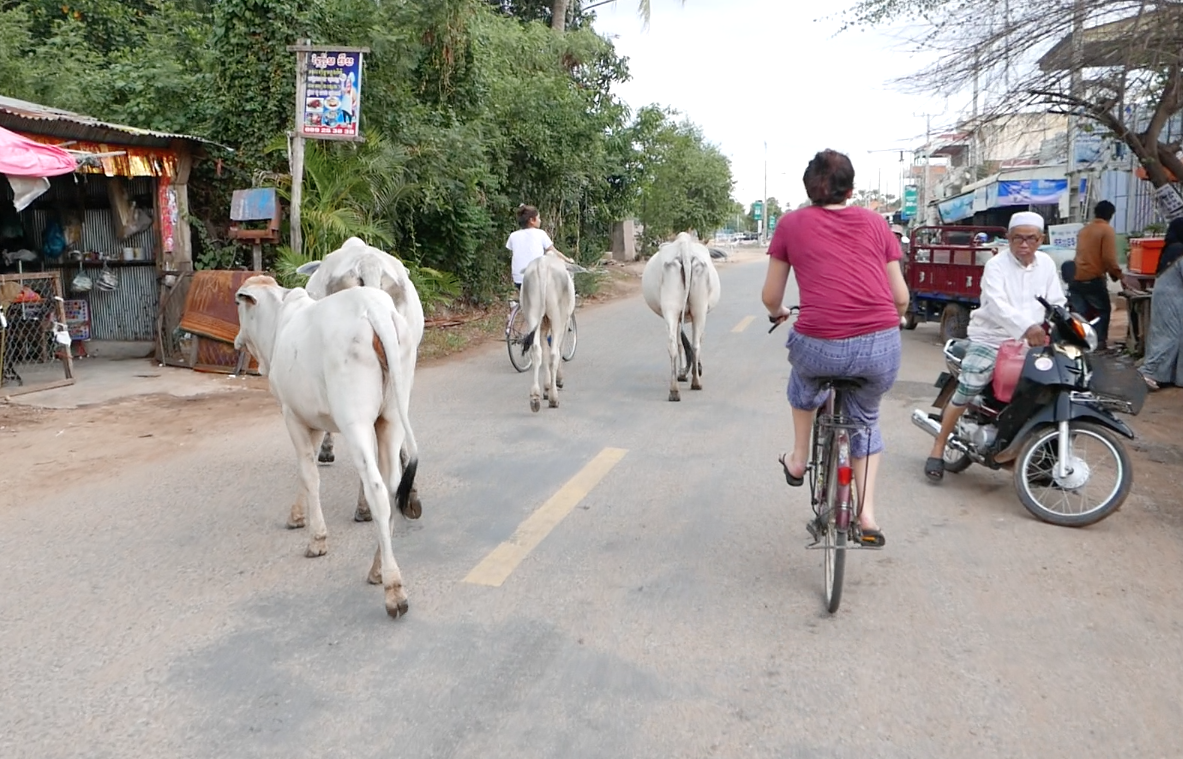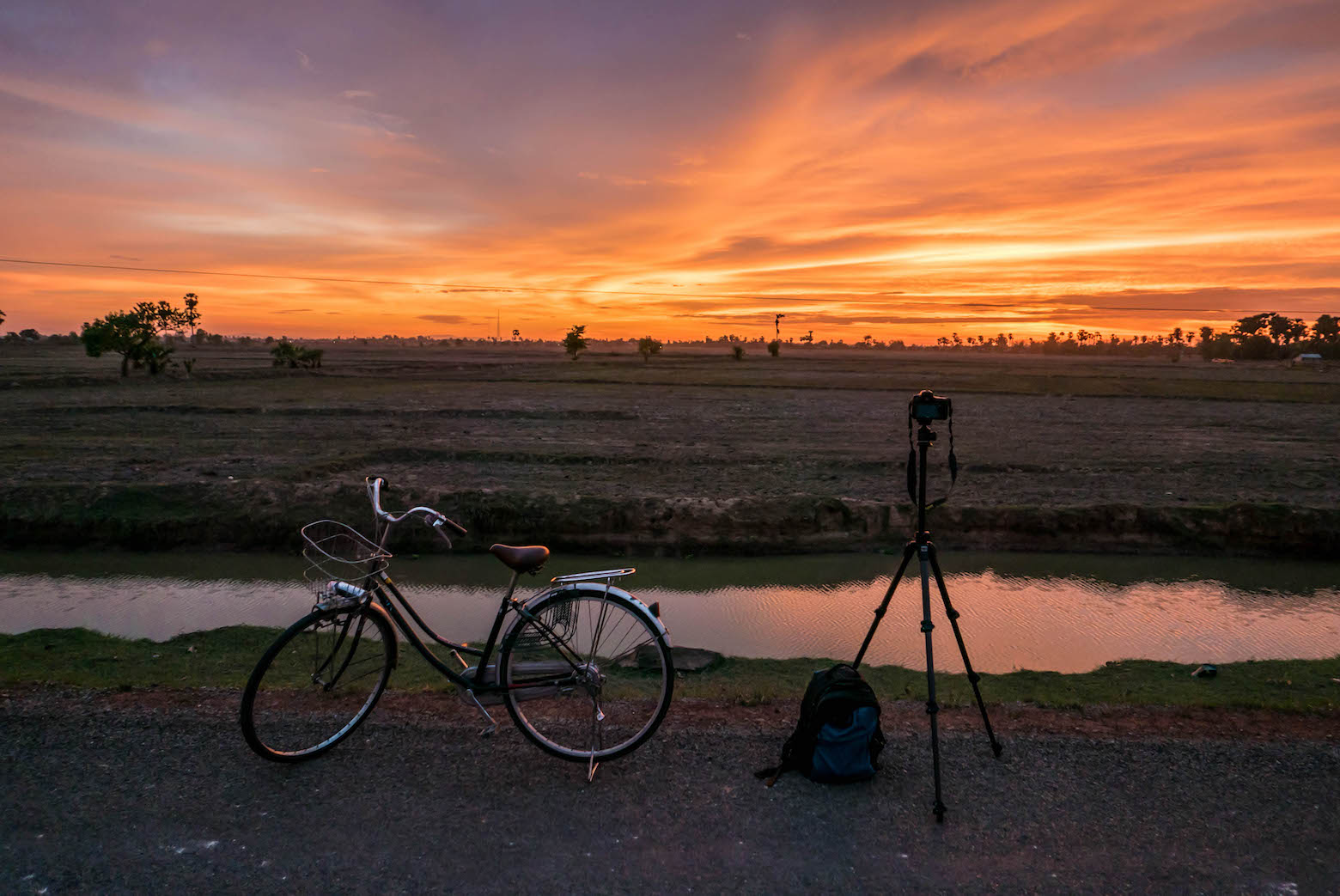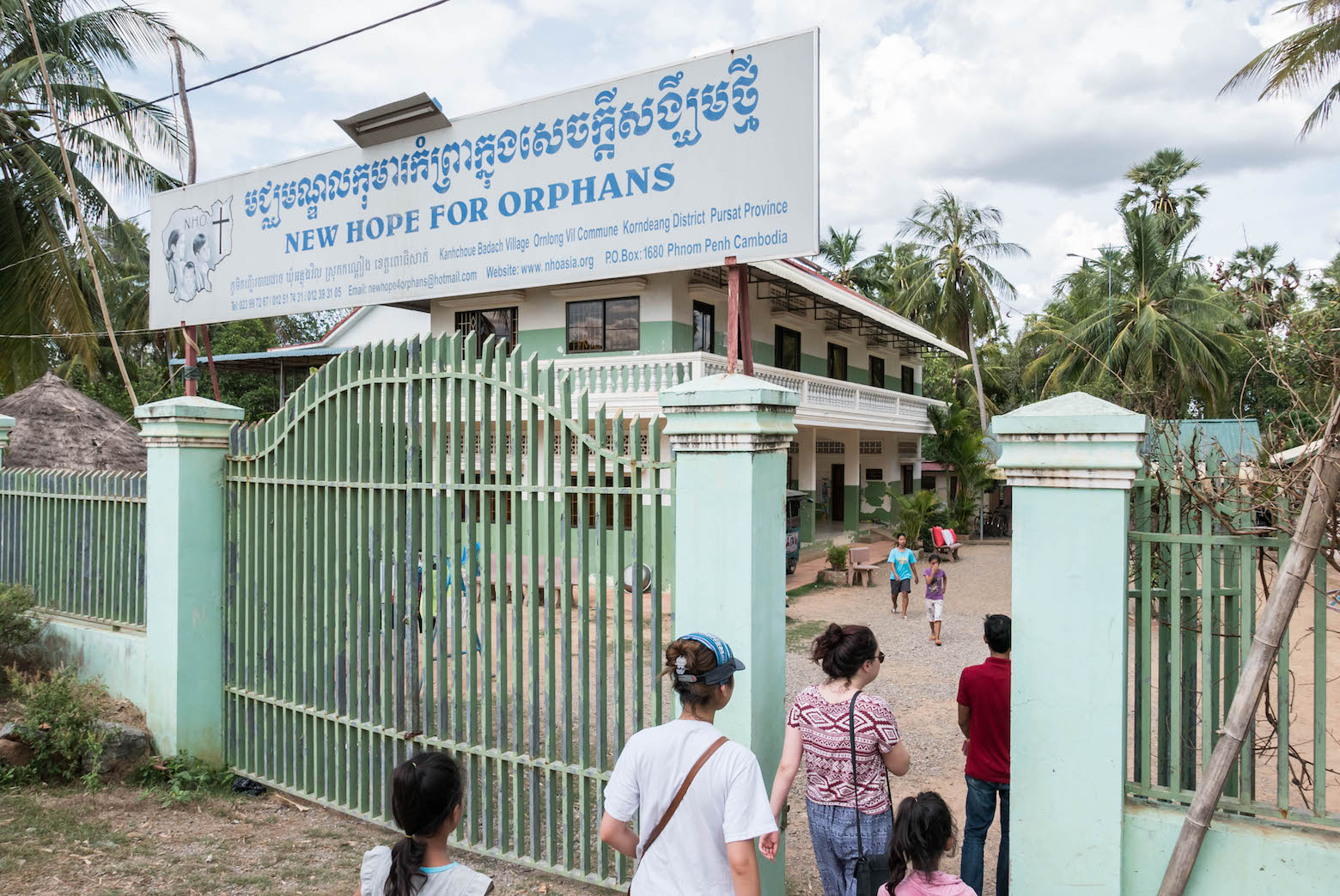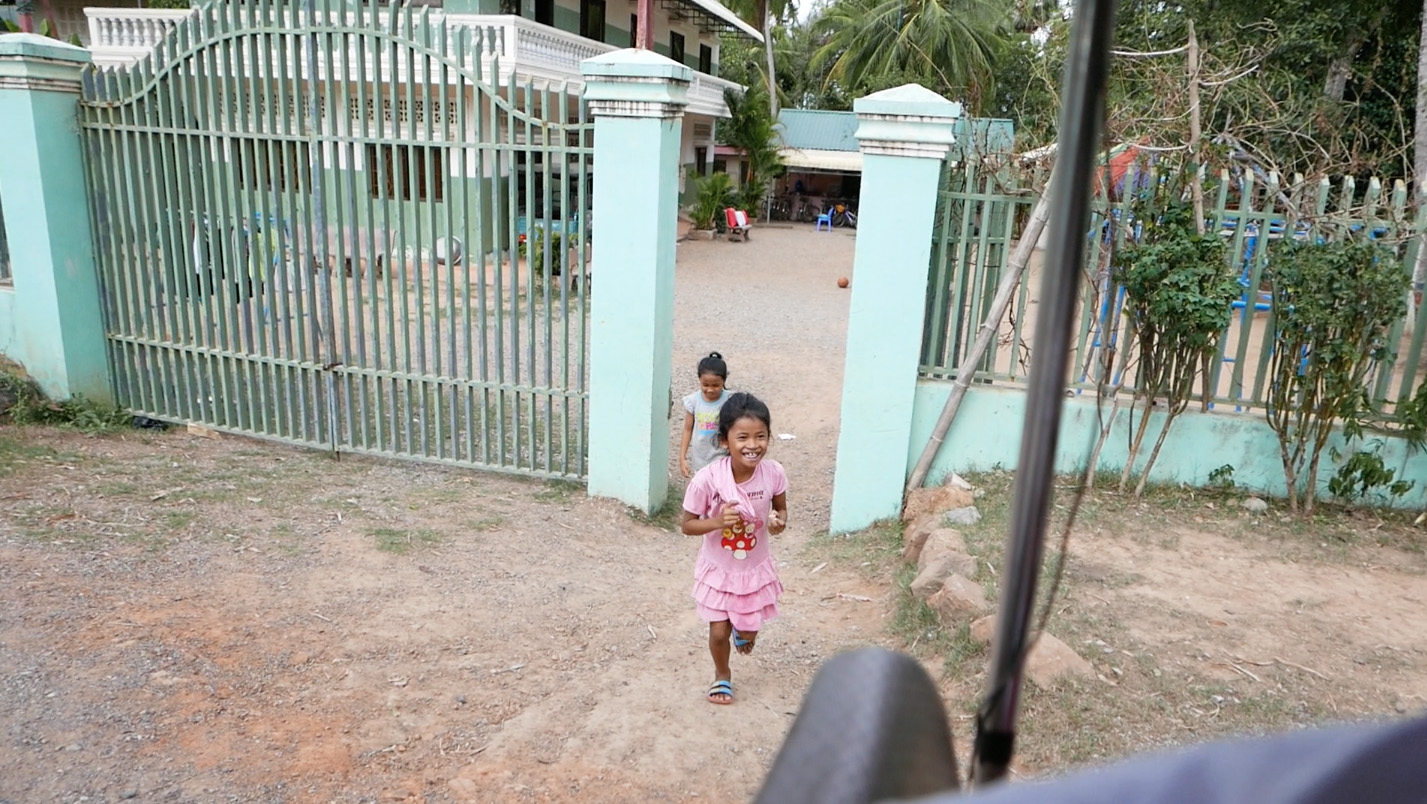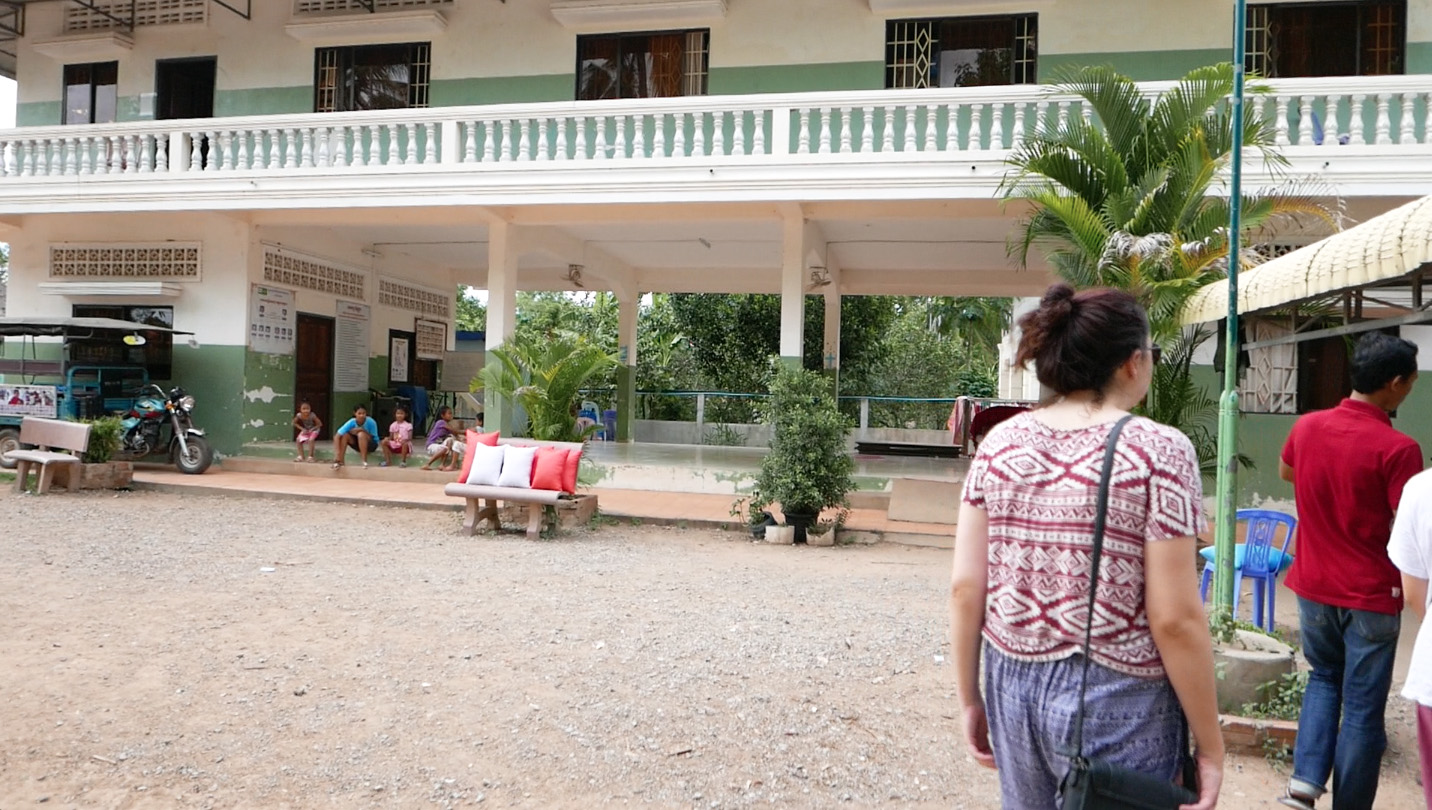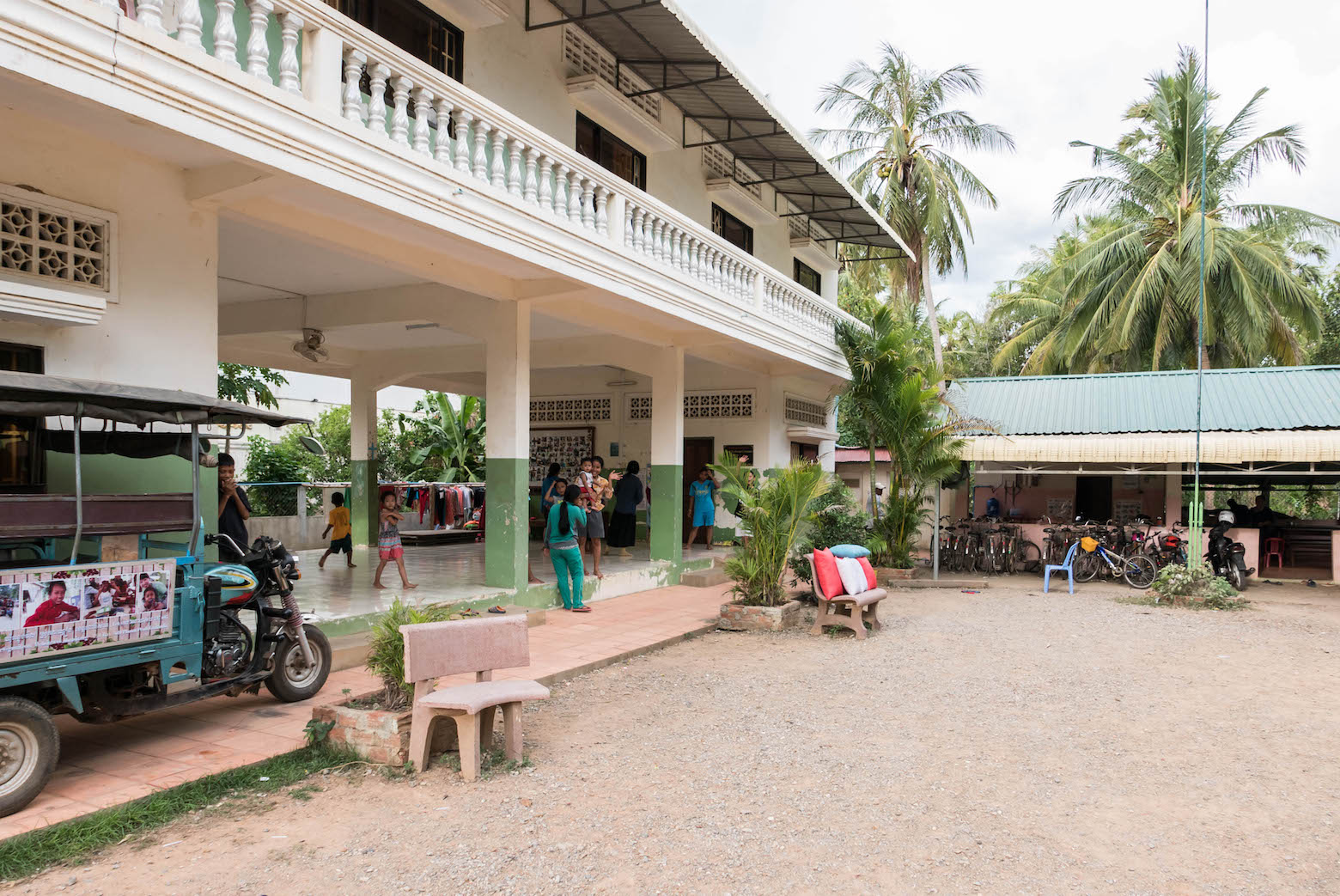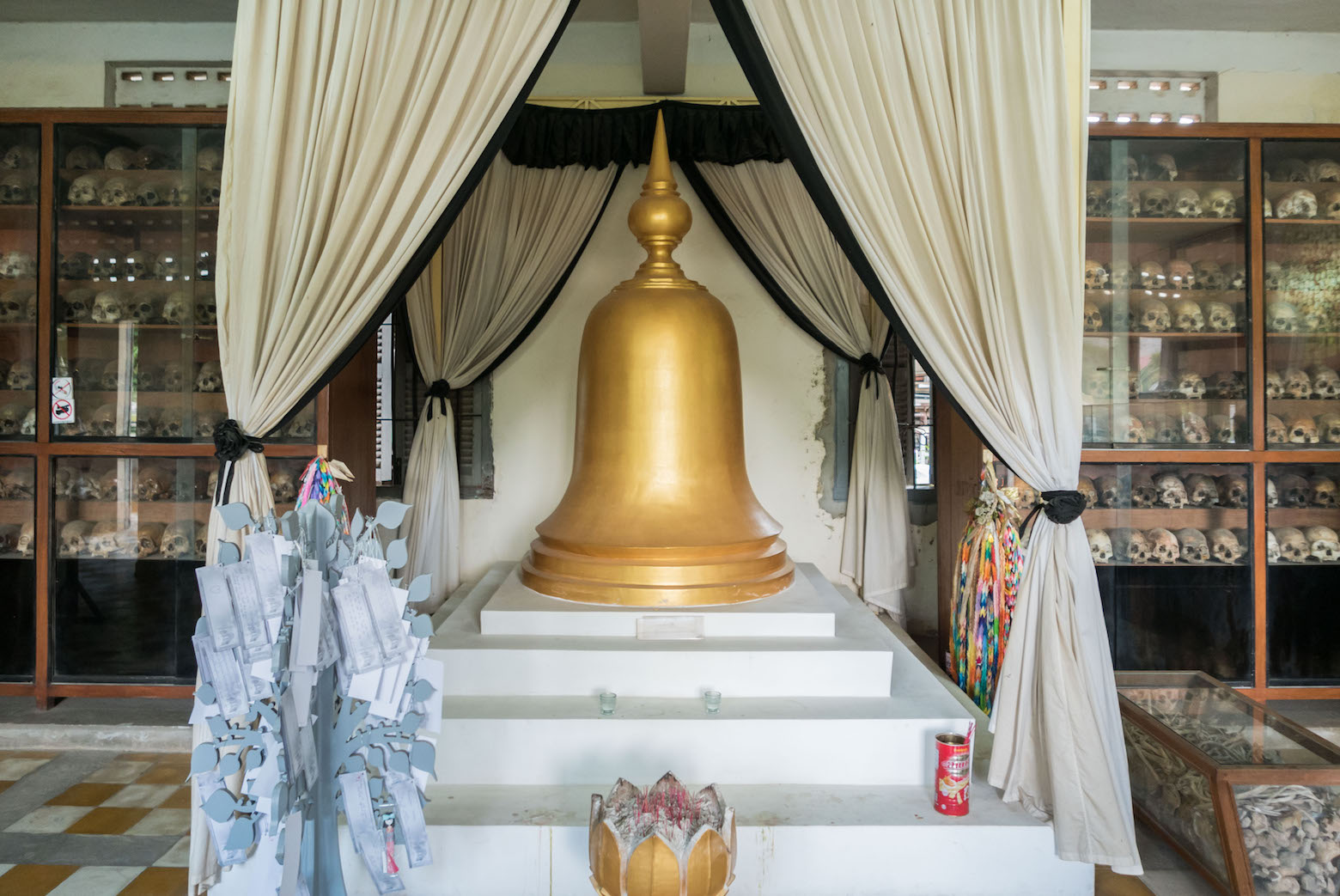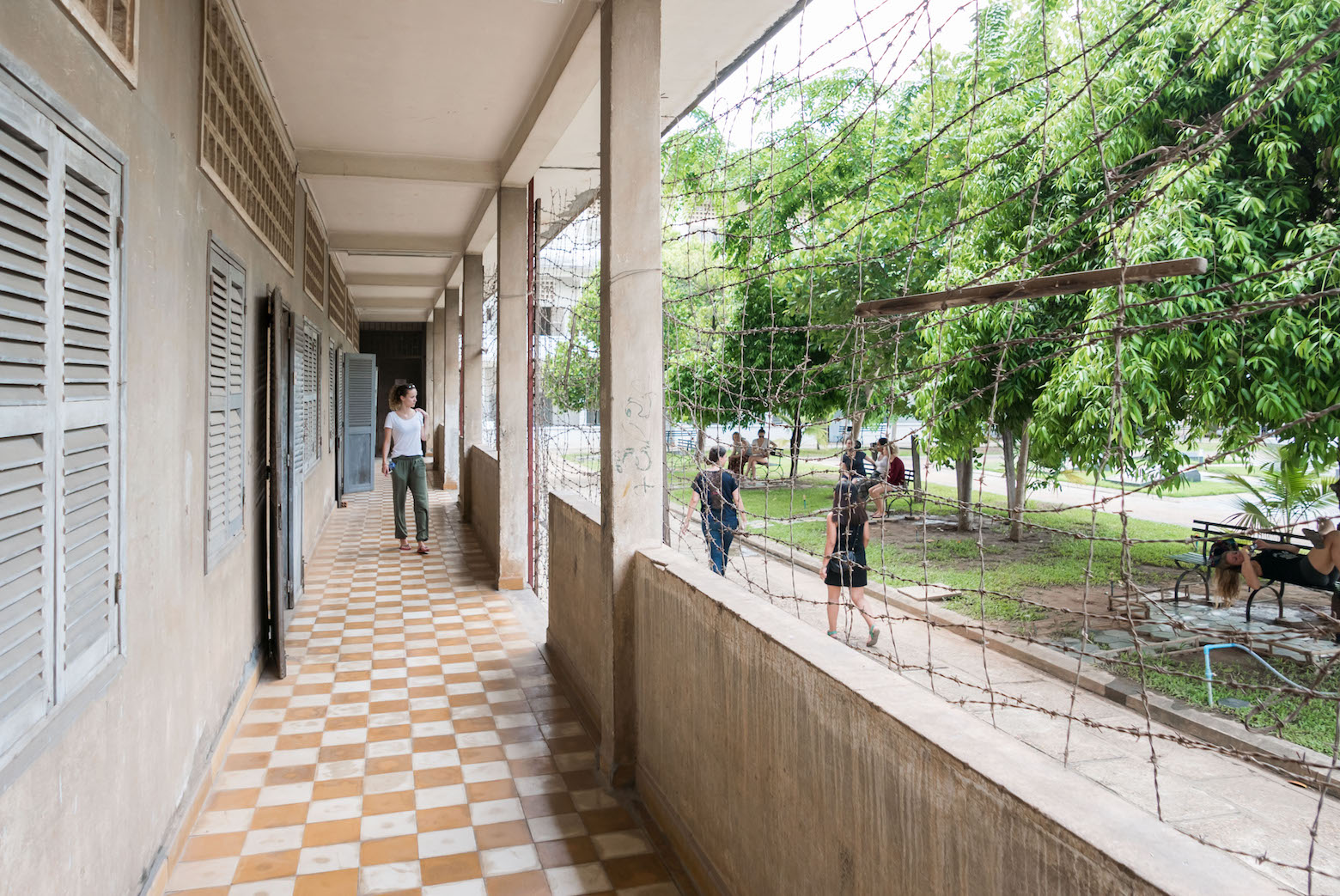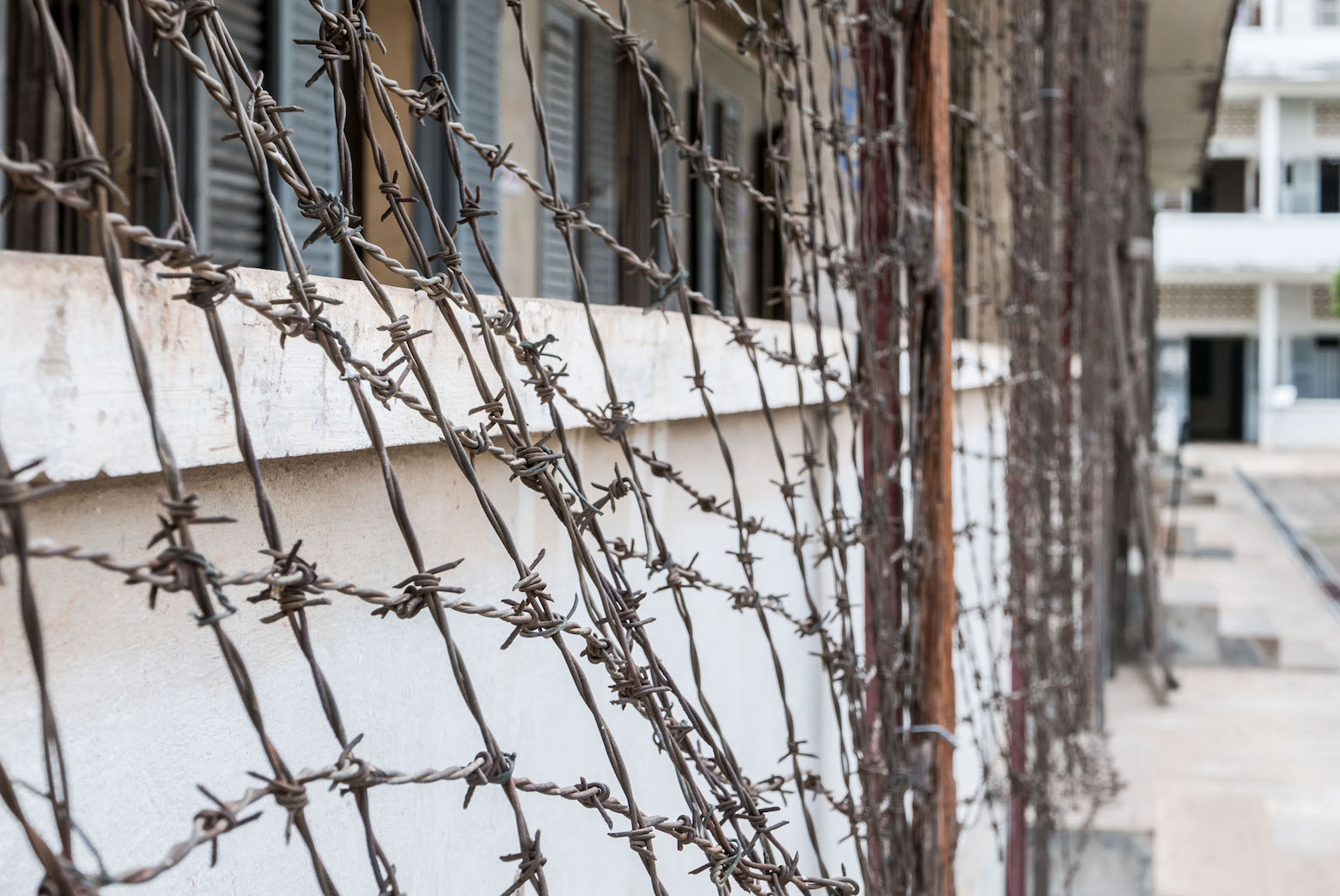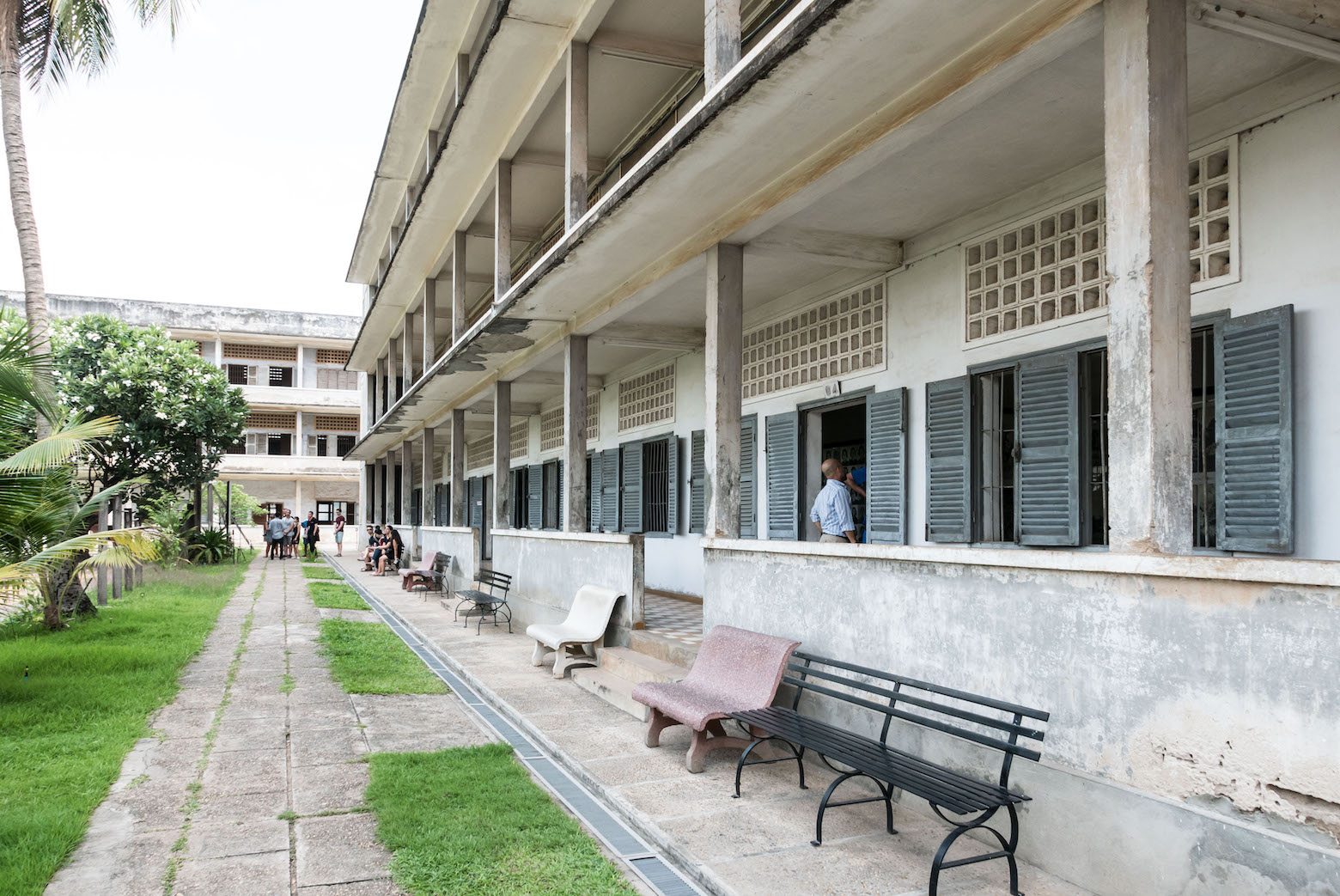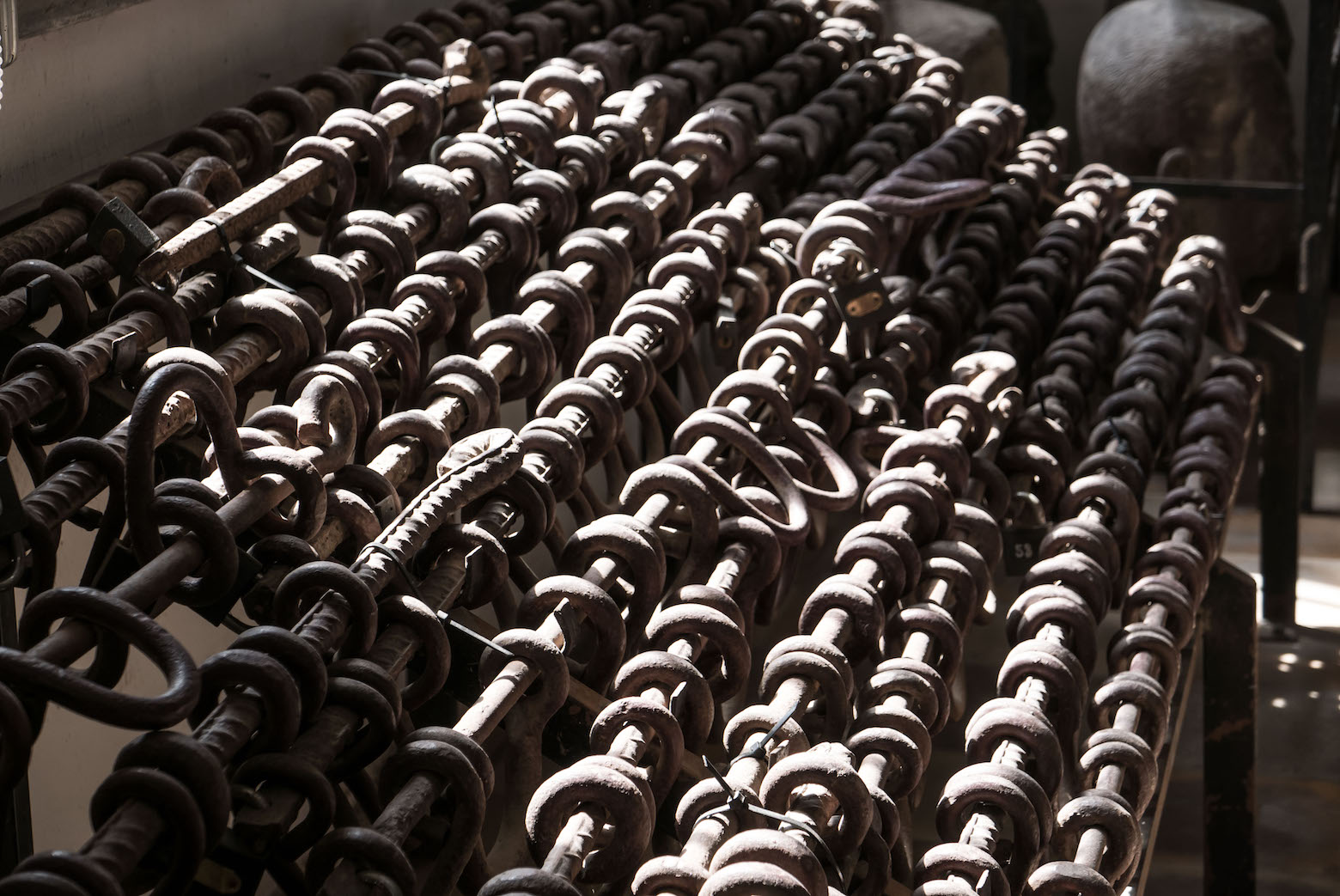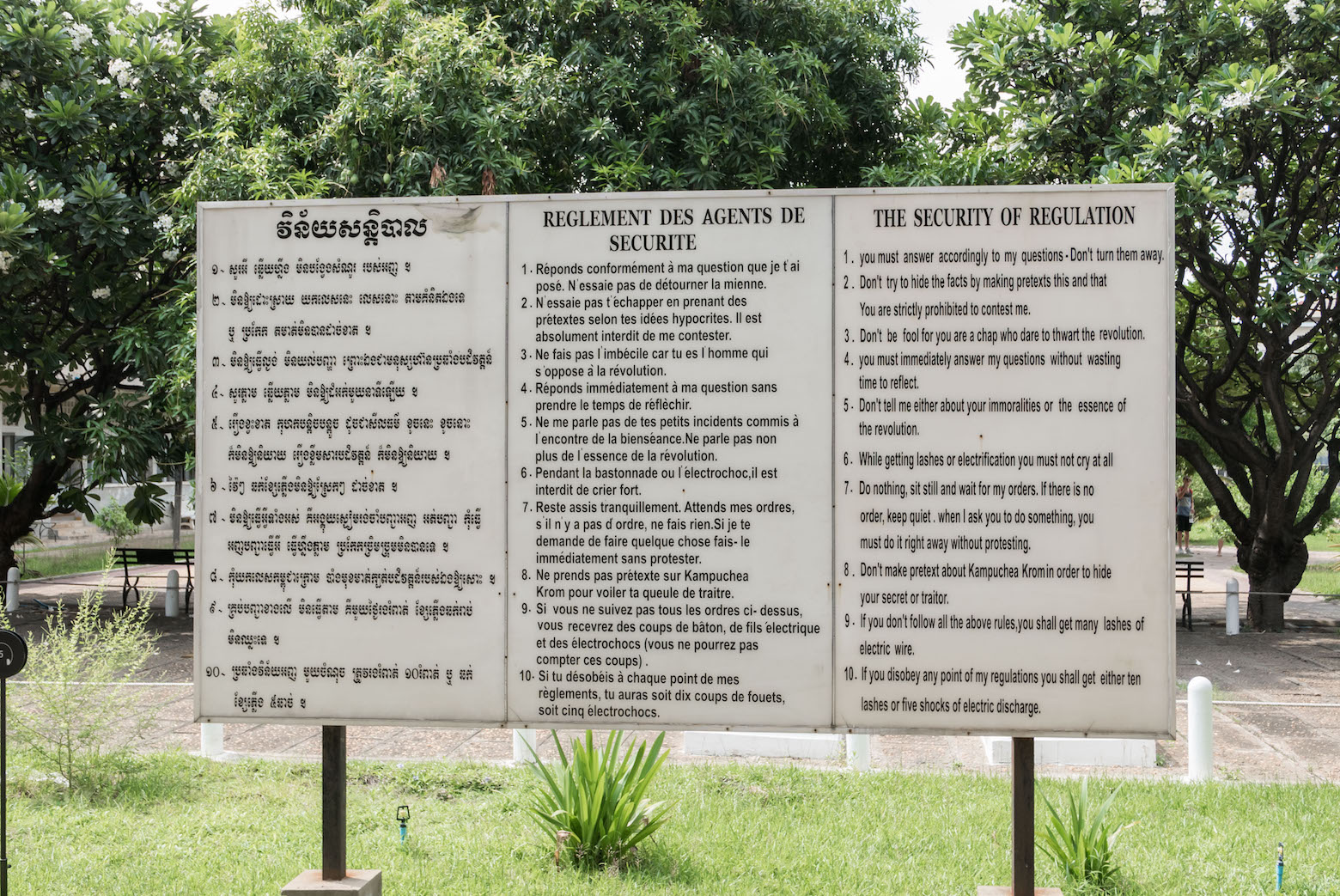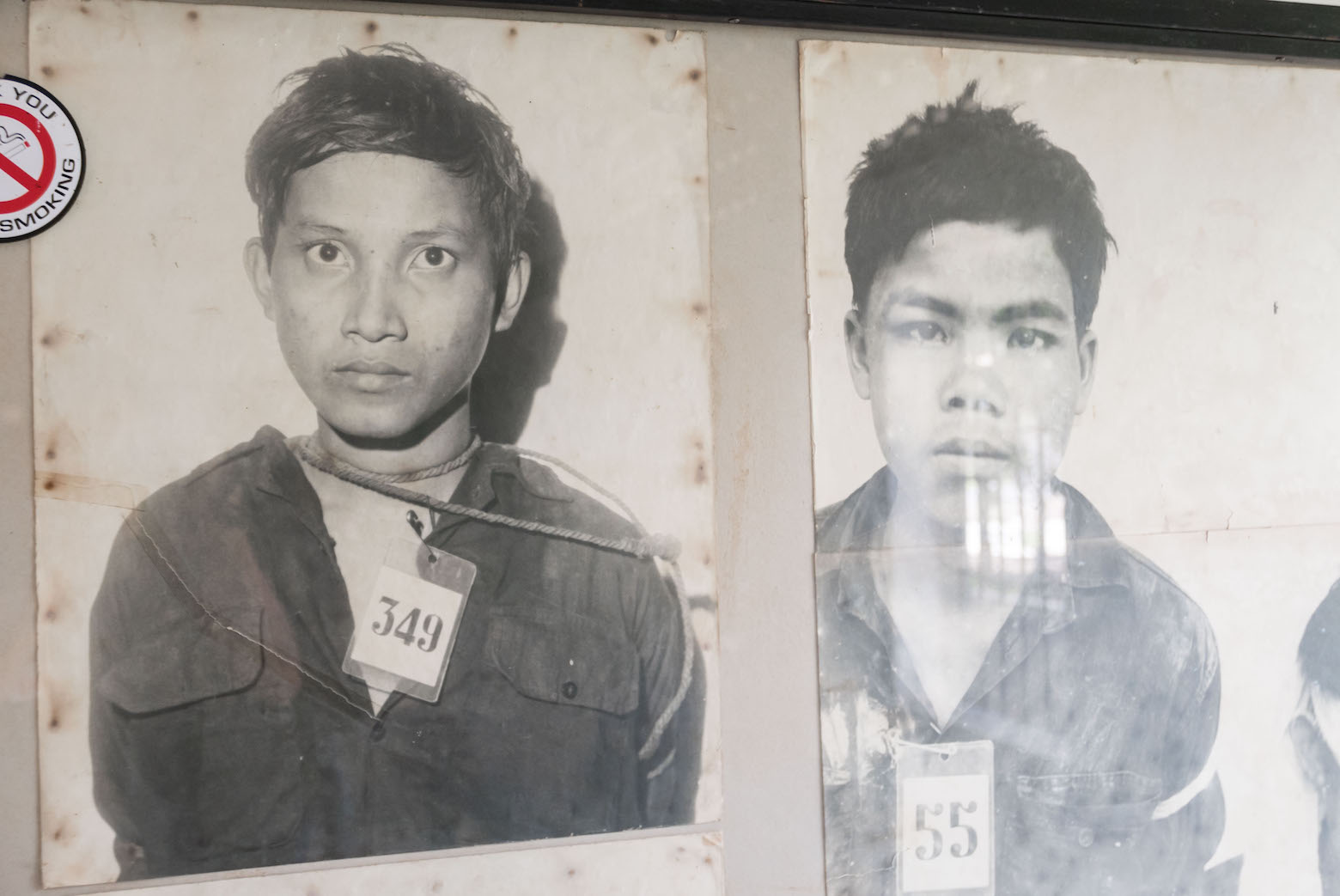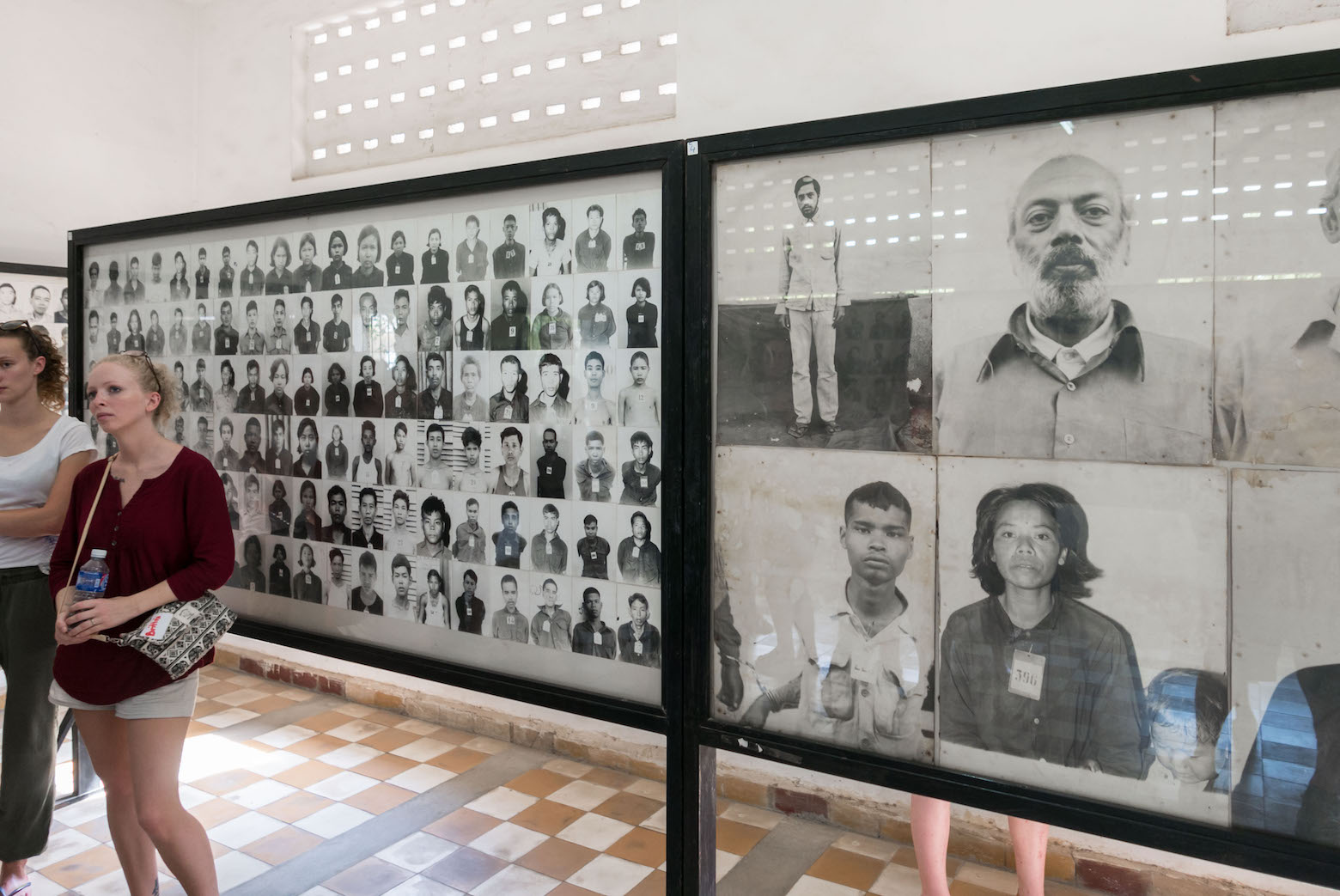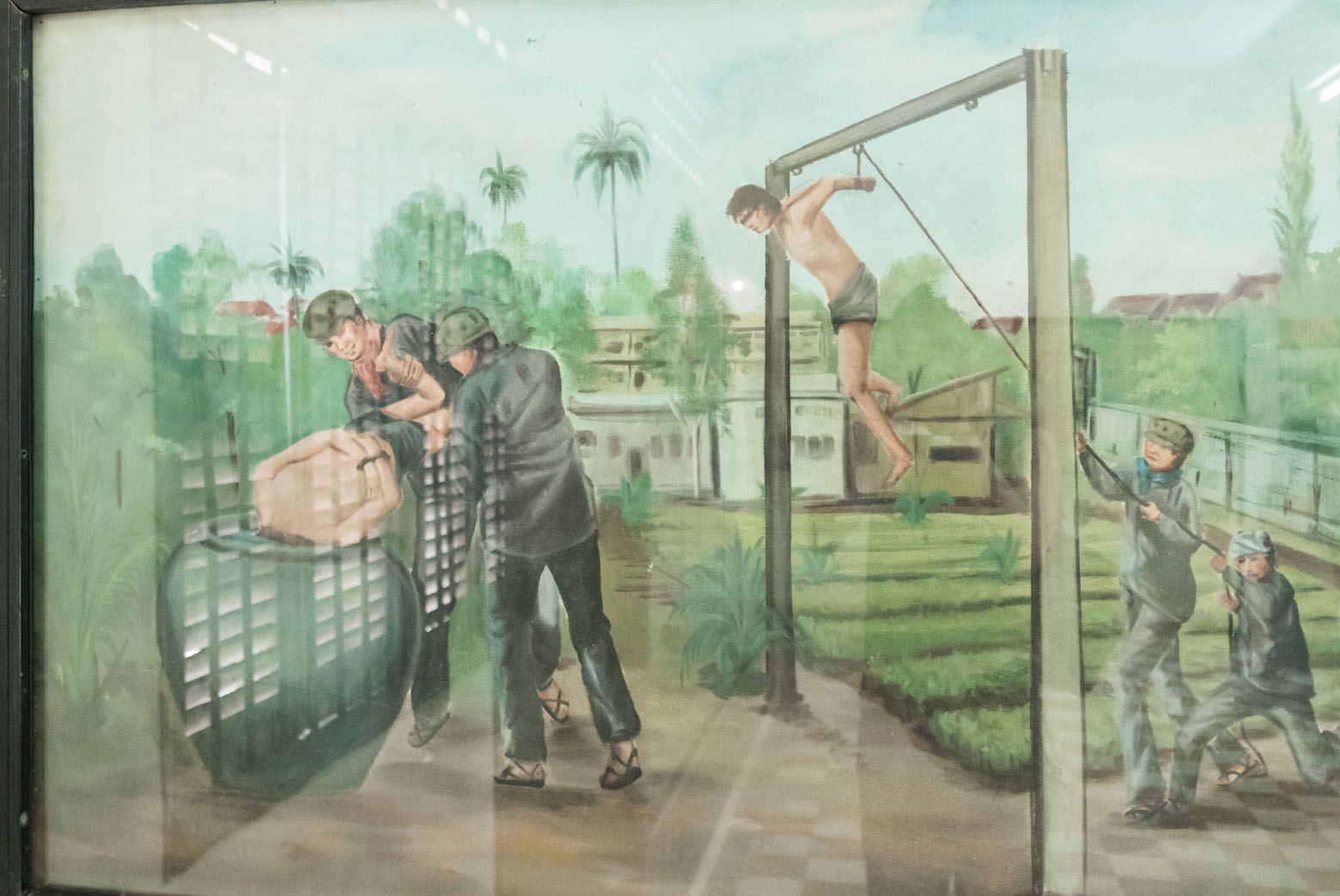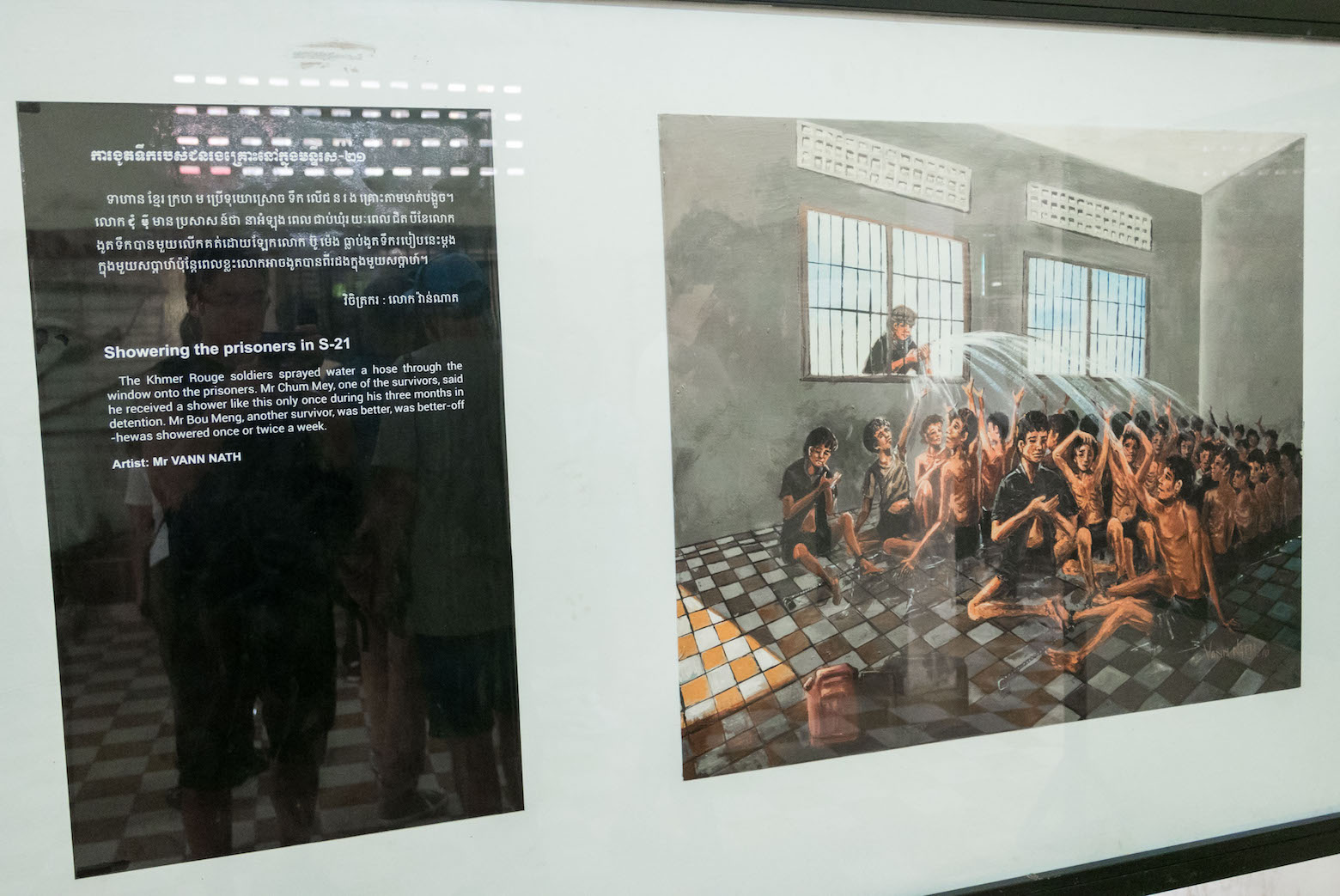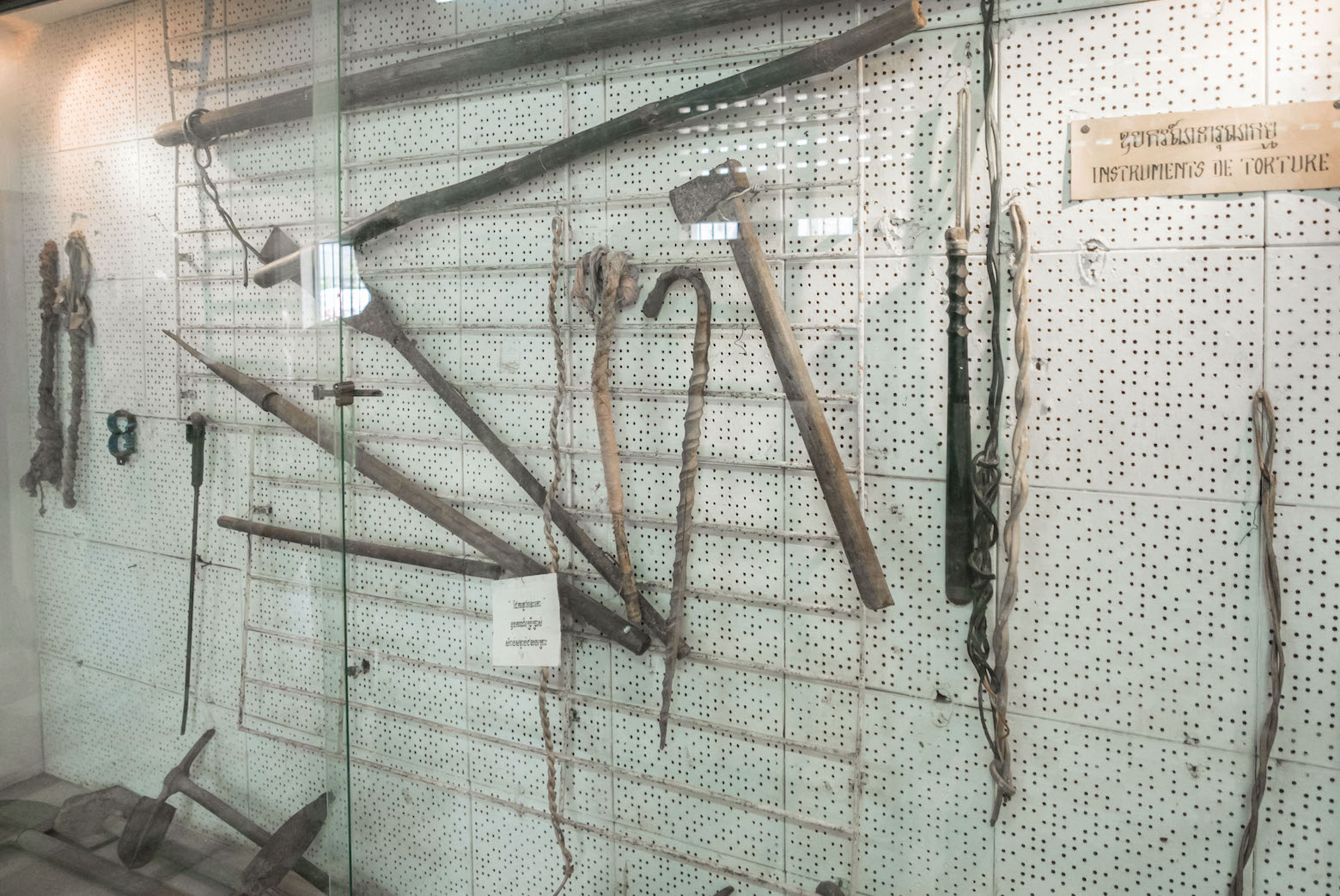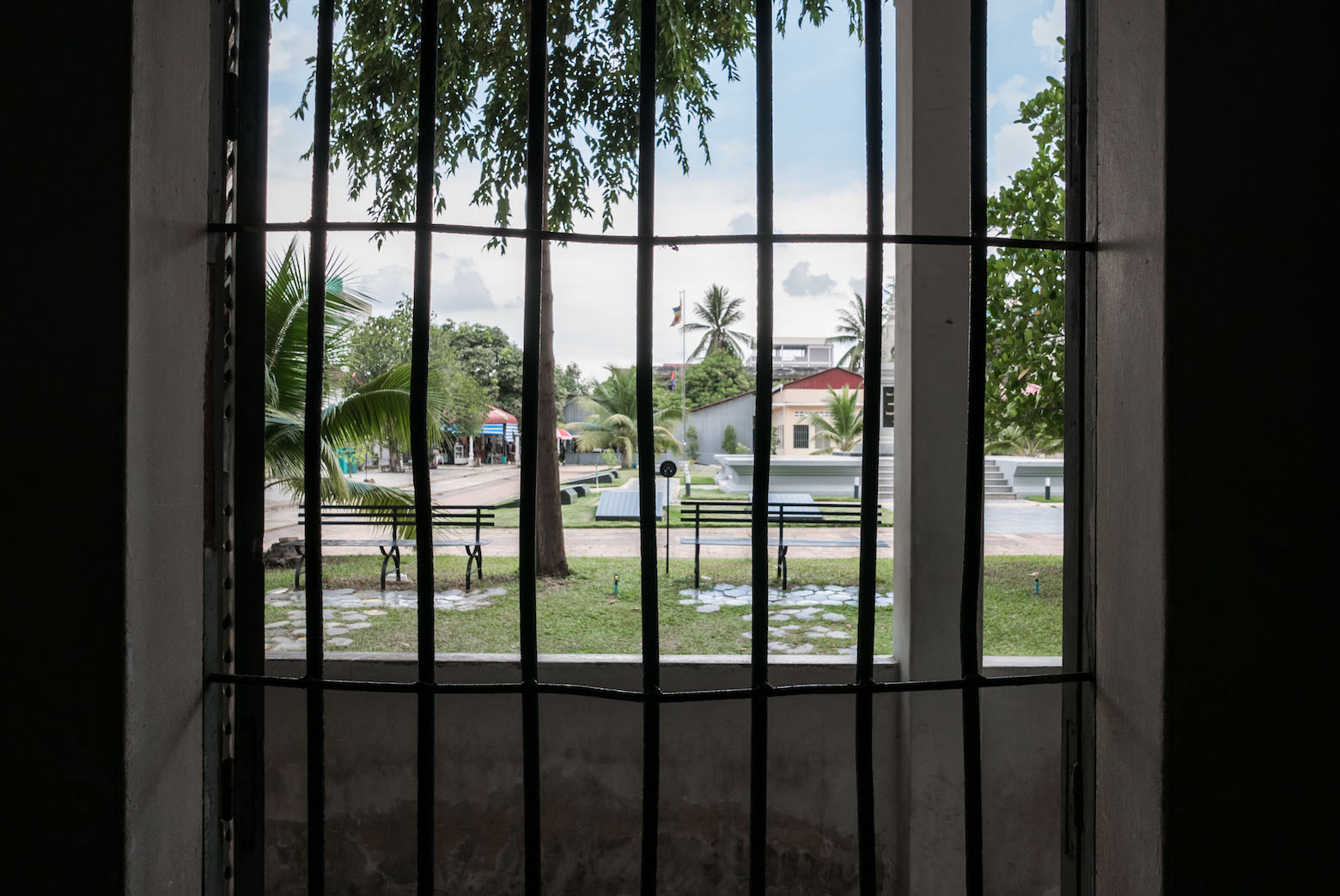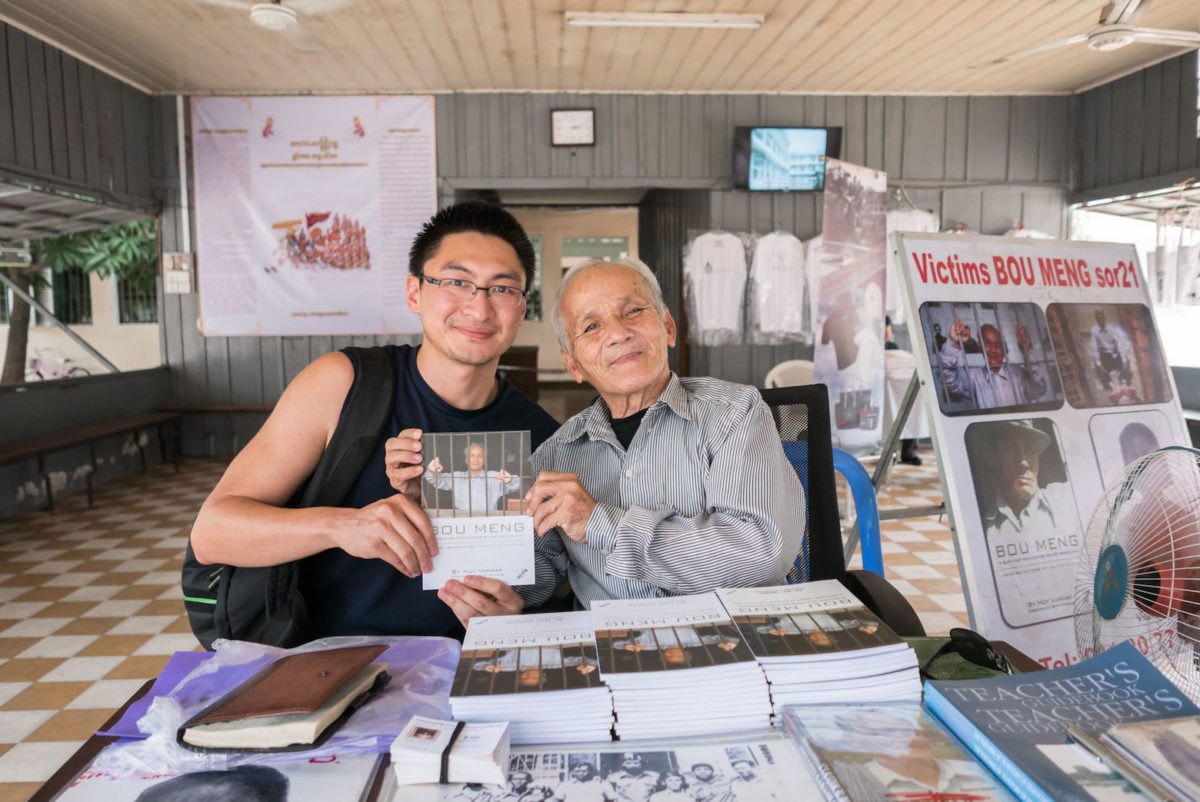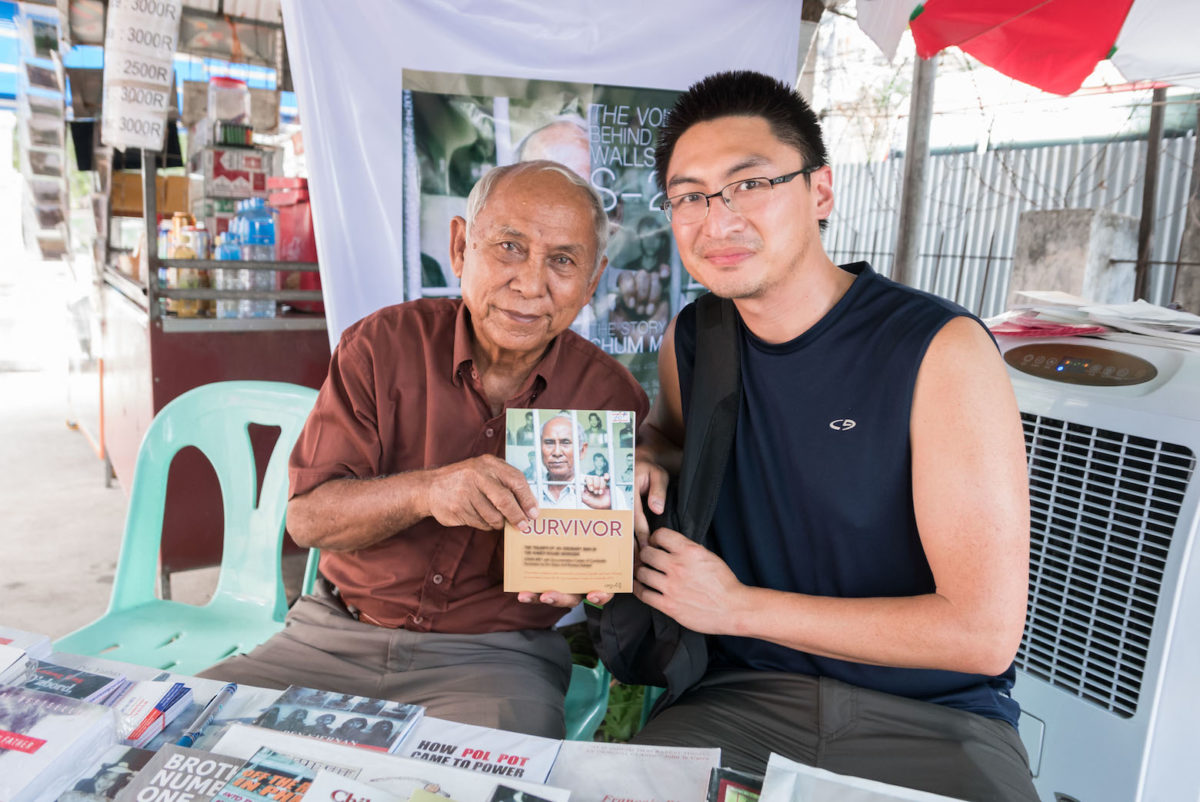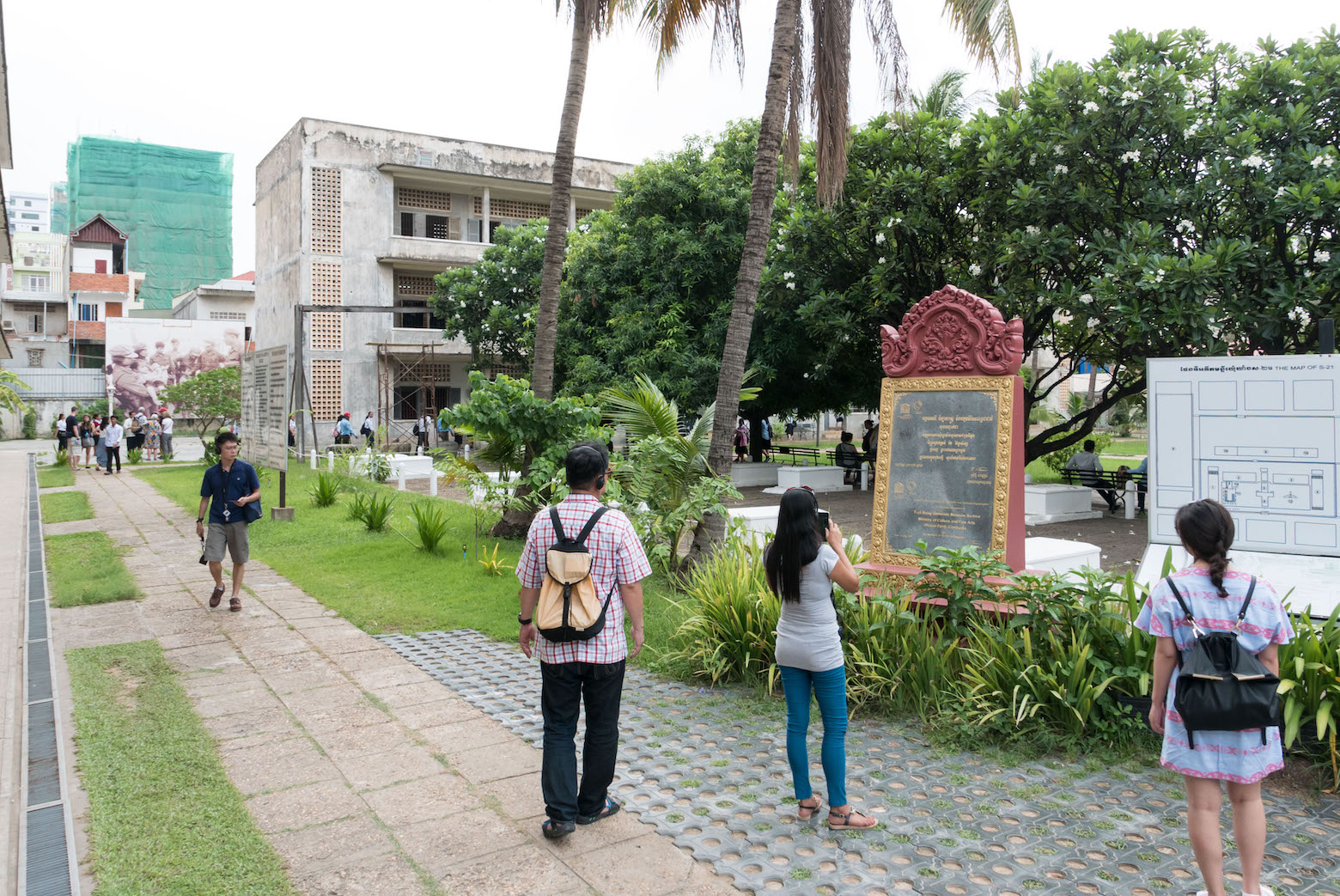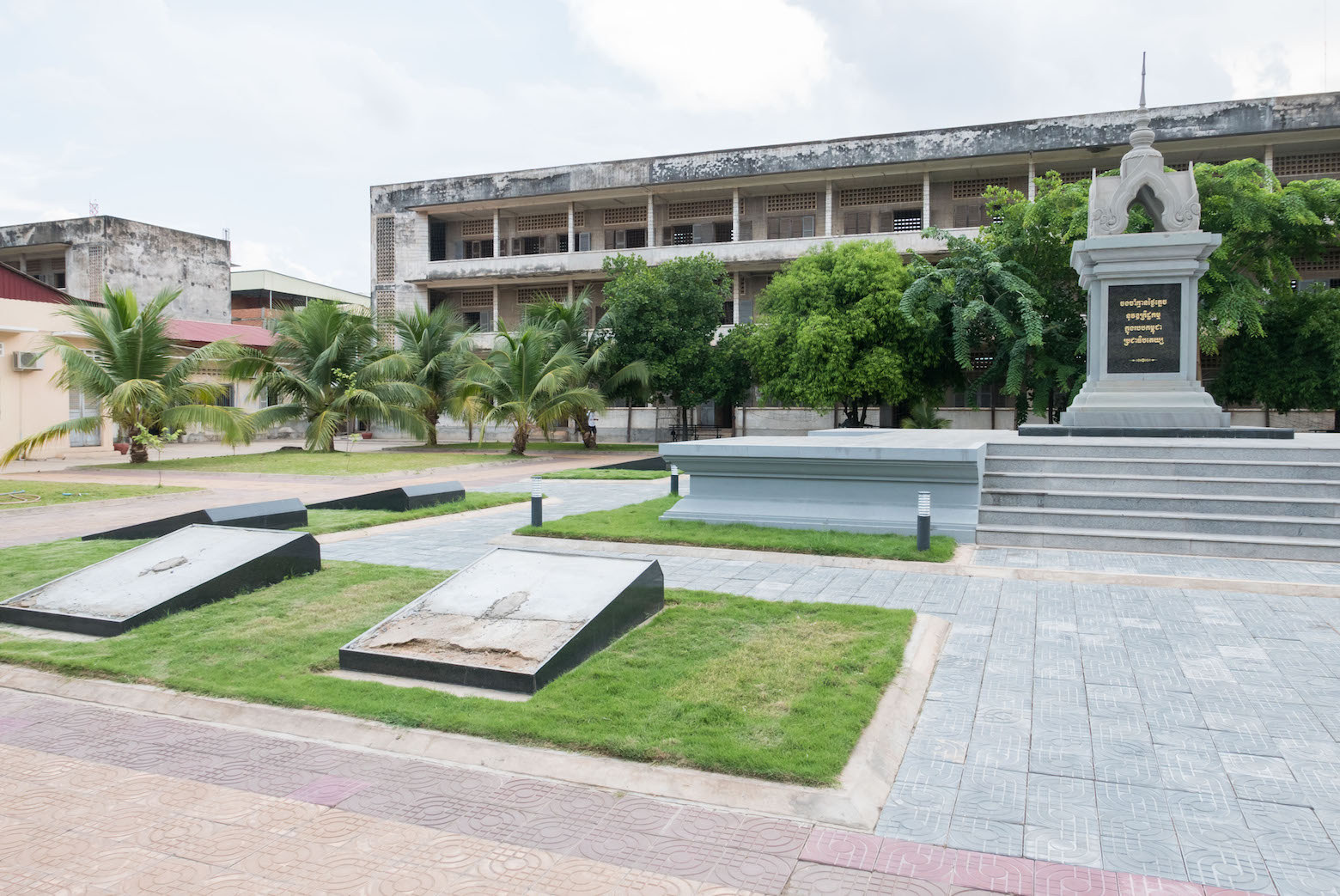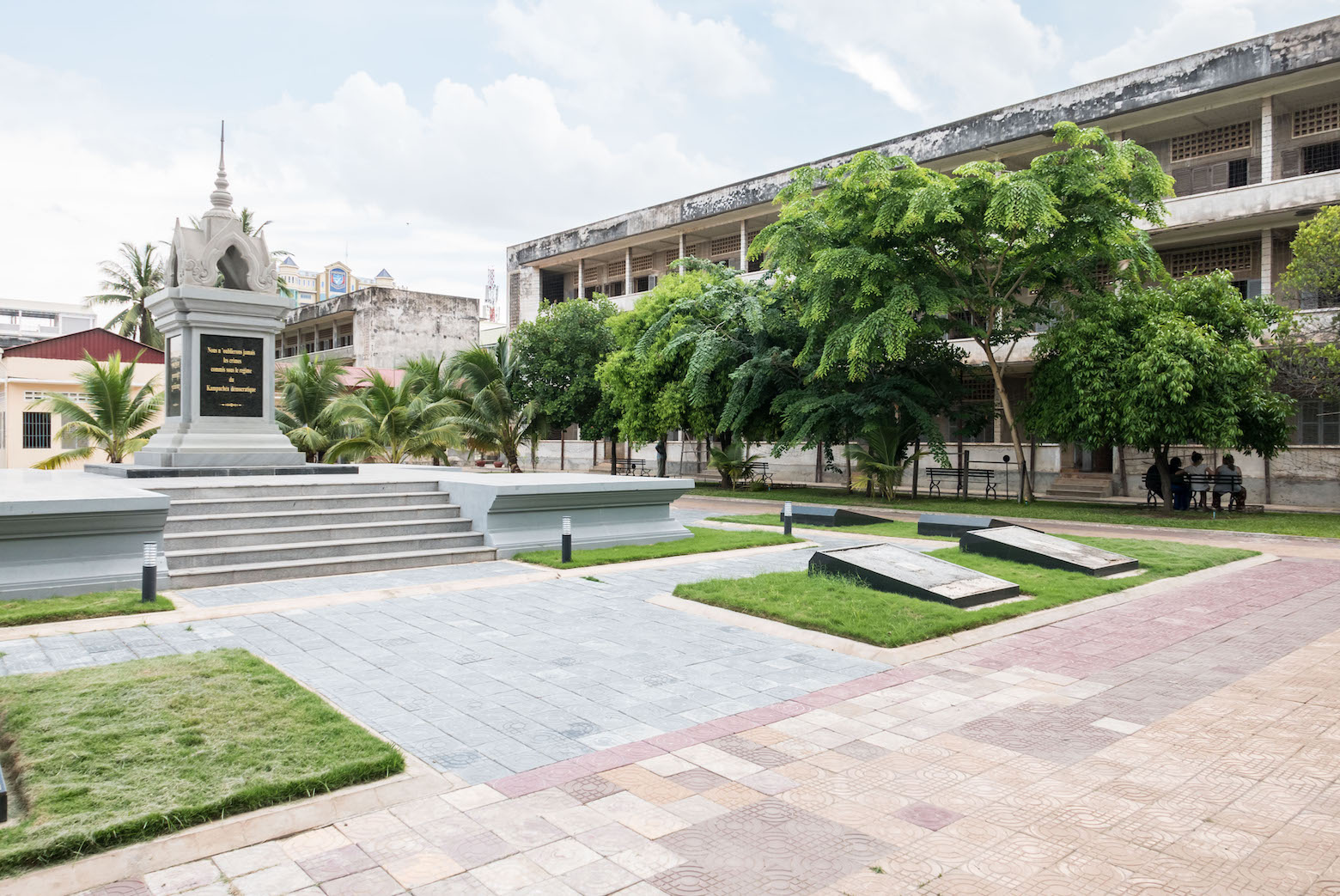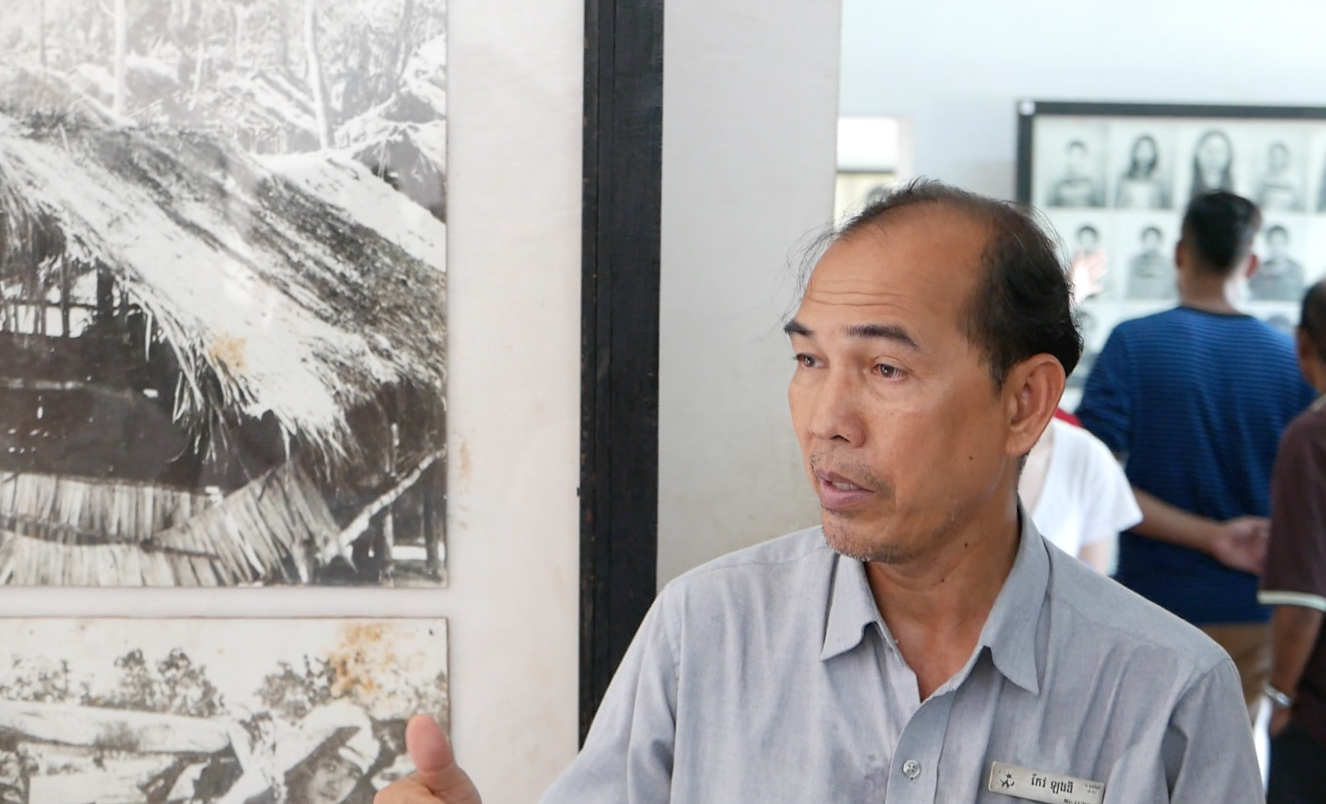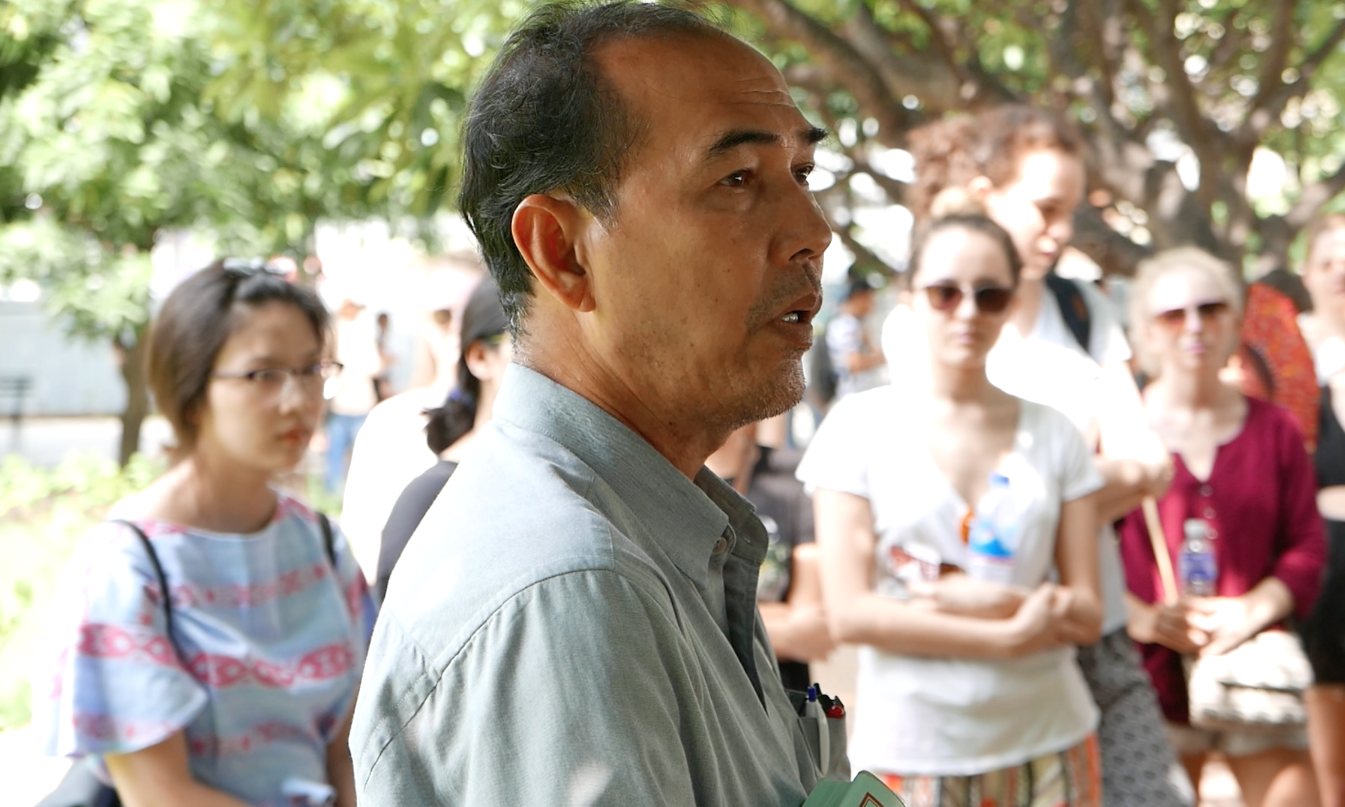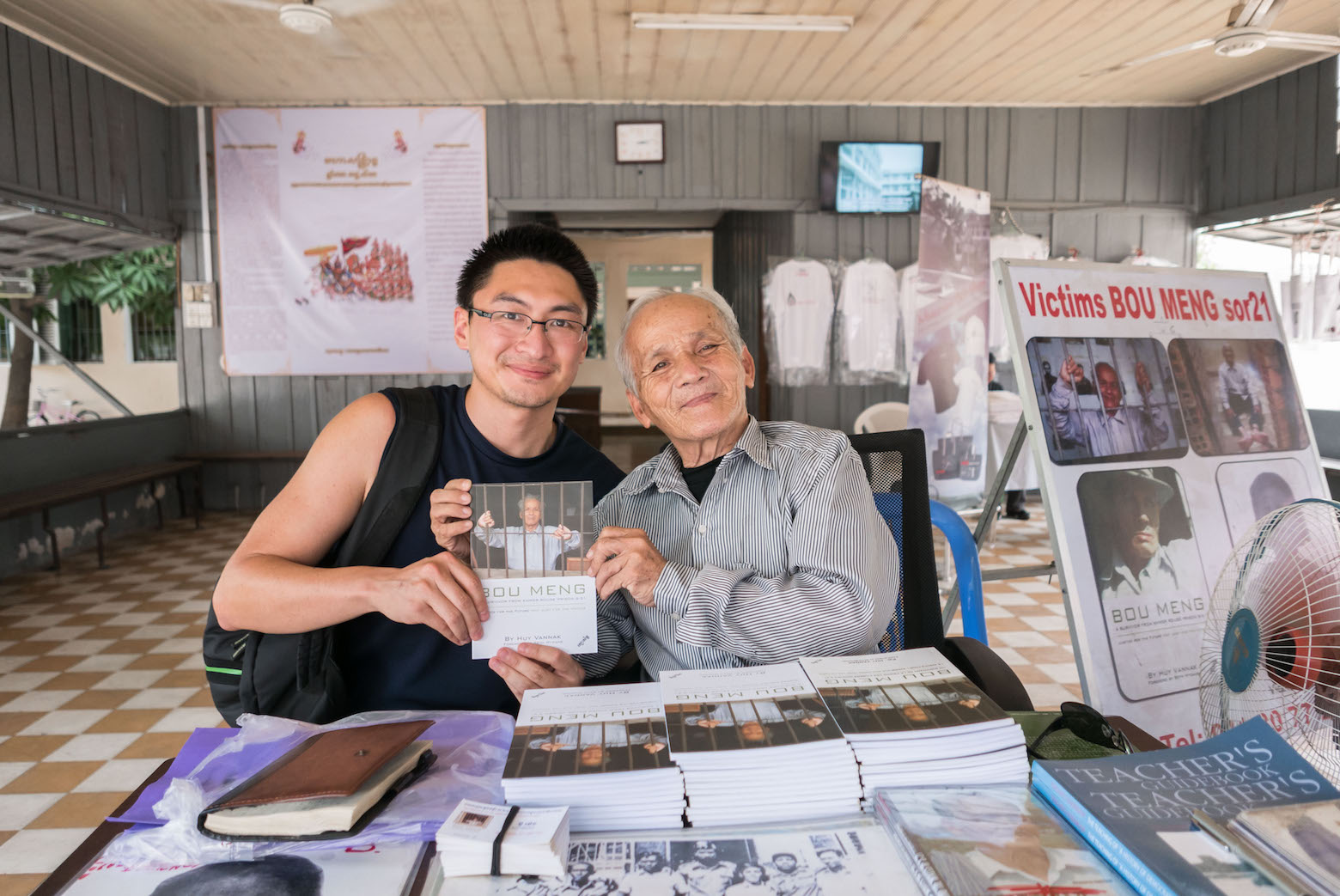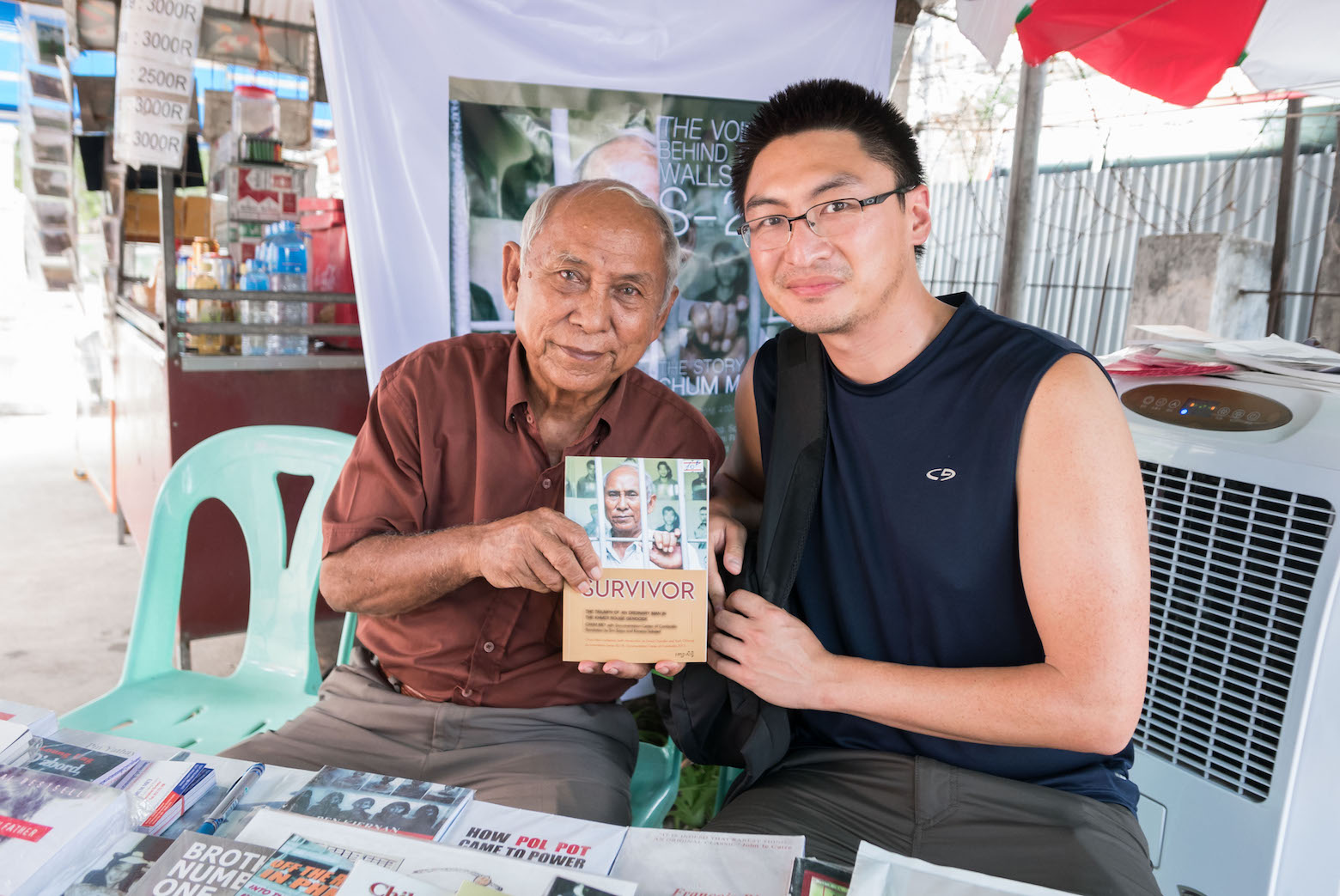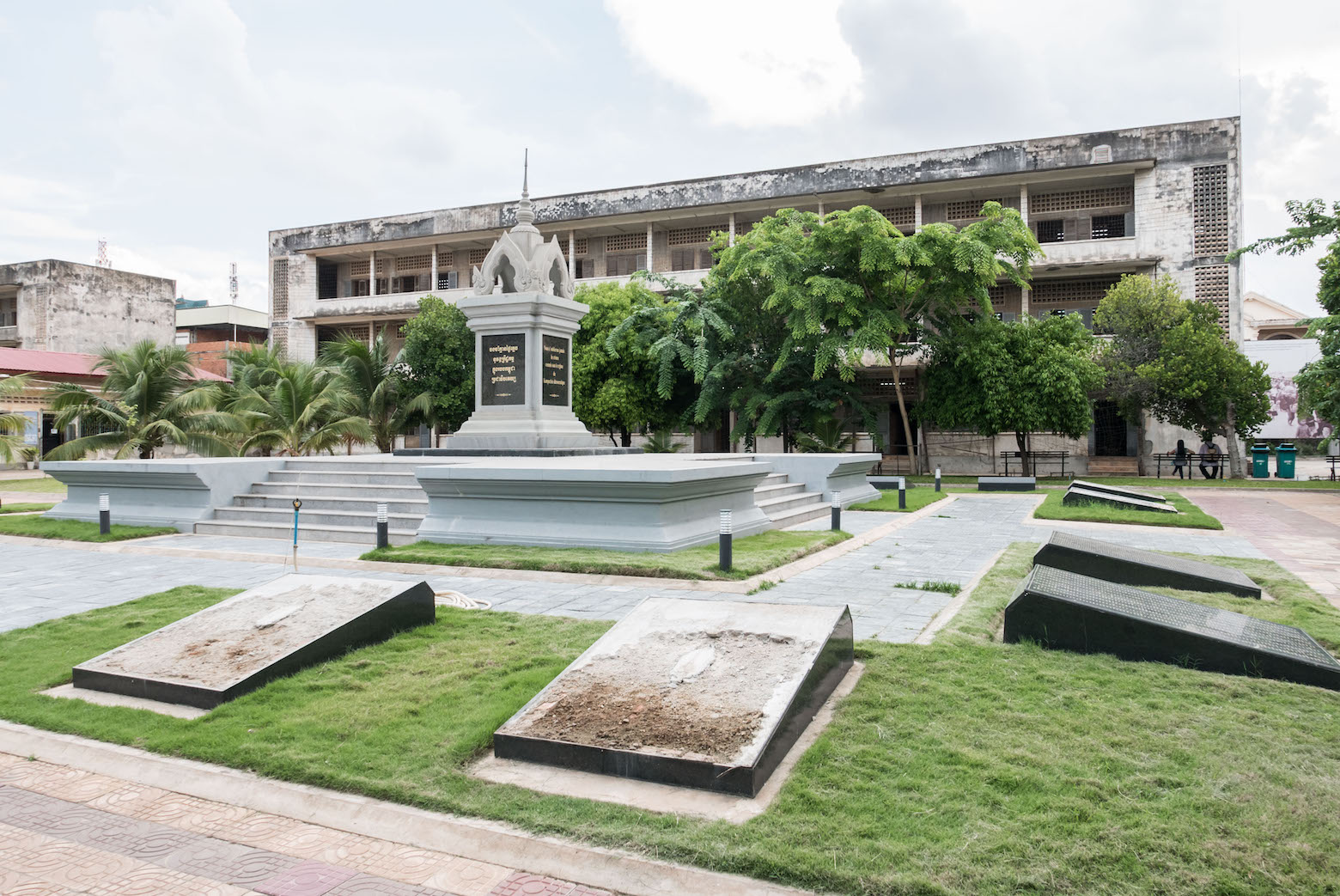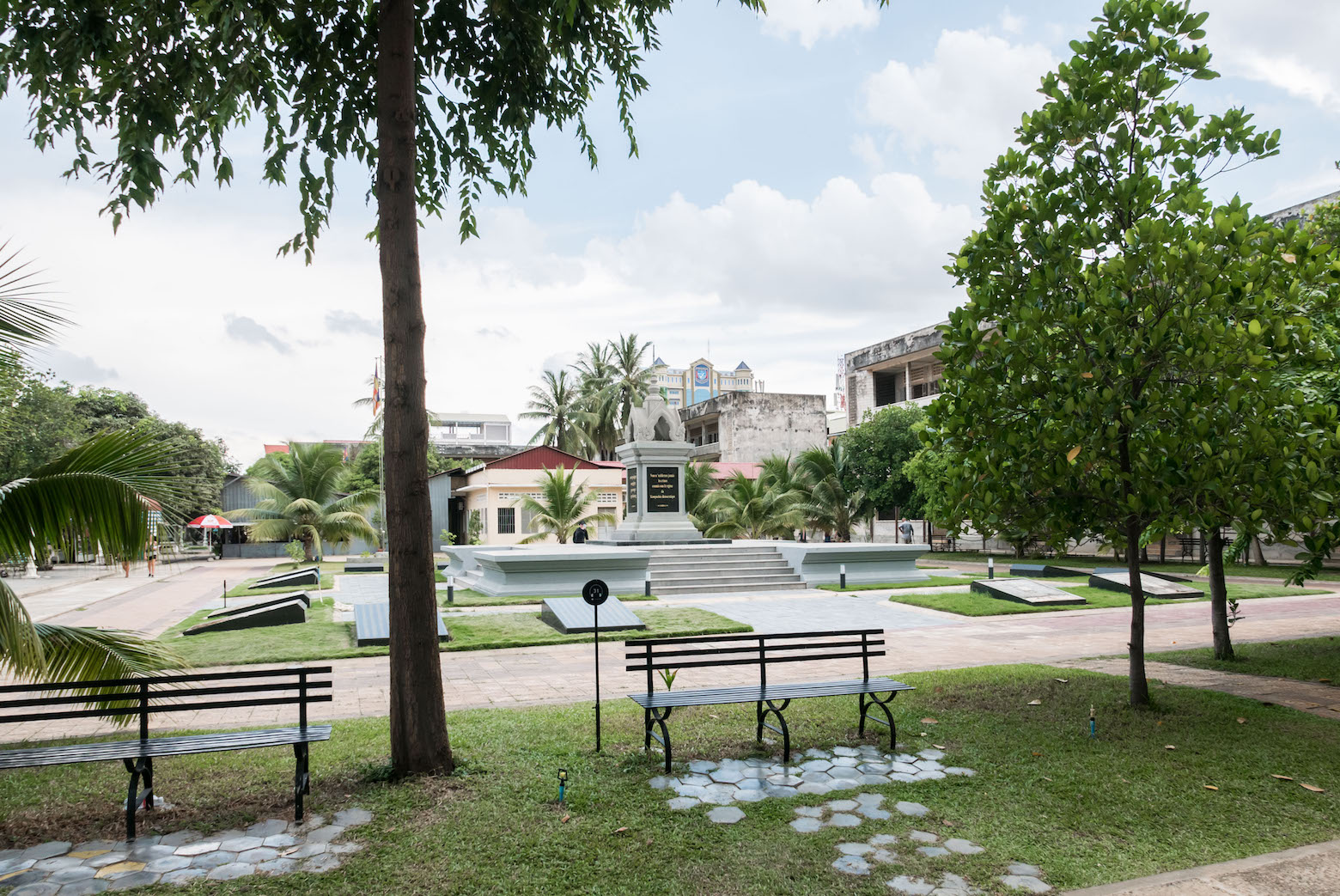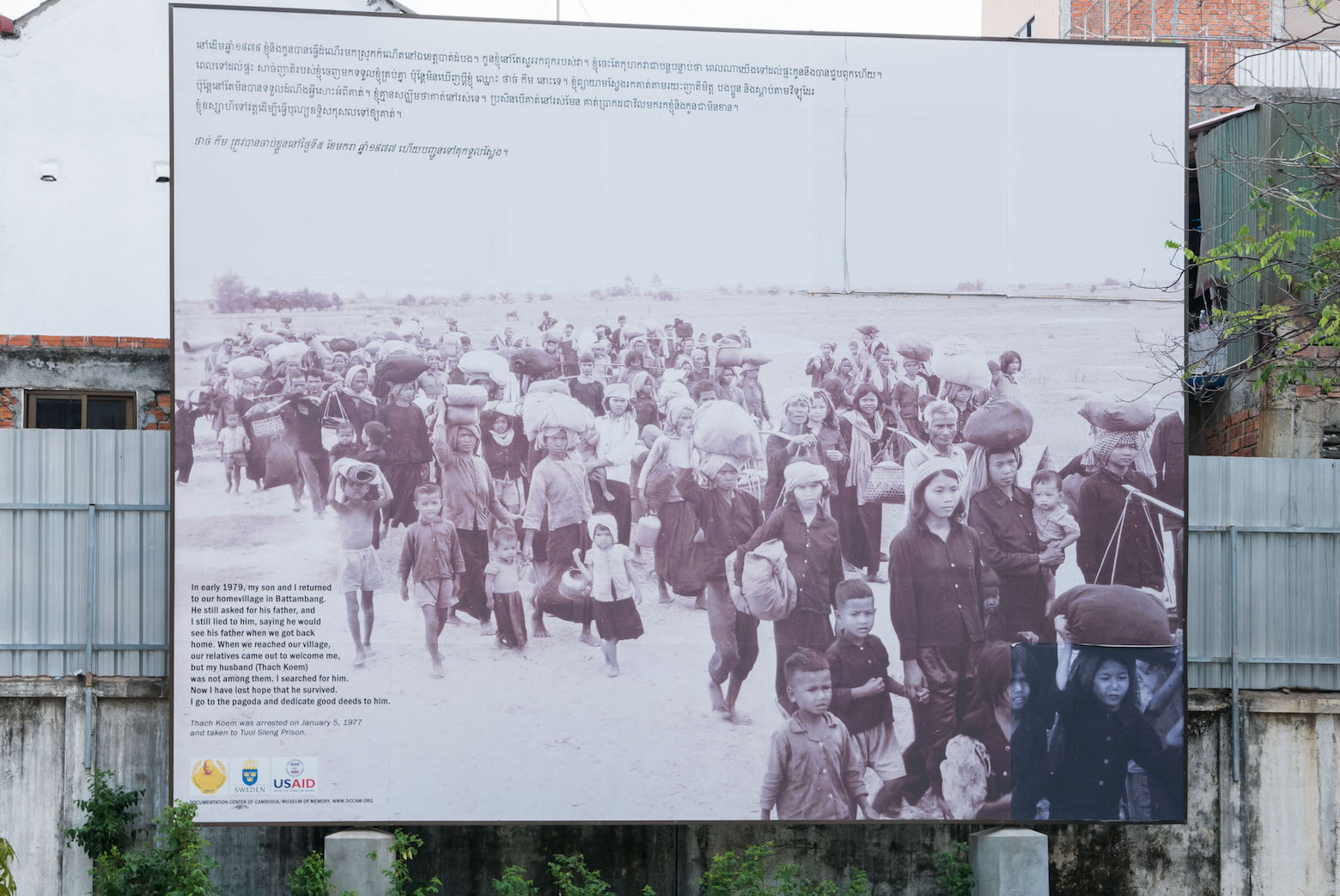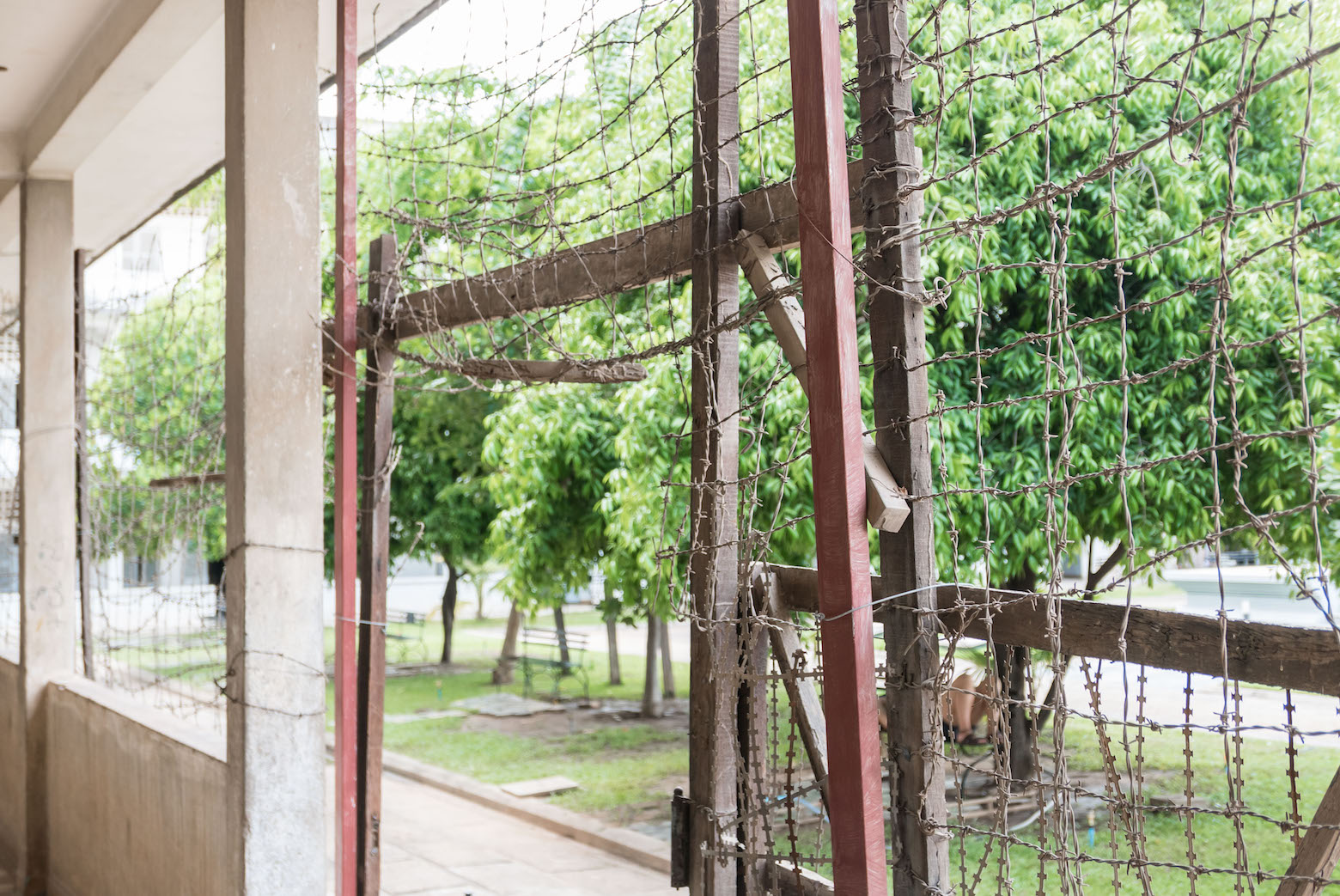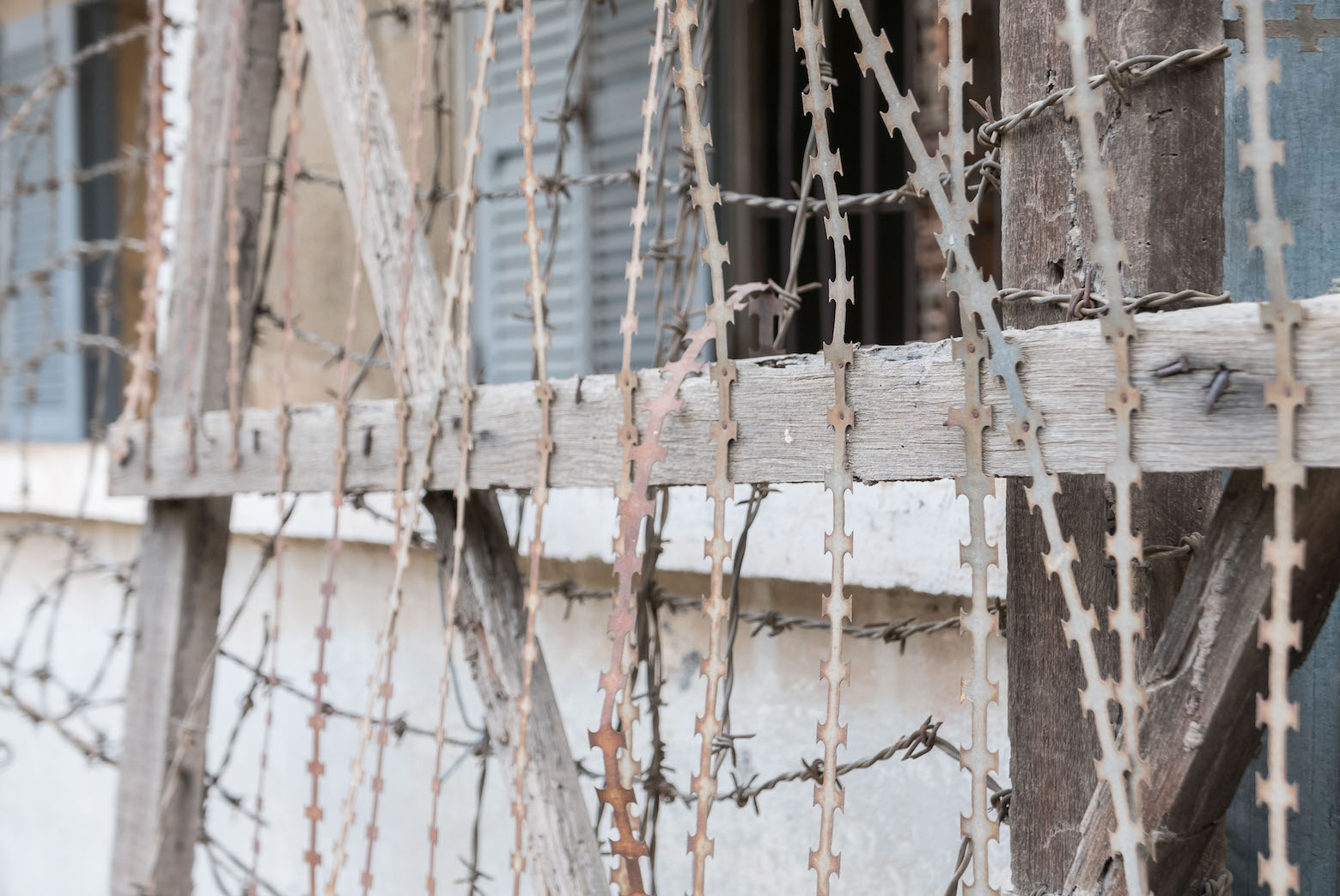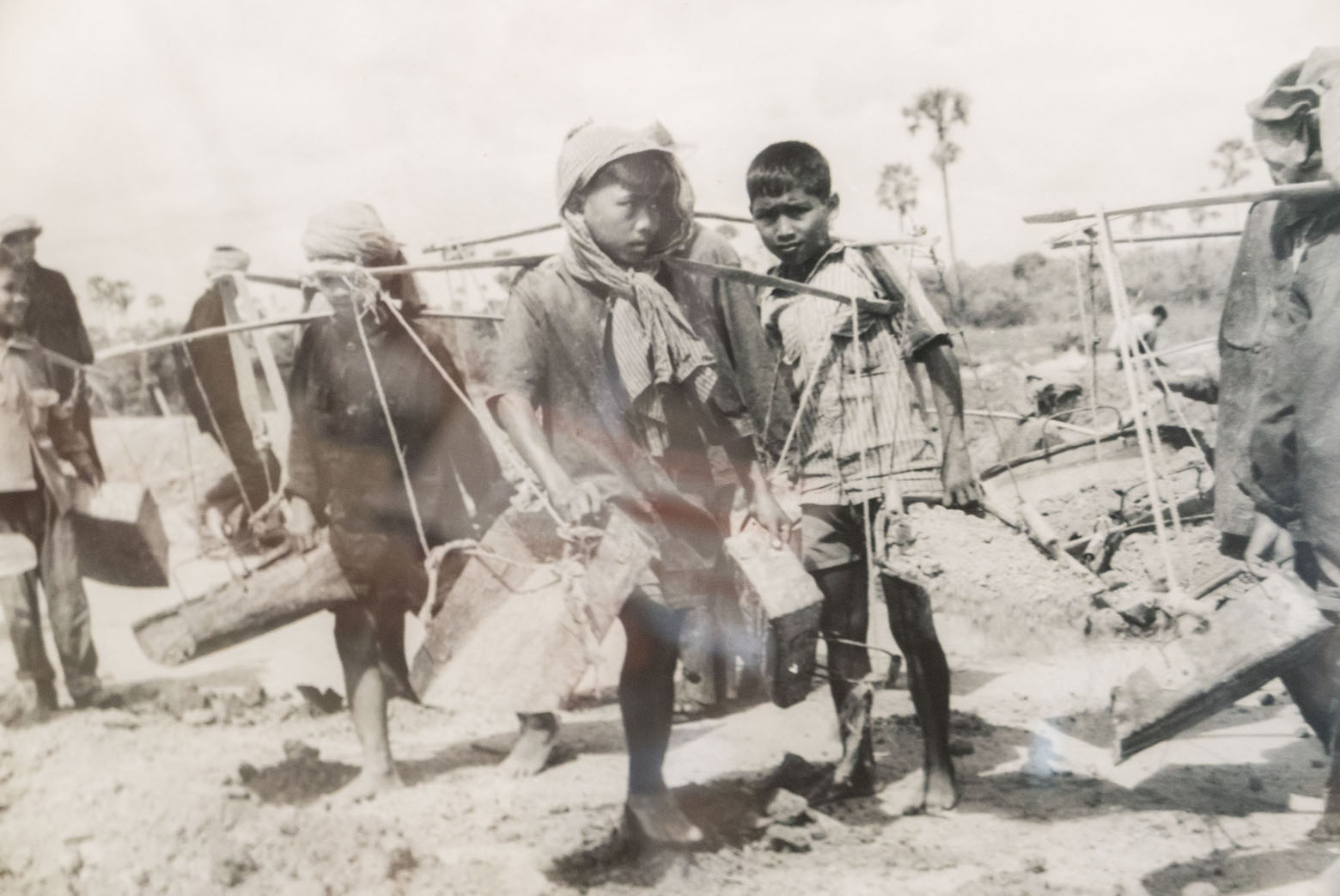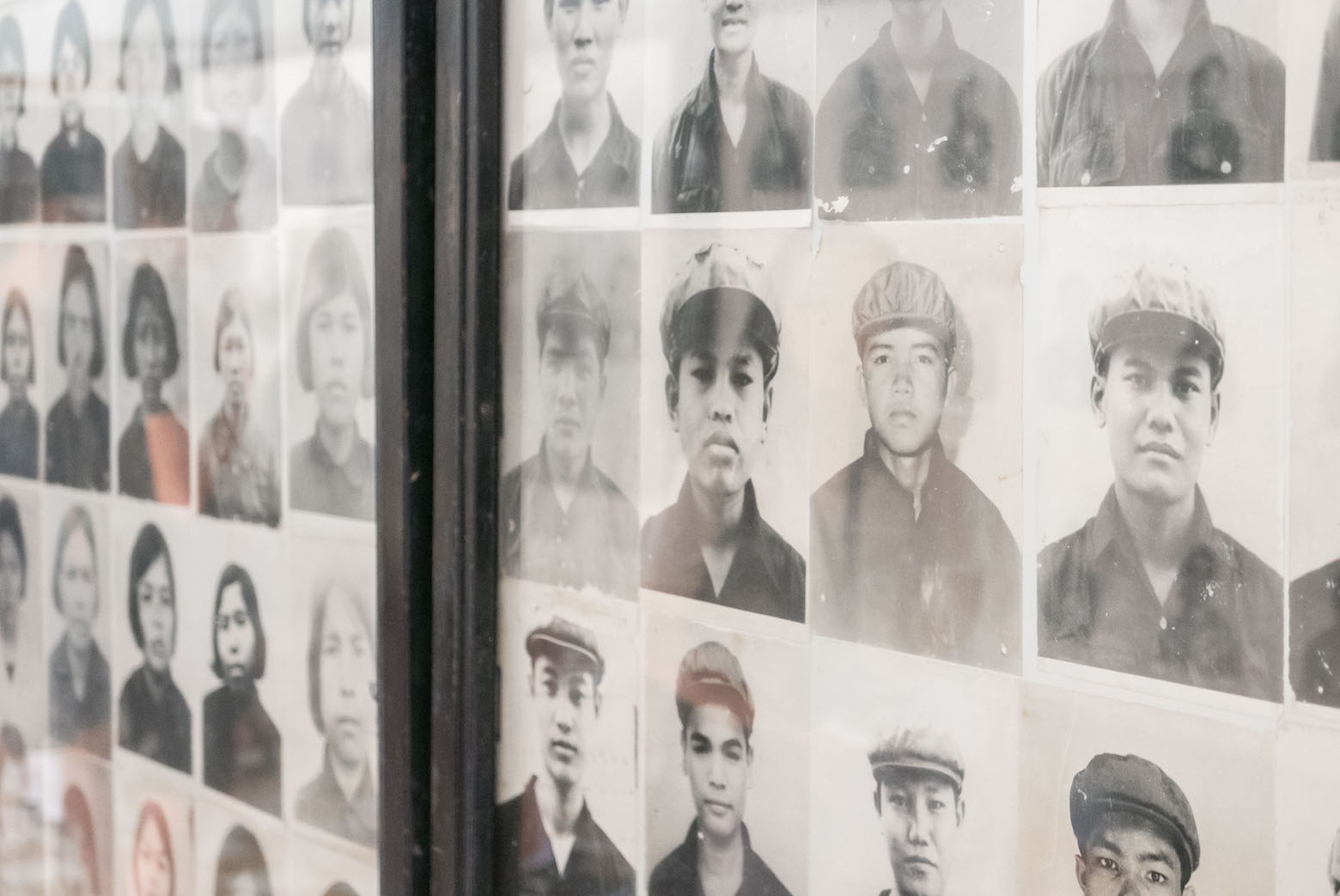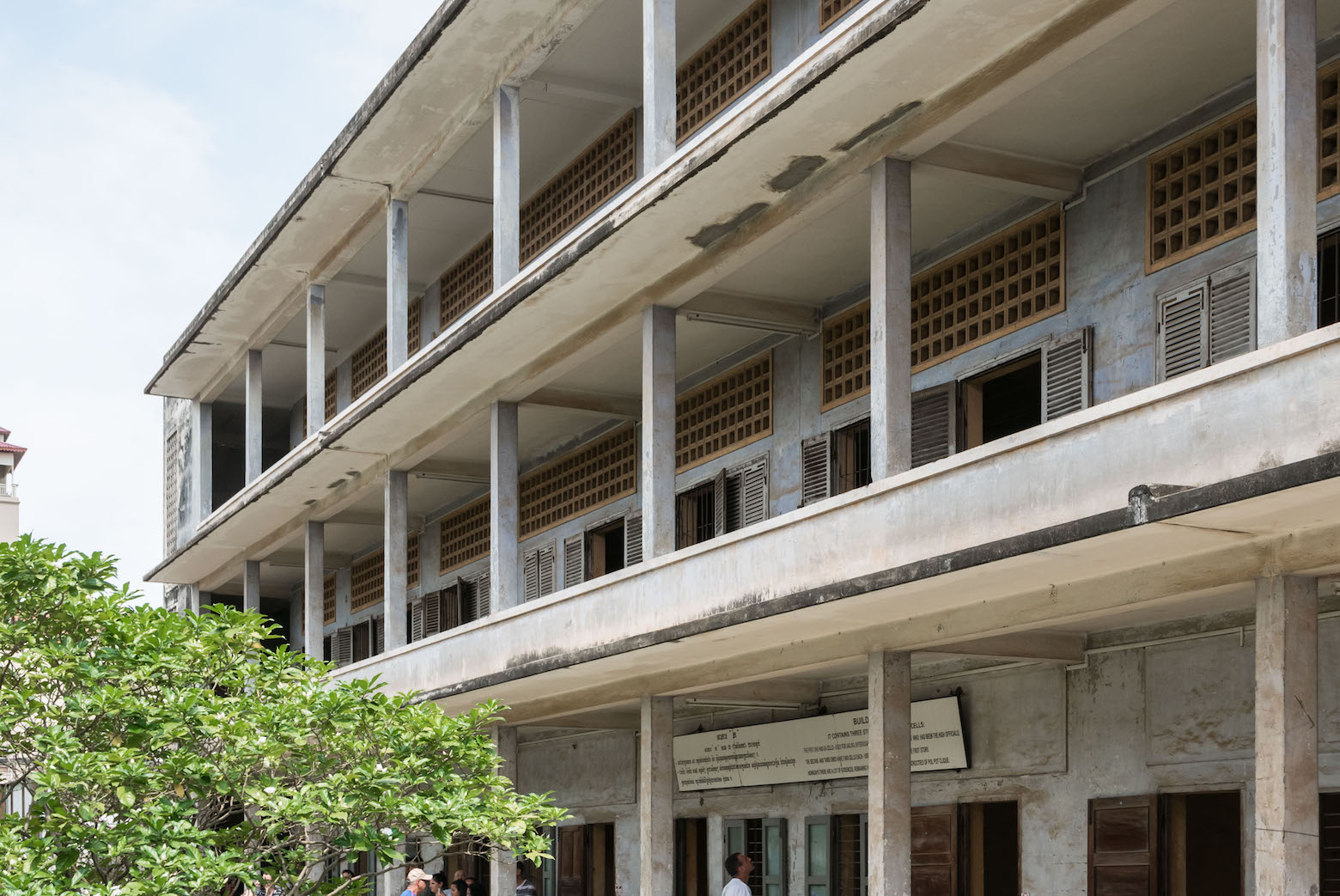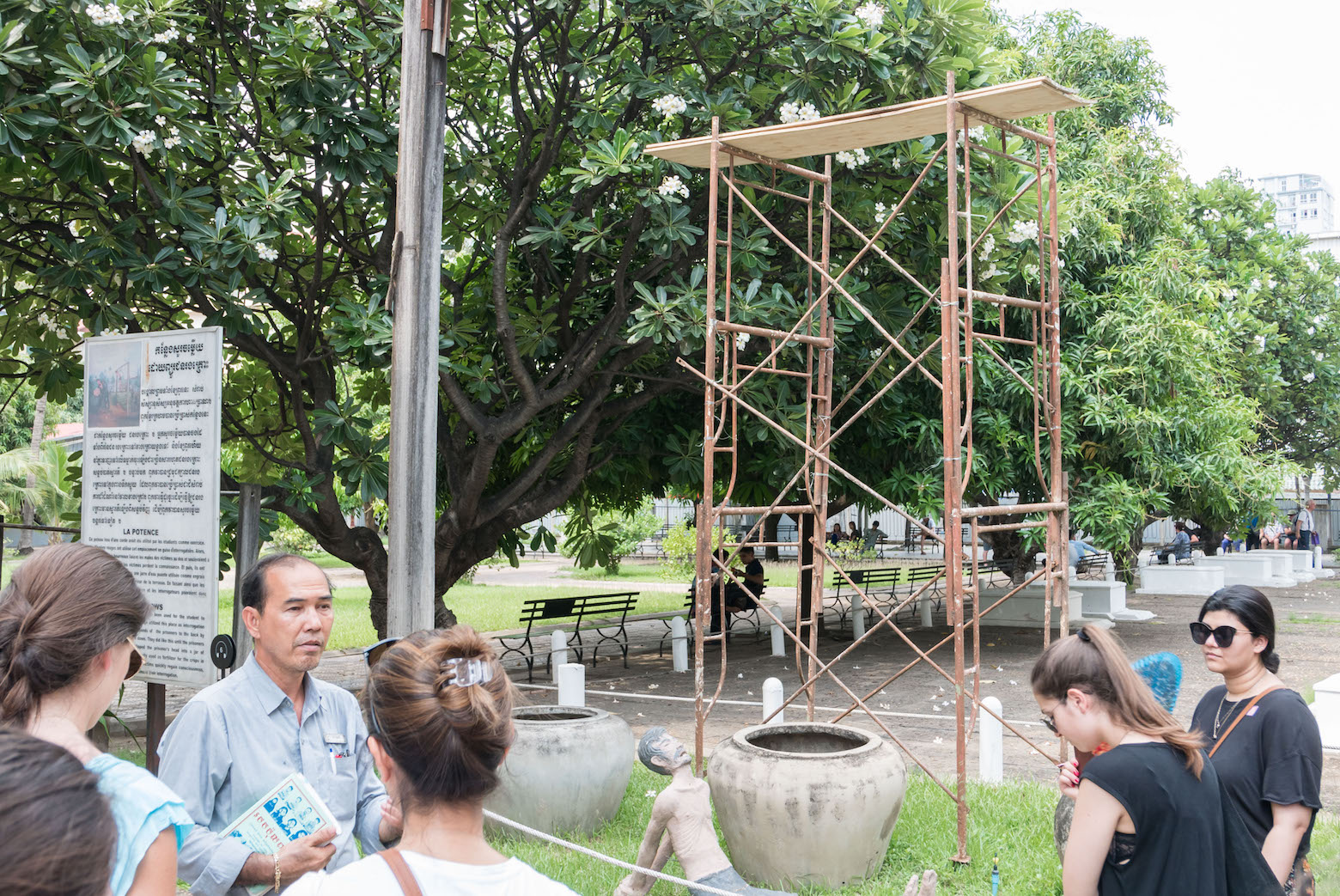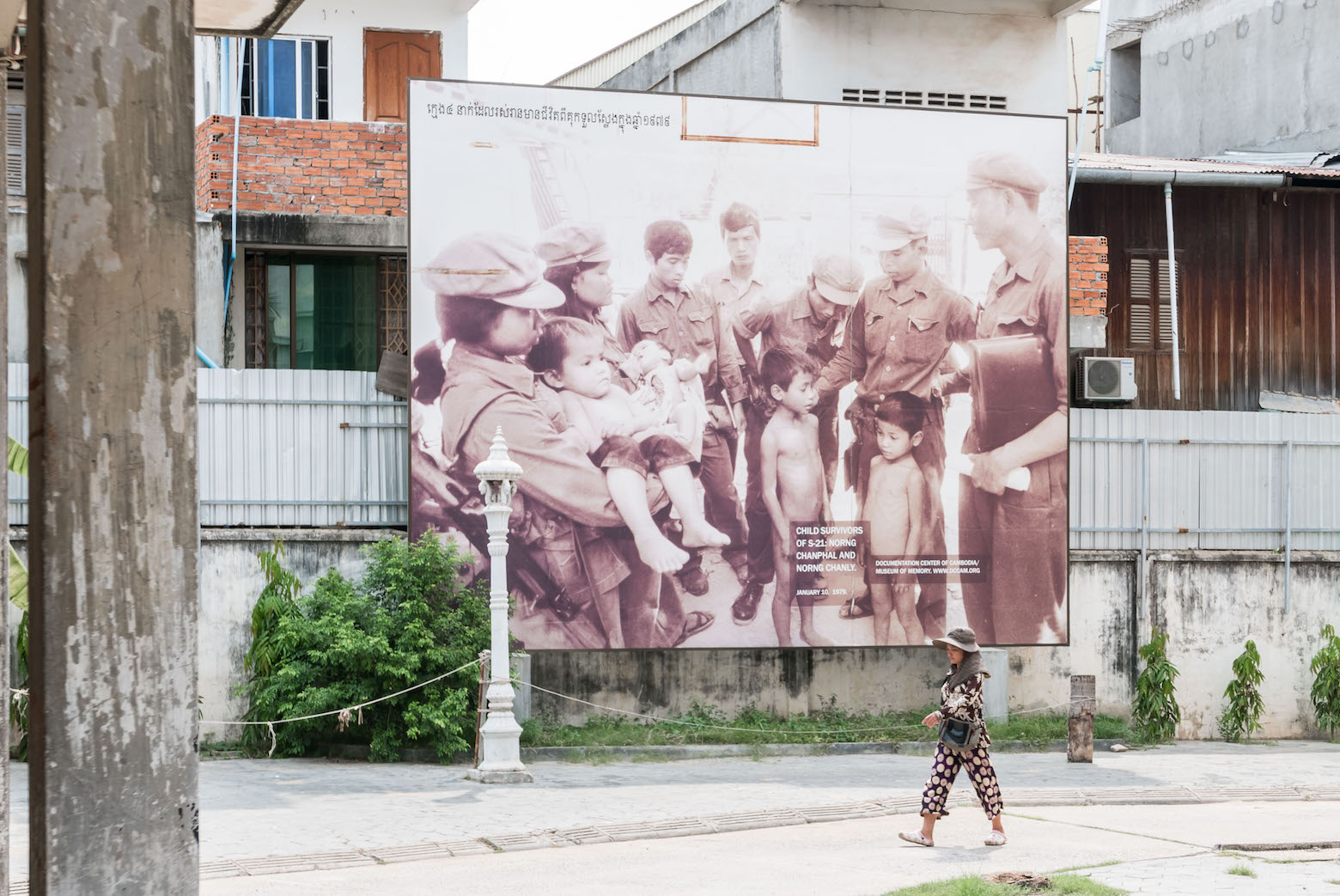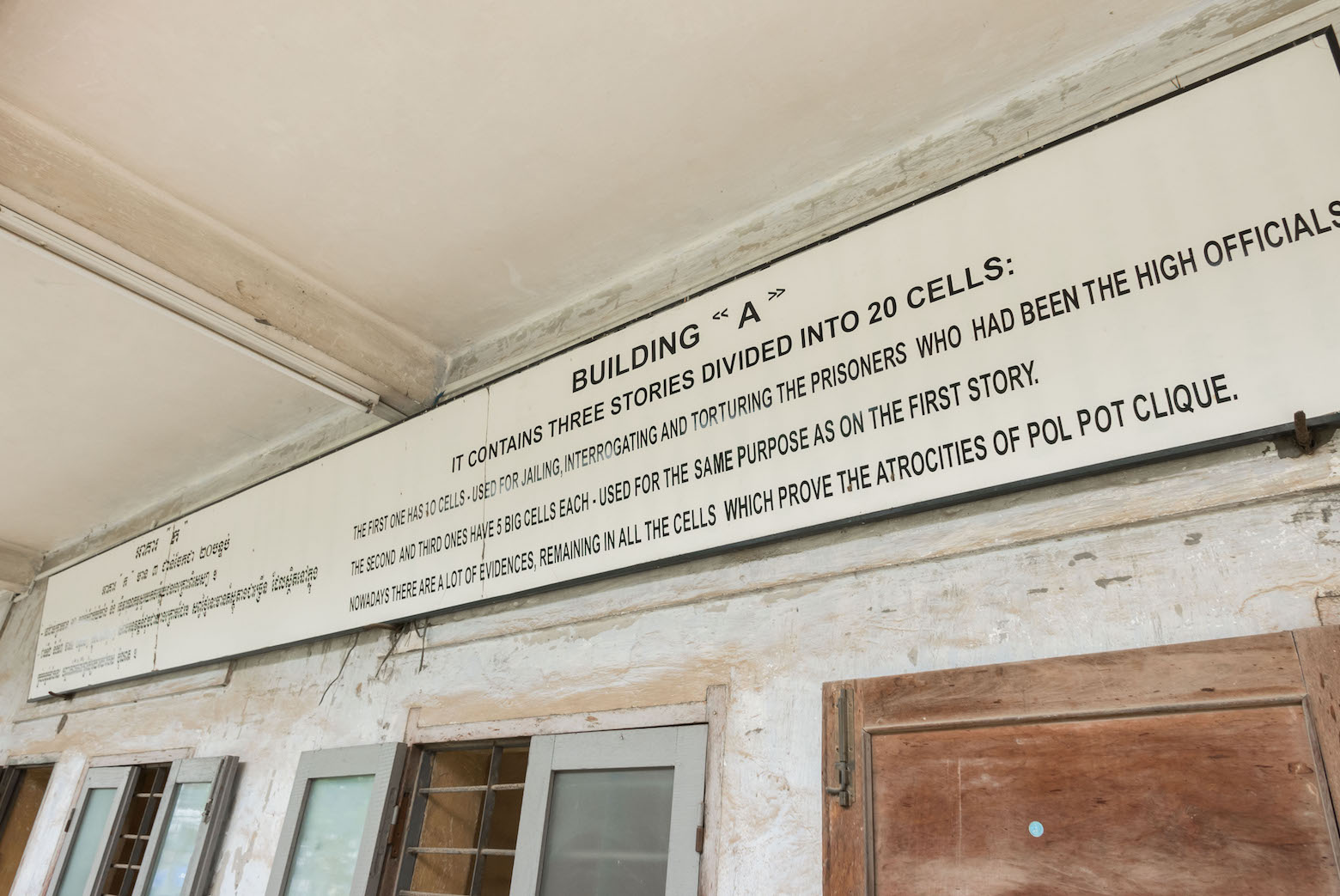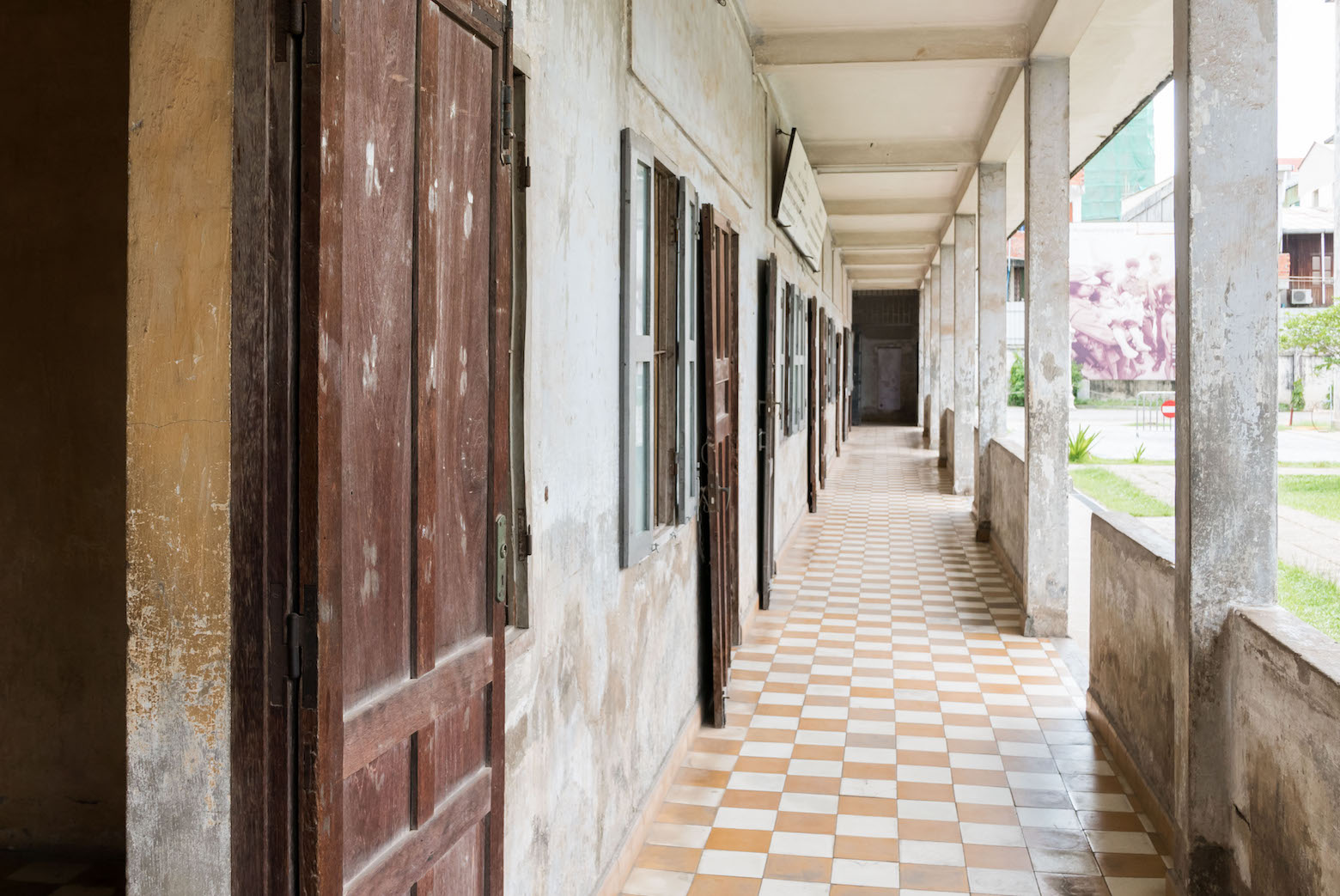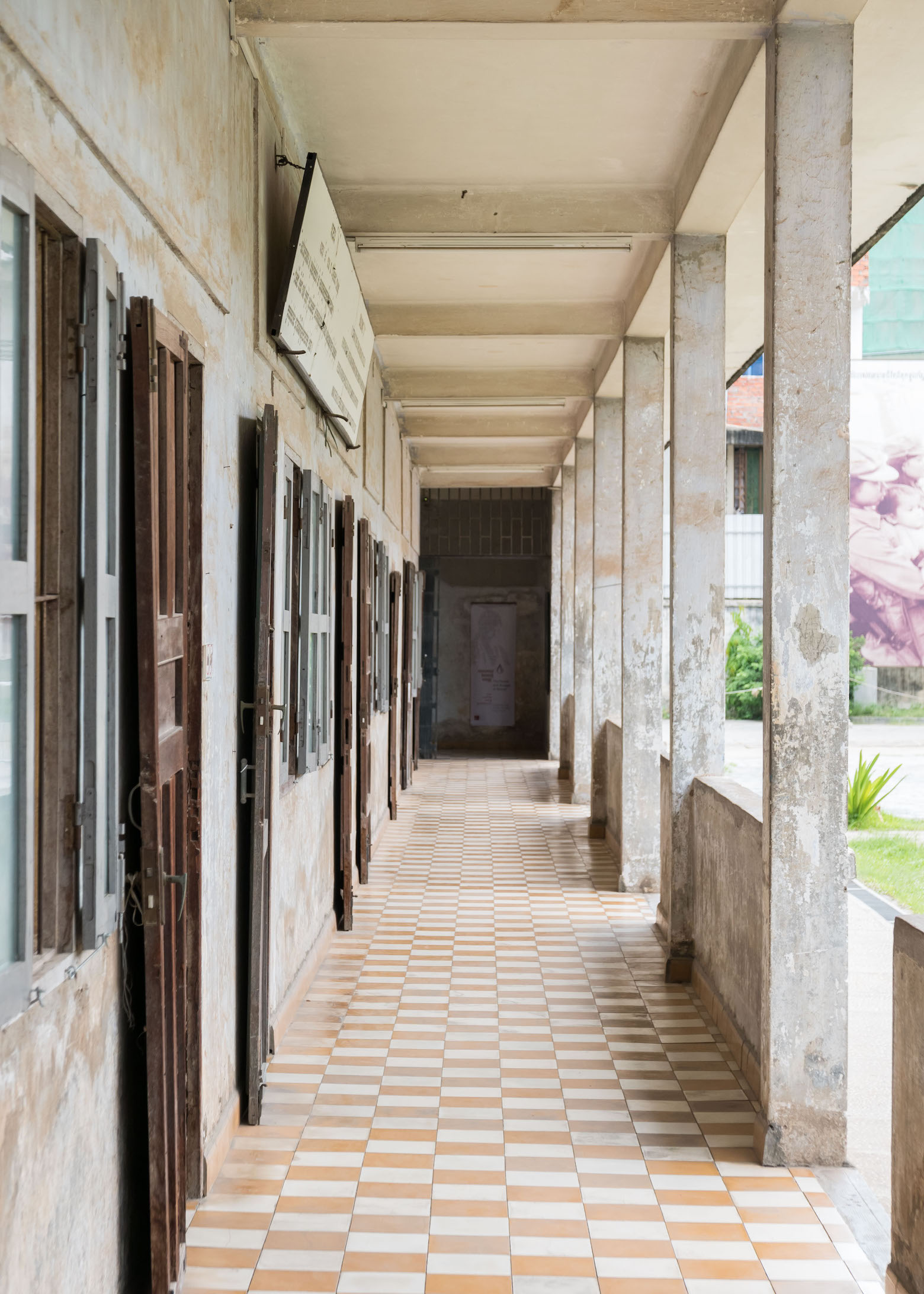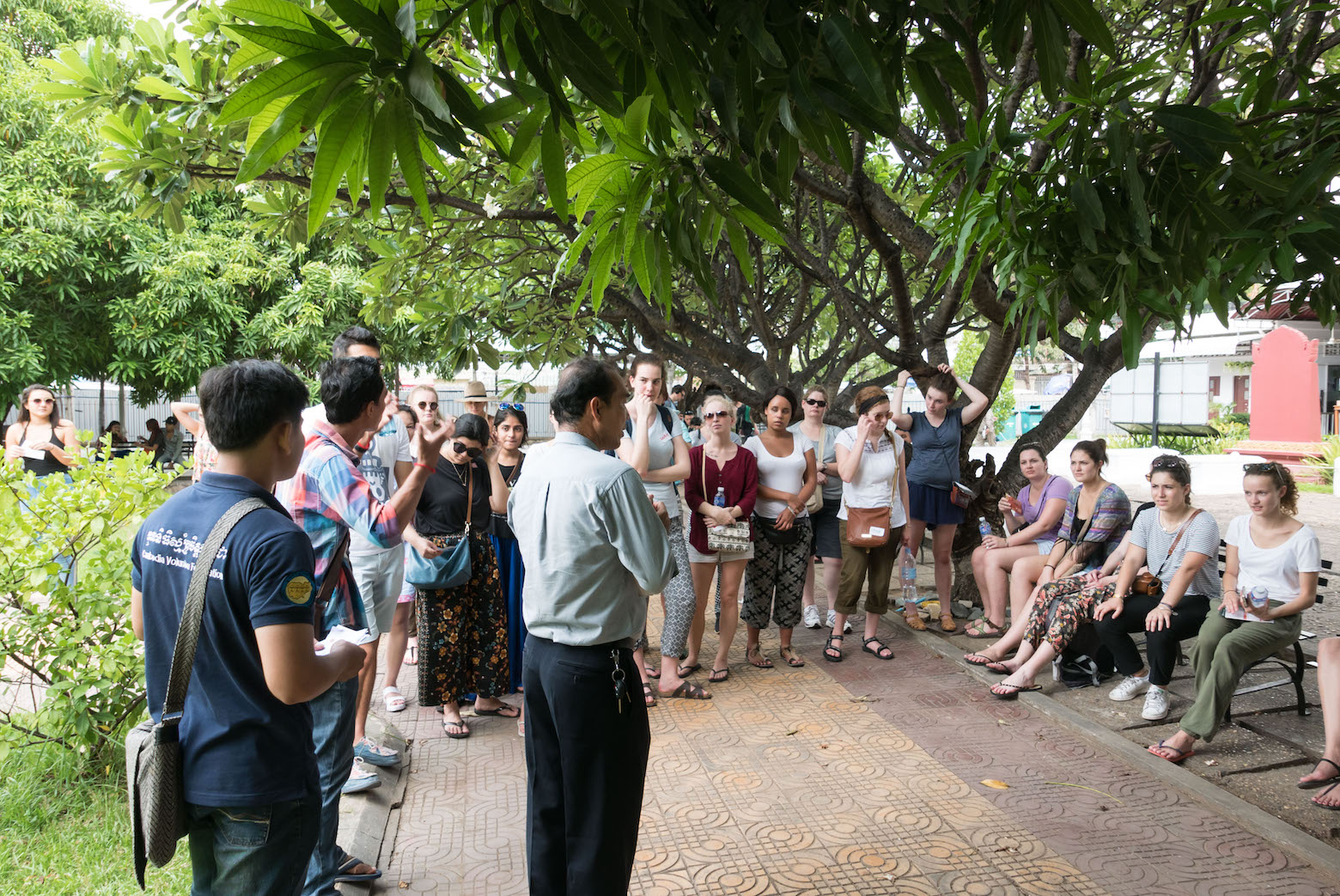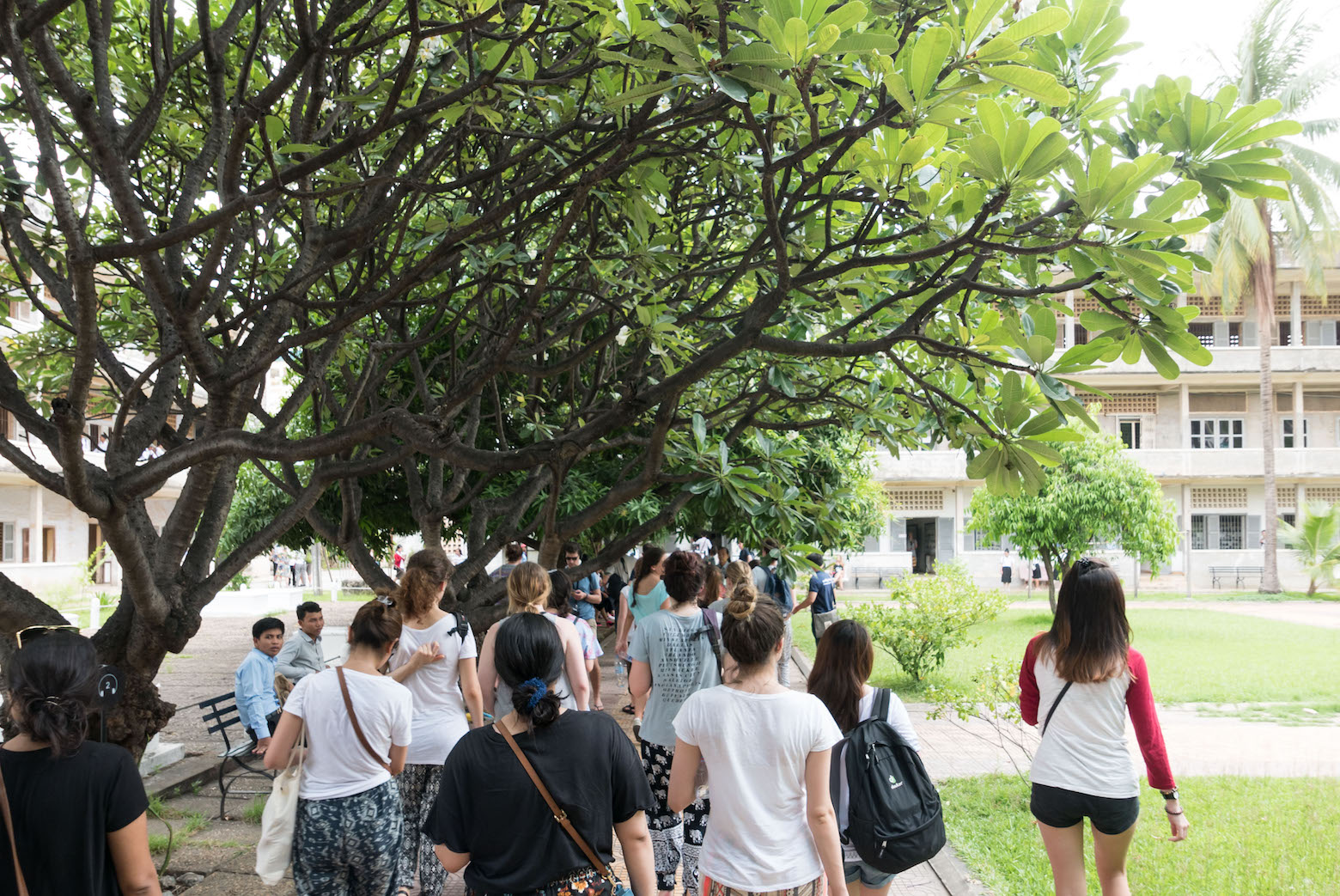The main reason we wanted to visit Cambodia was to see the renowned Angkor Wat and many of its other temples. We definitely saw Angkor Wat, so check that off the bucket list, but there are literally thousands of temples to check out in Angkor, Siem Reap. Thankfully, many temples are in close proximity to each other and we had a wonderful and knowledgeable guide that took us around. So even when we were there for only a weekend, we still saw several other amazing structures. Here are the temples and sites we explored during our visit.
Angkor Wat
There’s no doubt that Angkor Wat is the biggest attraction, literally and figuratively, out of all the temples in Cambodia. It’s actually the largest religious monument in the world! The temple is enclosed by a wall measuring 2.2 miles long and surrounded by a moat.
Inside the wall is a long path that goes straight to the temple. Off the path, on each side are lily ponds for the famous picturesque reflection of Angkor Wat. We went early at 5 am to catch the sunrise and it was absolutely breathtaking! There were also loads of tourists also trying to take the same shot (something to expect during your visit), but after an hour the crowds mostly emptied and left us to explore the temple mostly to ourselves.
Bayon Temple
Known simply as “The Bayon,” this temple is well-recognized for having massive carved, smiling faces on top of its towers. There are stairs within the temple that will take you to the top level and let you come face-to-face with these giant stone faces. You can also climb one of the outer towers to really get a great semi-aerial view of the temple and its surroundings.
East Mebon
This temple used to be entirely surrounded by water and could only be accessible by boat. It stands on top of an island in what was once a baray (artificial body of water) that was used for irrigation. You can find many well-preserved, fine-detailed sculptures of elephants, lions, and mythical creatures and figures. The top also provides a great vantage point to see the temple layout and a perfect view to watch the sunset.
Ta Nei
Off the beaten path, Ta Nai is a semi-ruined temple hidden in the tall trees of the jungles. Because of its isolated nature, very few tourists are seen venturing here, so it’s very peaceful and you can explore without being interrupted. The inner part of the temple has largely collapsed with some parts being supported by wood planks. Still, there are still plenty of carvings with intricate details to see and is worth the visit, especially if you want to get away from the crowds.
Ta Prohm
Ta Prohm is distinctly recognized for its large trees and roots growing within the temple. You can see the long thick roots slowly morphing and engulfing parts of the temple over hundreds of years of growth. The temple is also famous for being the location for the film “Lana Croft: Tomb Raider,” but despite its Hollywood exposure, it still feels very hidden and secluded with the trees covering the ruins.
Angkor Thom South Gate
There are five gates that gave access to Angkor Thom (which means “The Great City”). The south gate is distinguishable from the others for having stone statues on both sides of the road leading up to the gate.
Angkor Thom East (Death) Gate
You can climb up from the side to get a closer look at the gate and walk along the wall that surrounds the city.
There are also other smaller or lesser known temples and structures all over Angkor. Many of them are in ruins but can still be explored at your own leisure.
If you need some tips for getting around, you can read our article for different methods to see the temples and check out our video below. Let us know what your favorite temples were and where else you would recommend.

